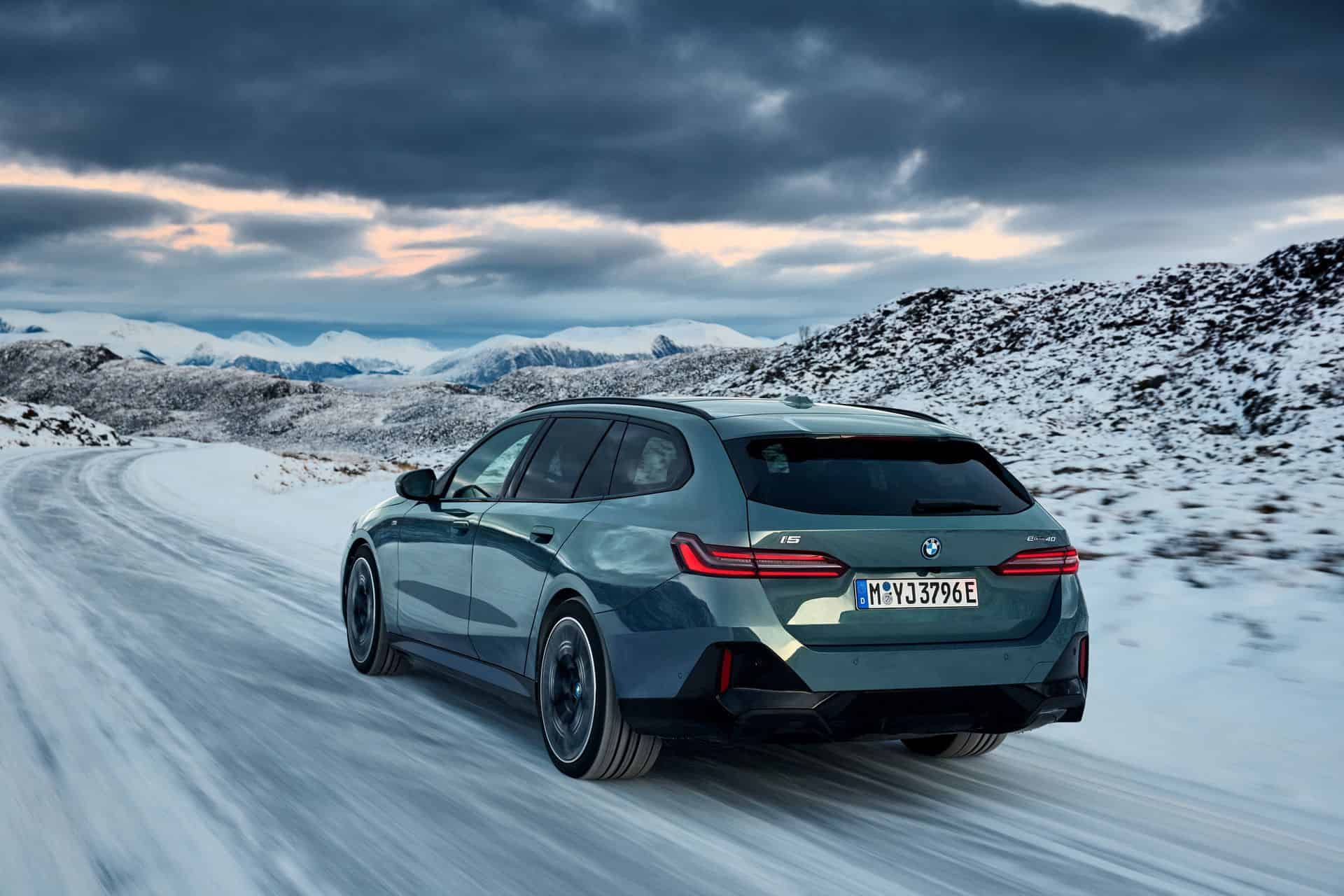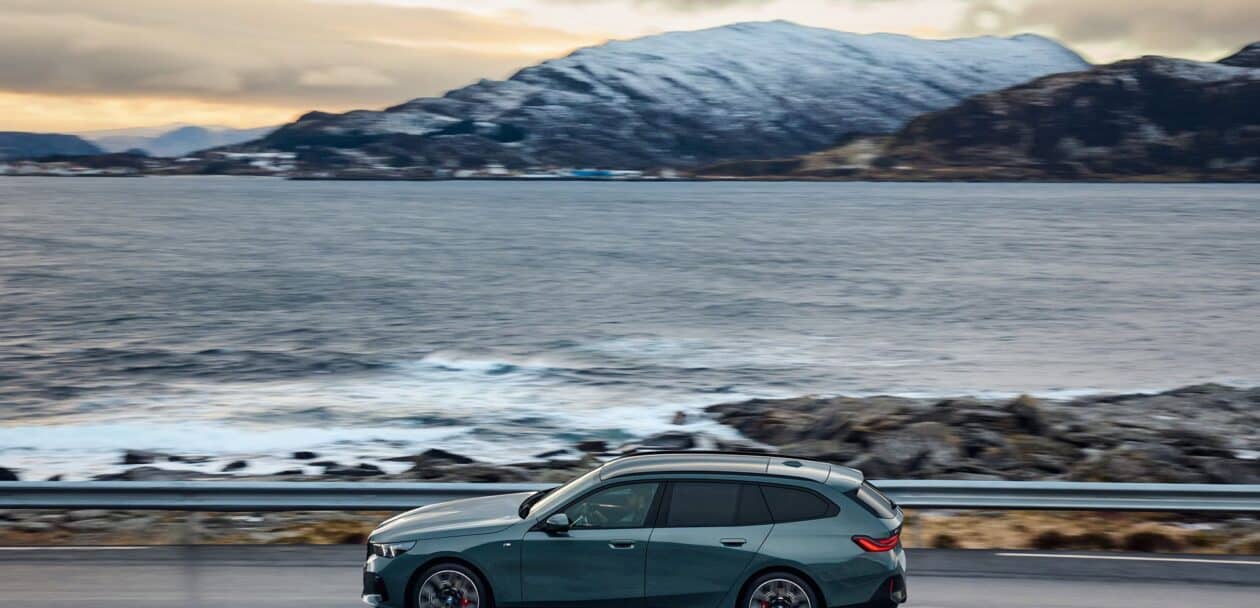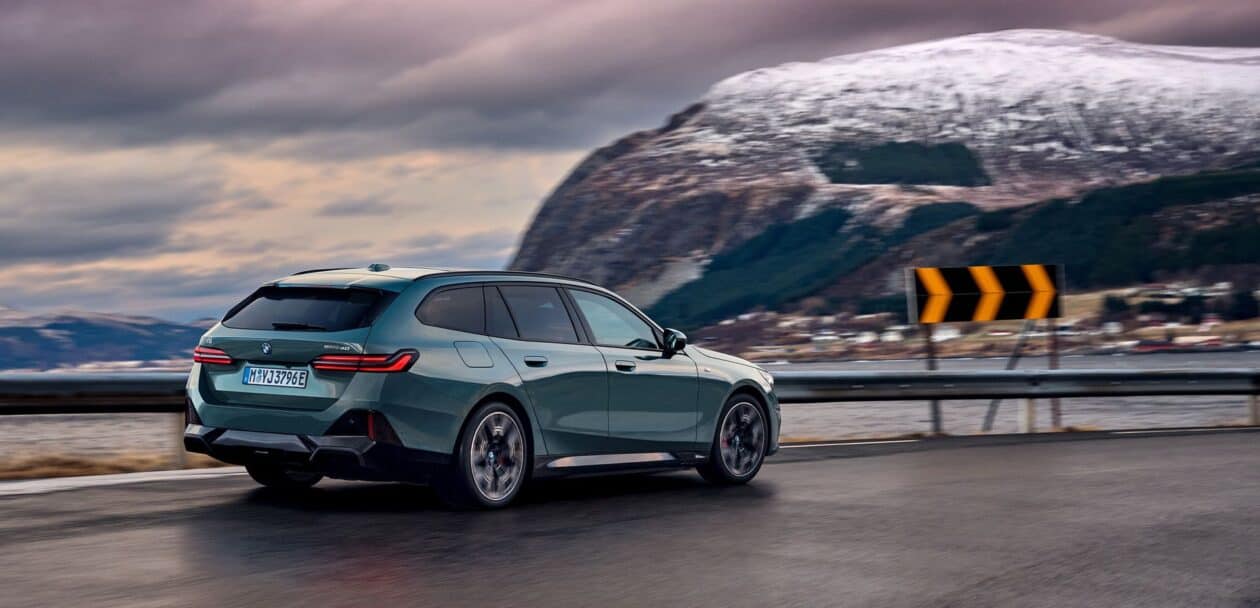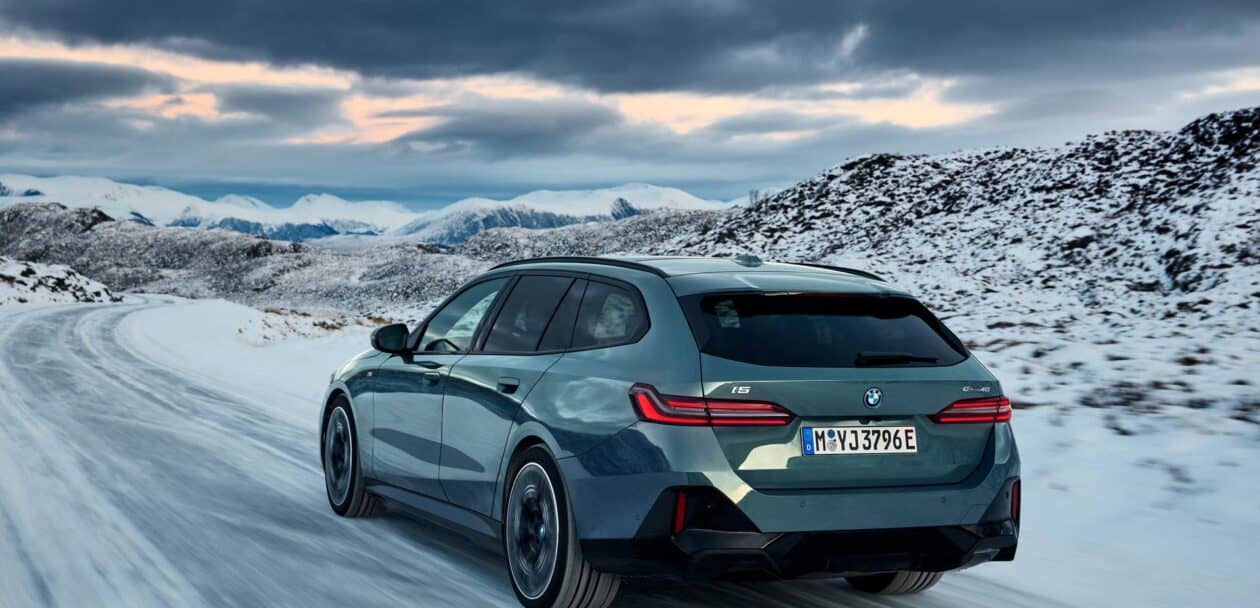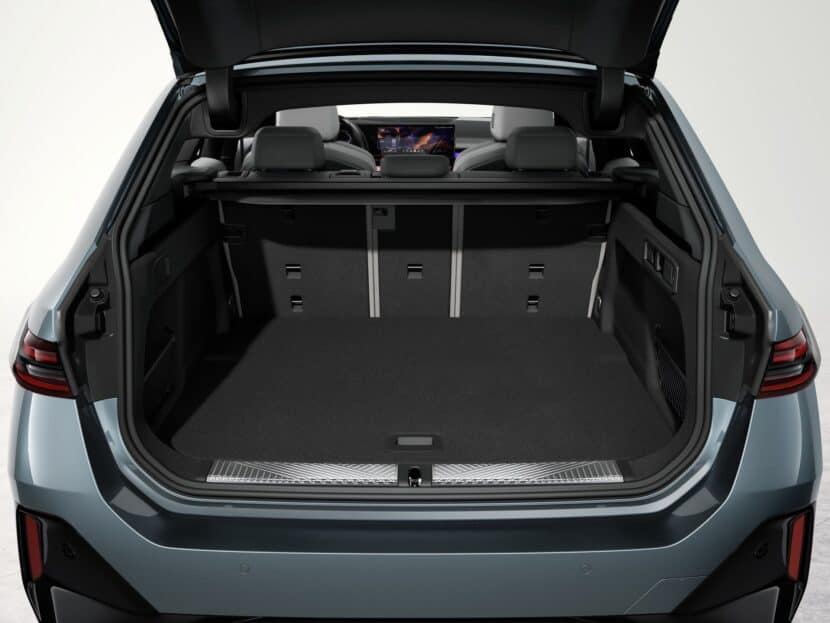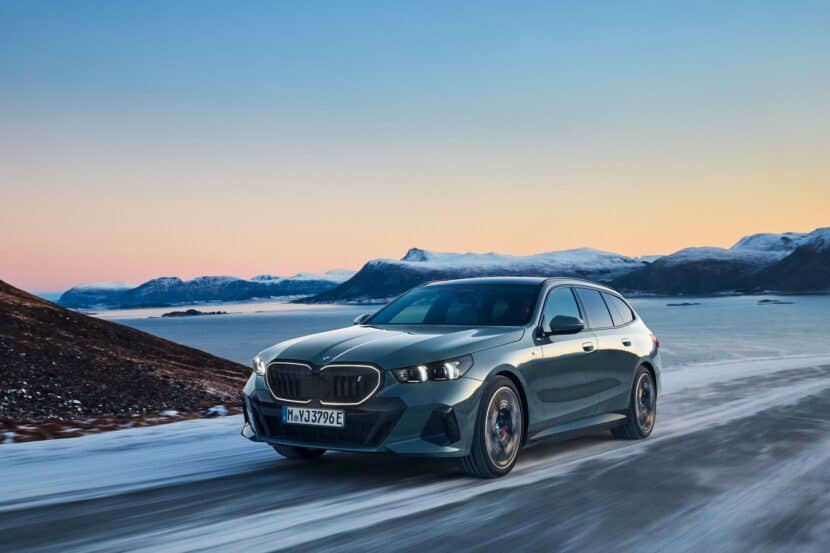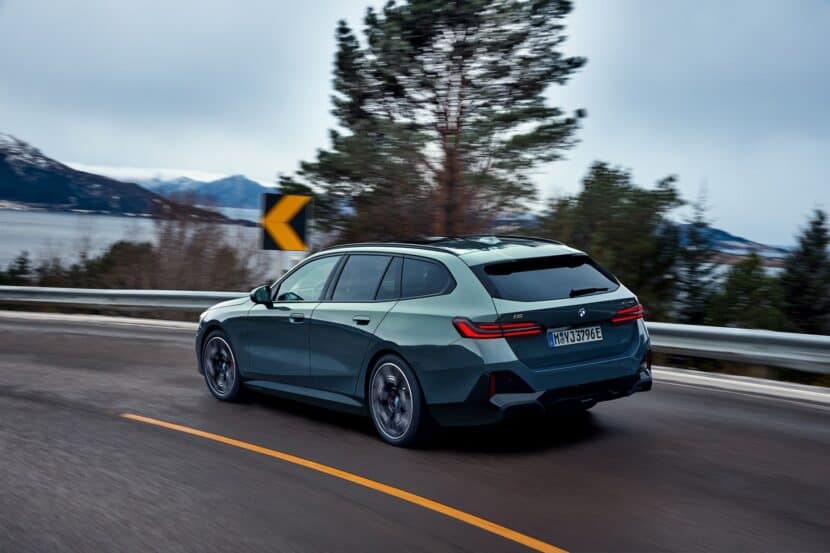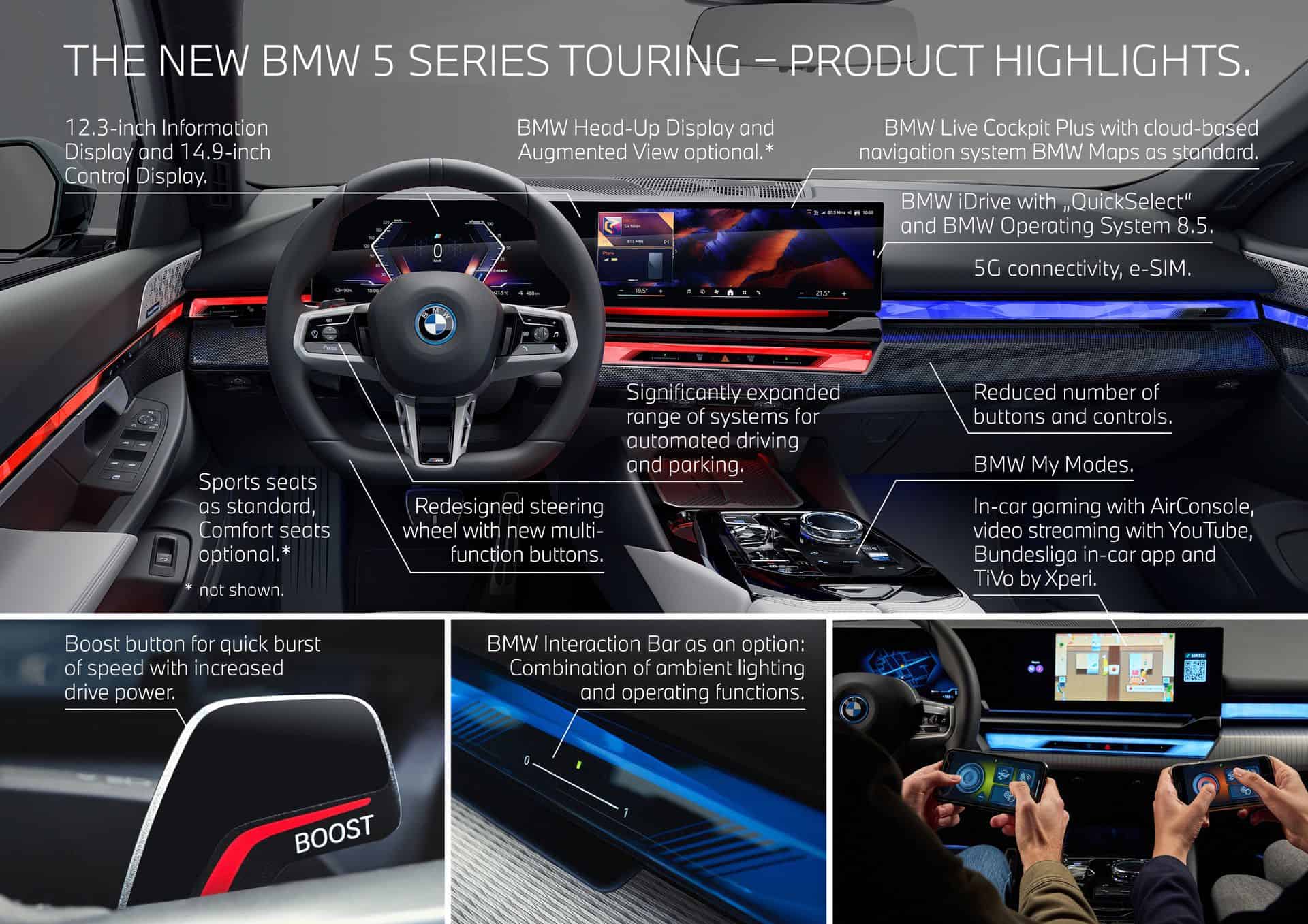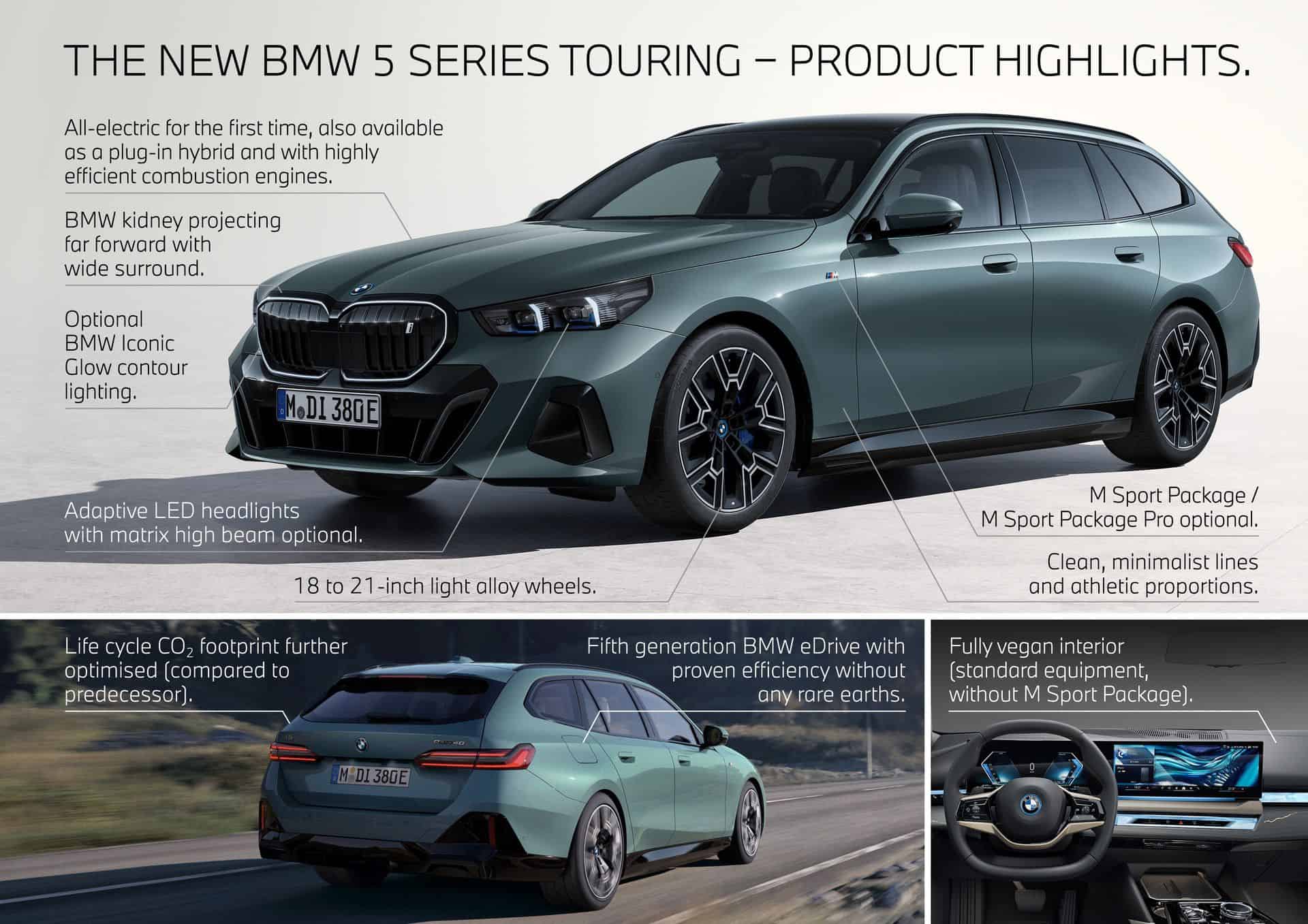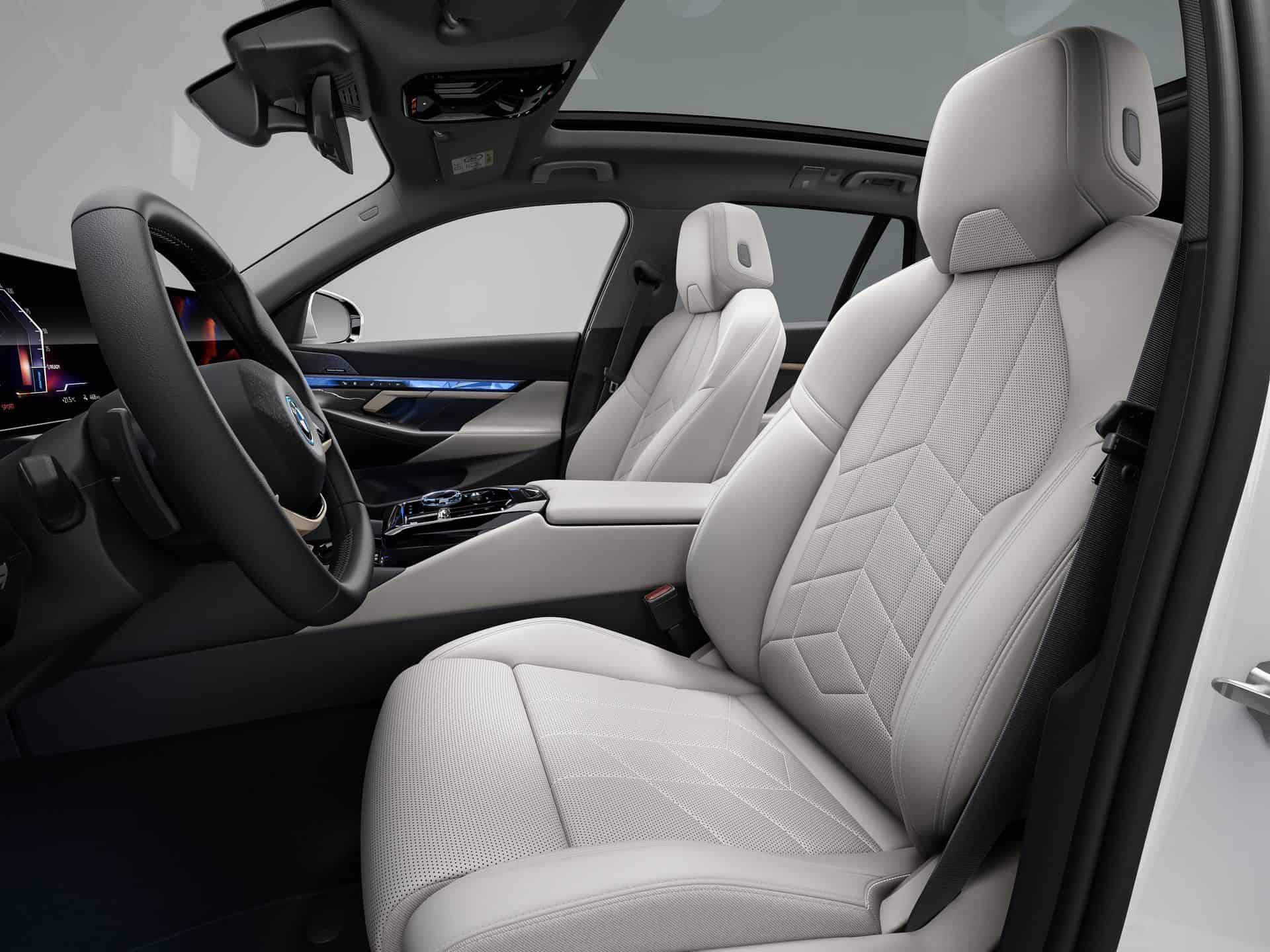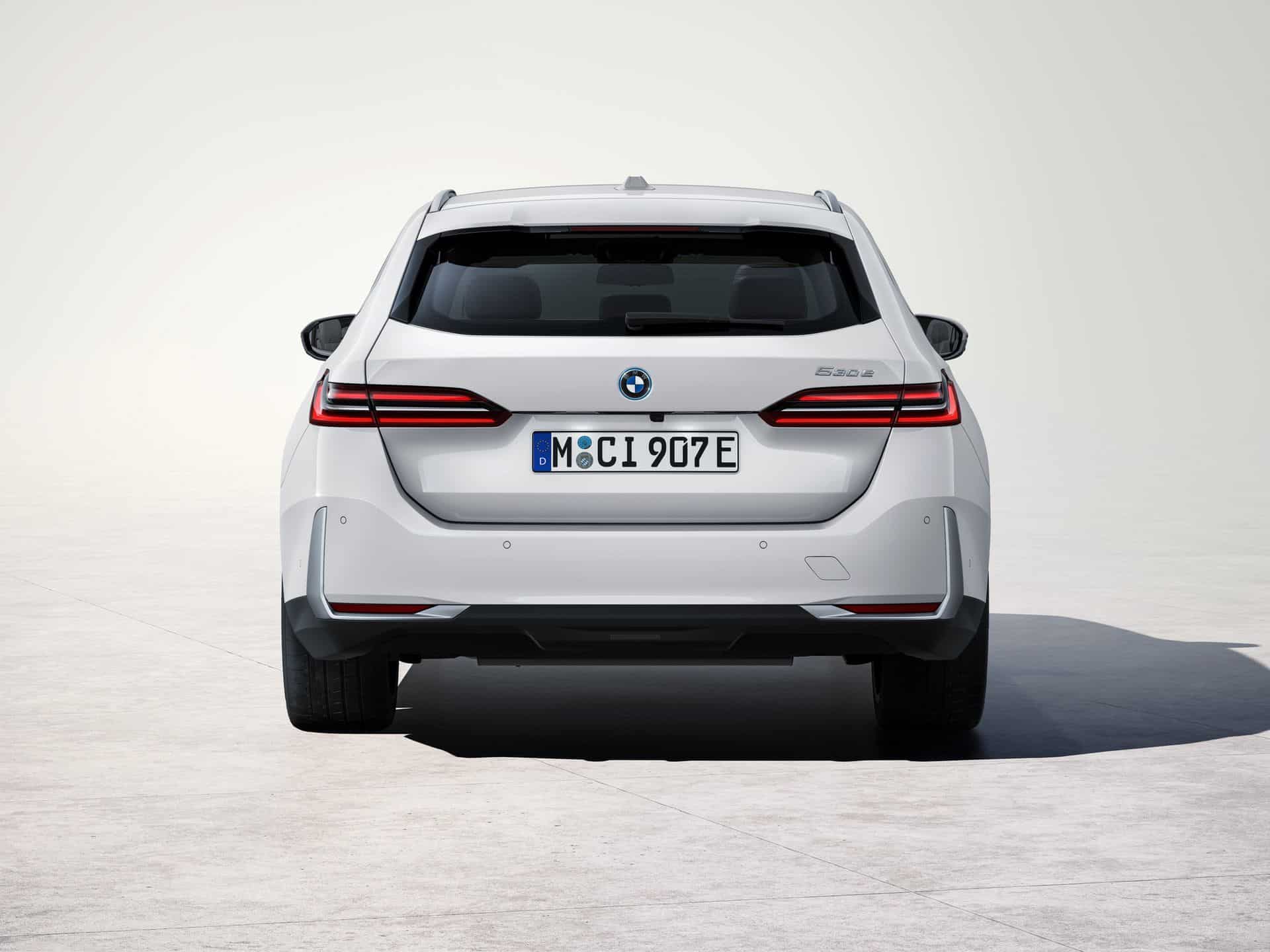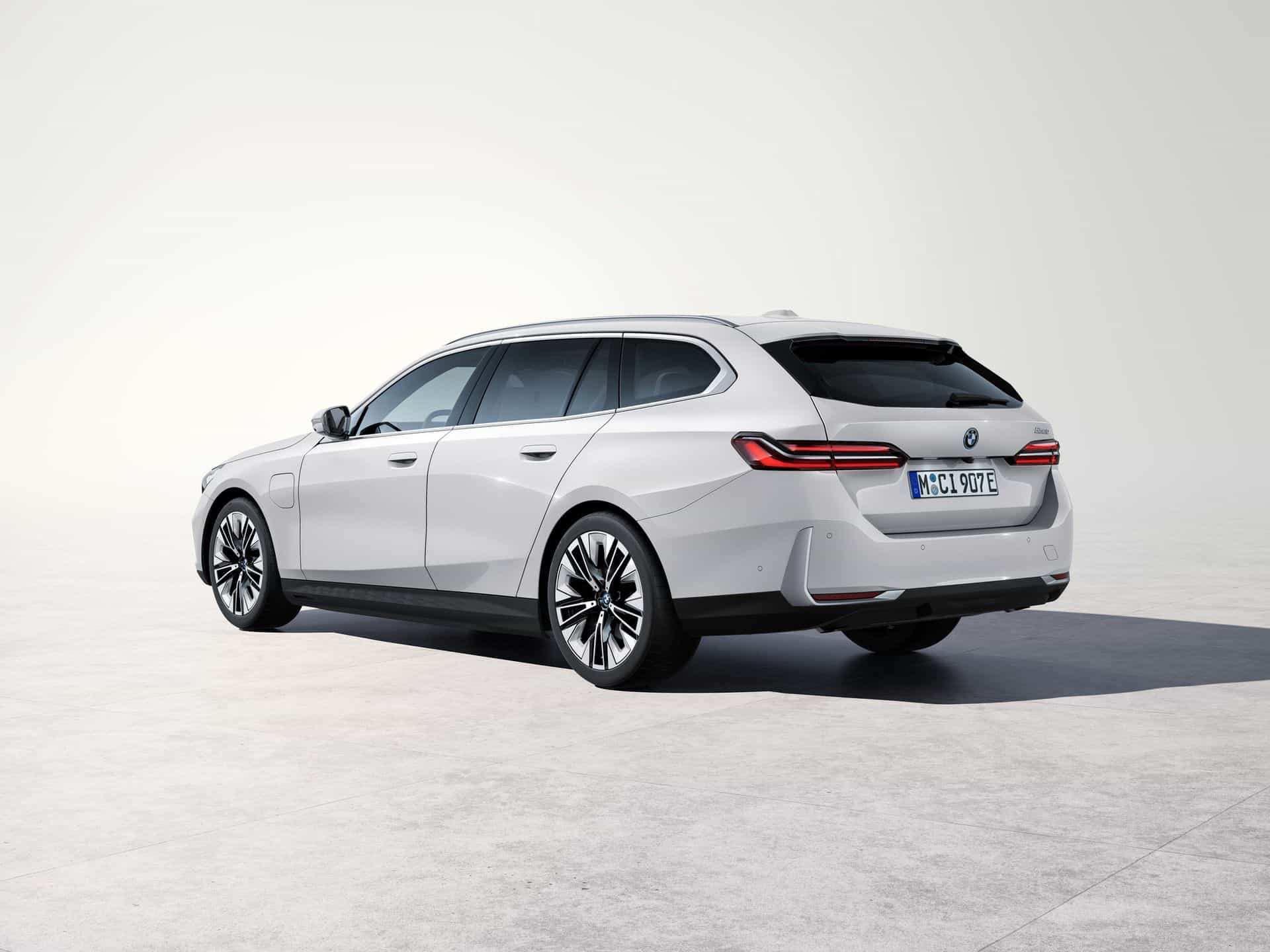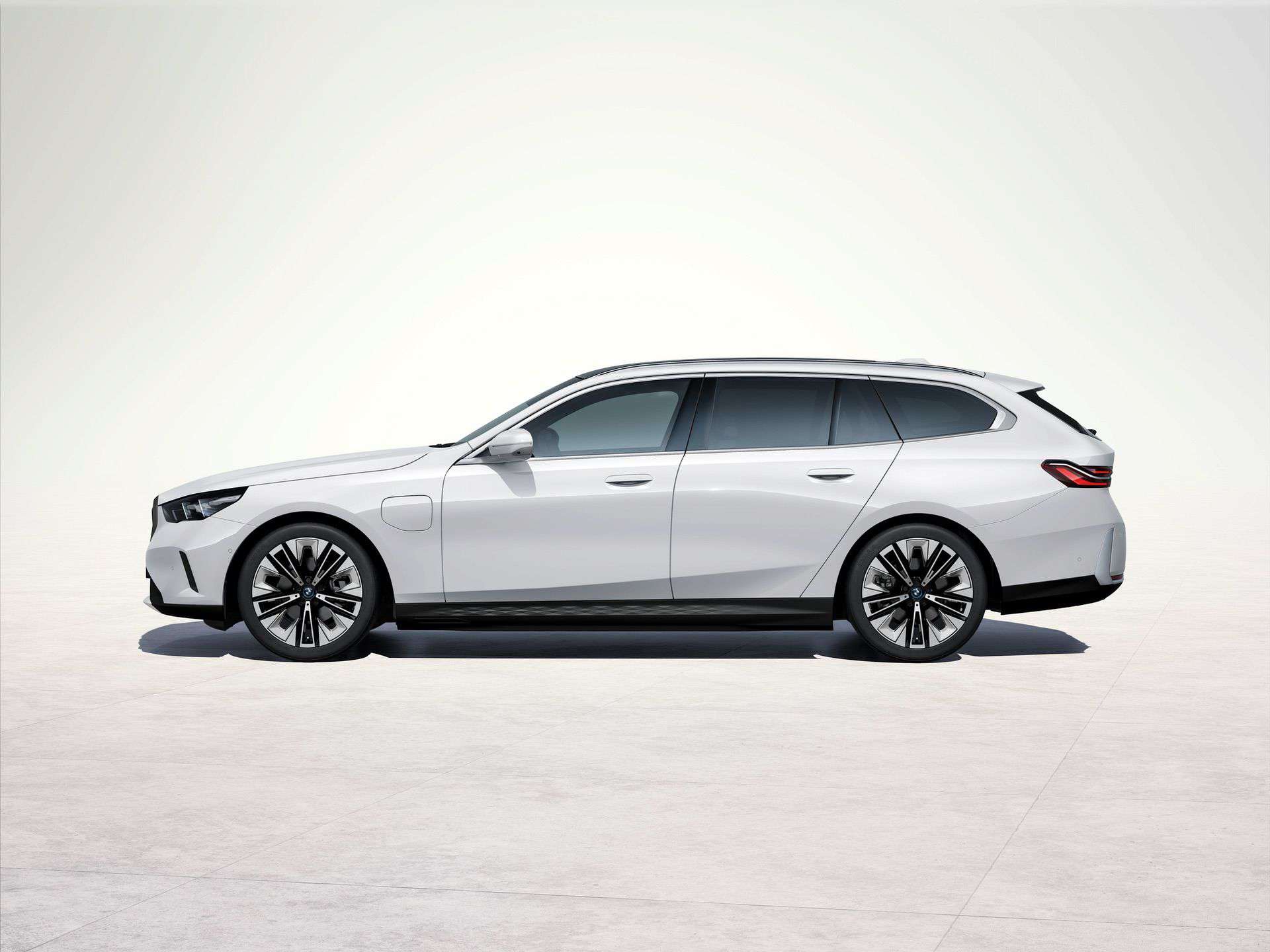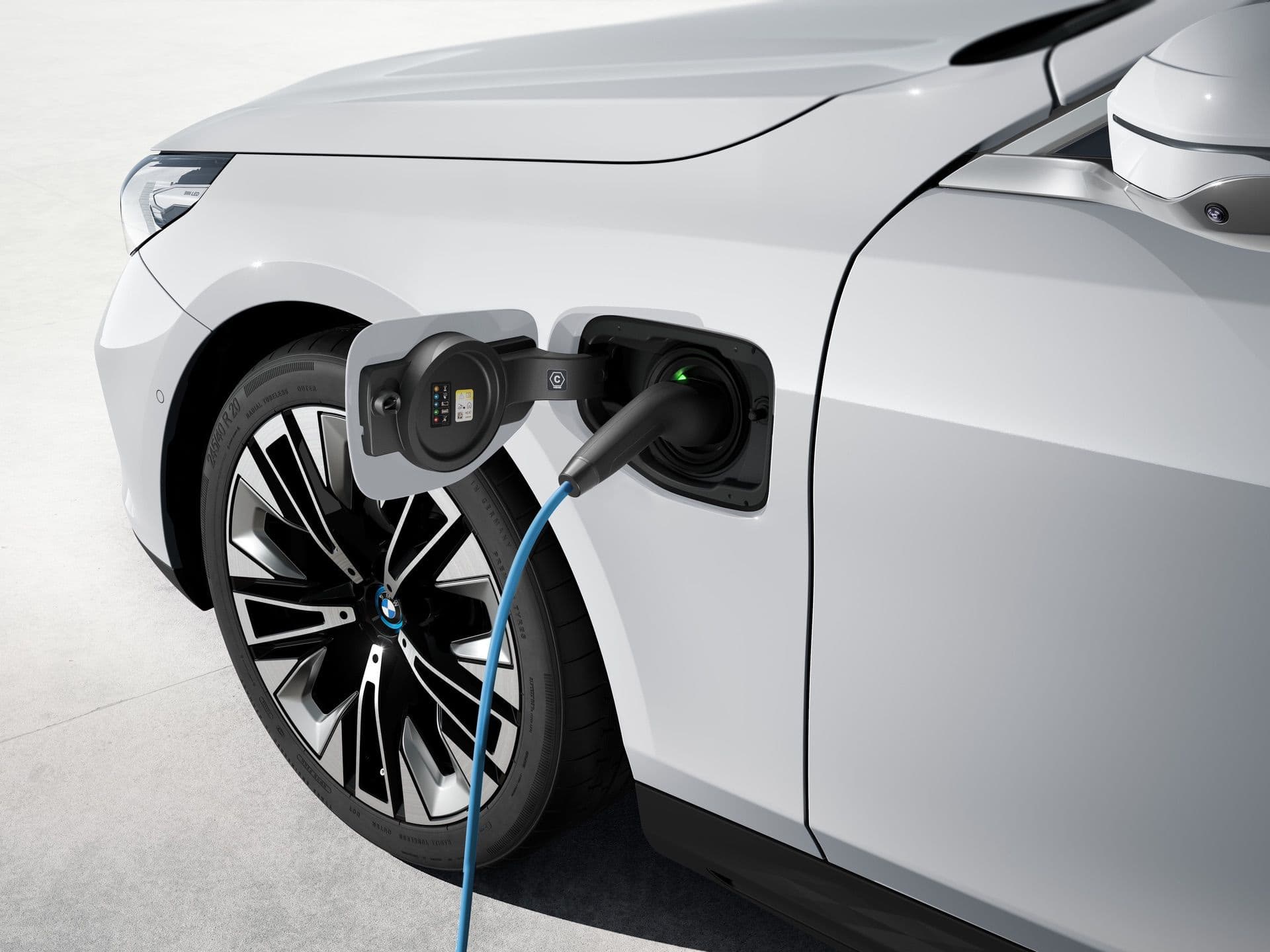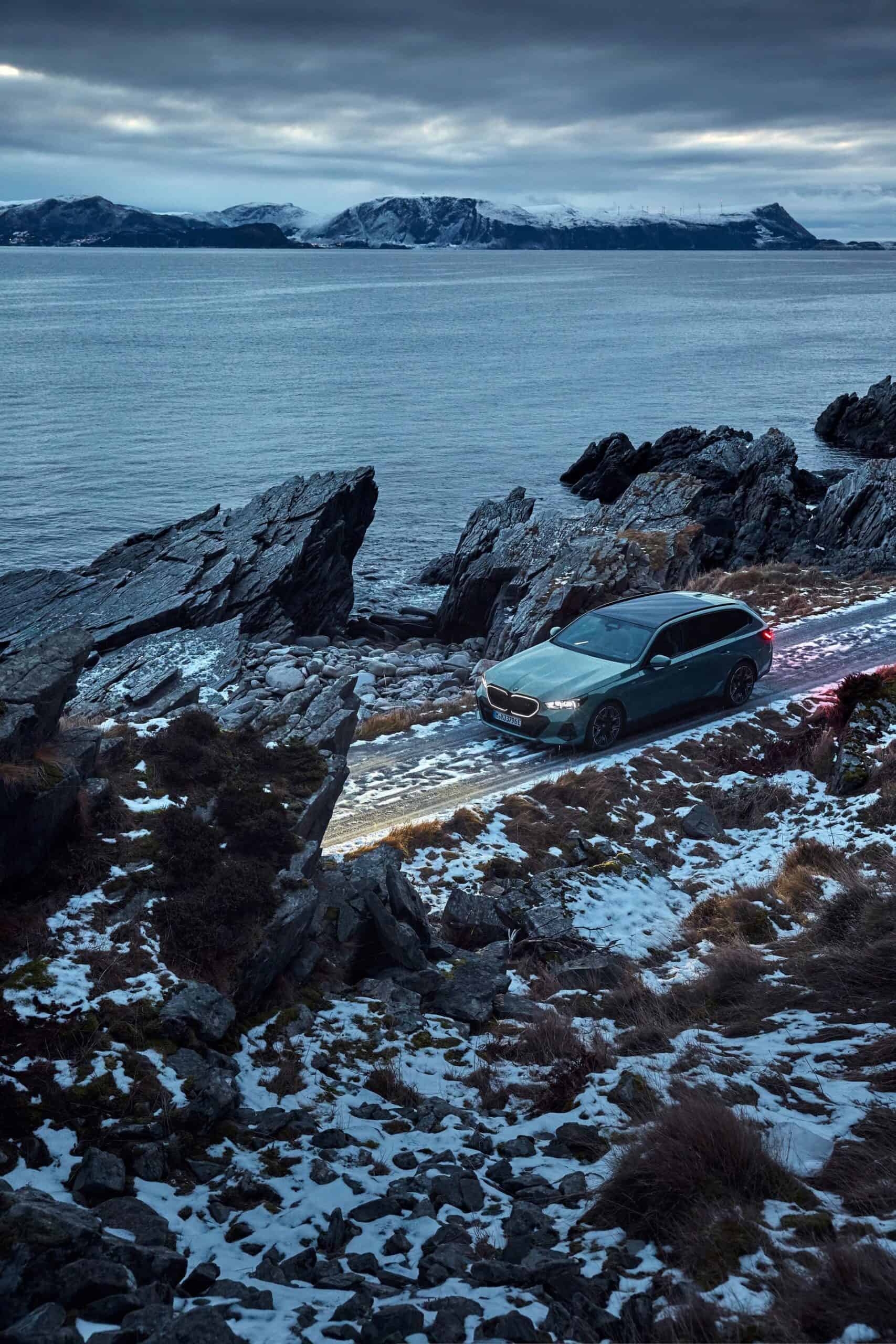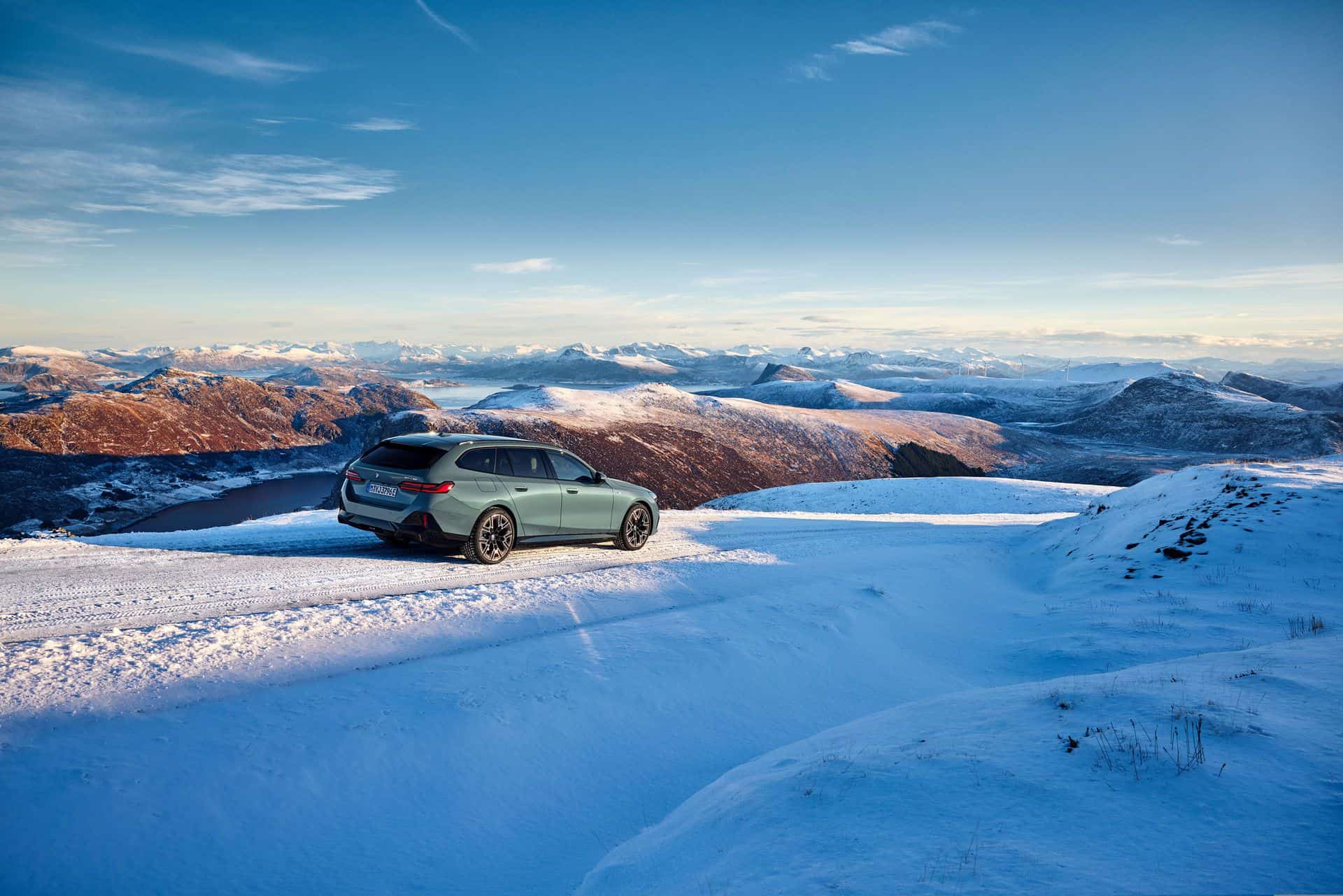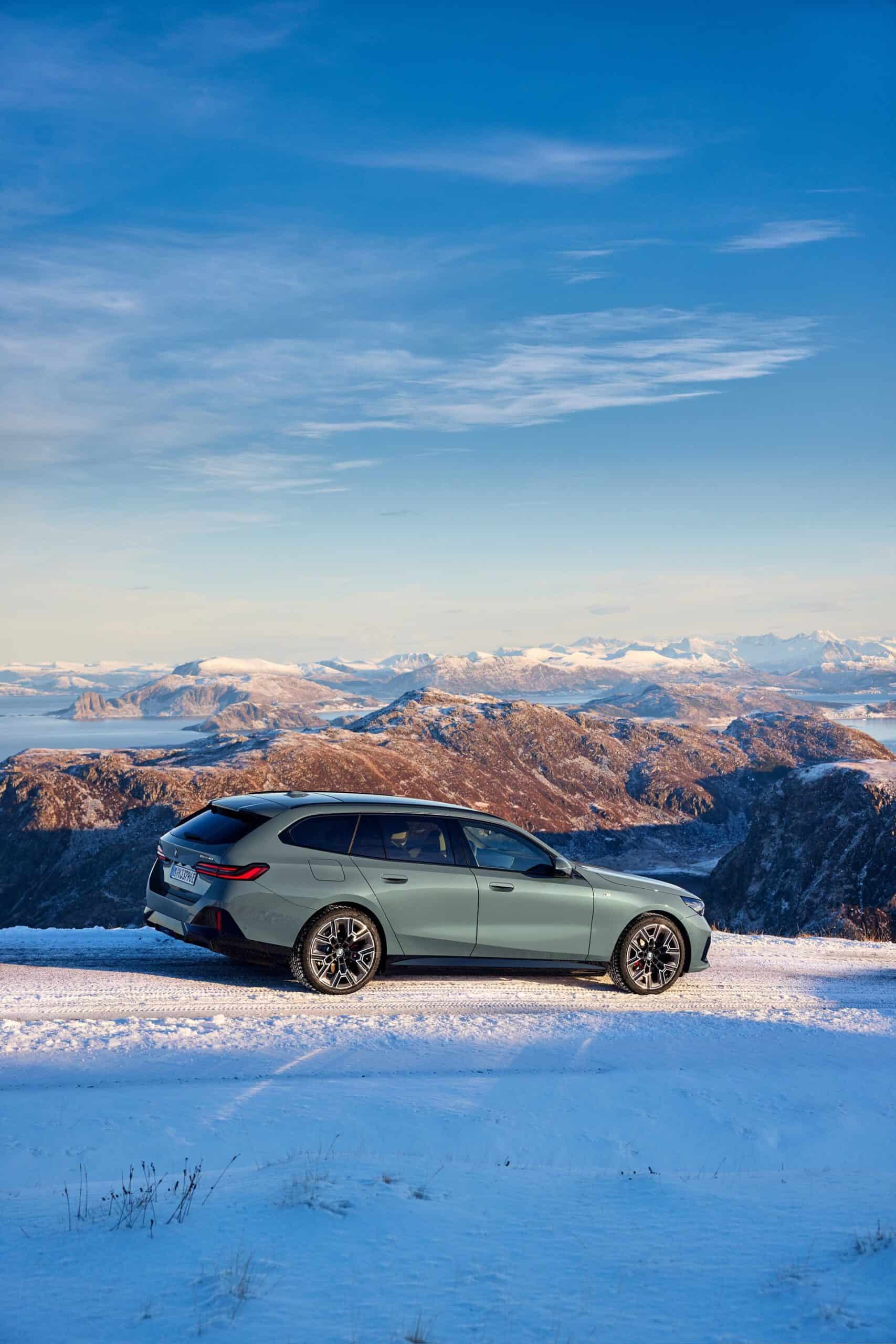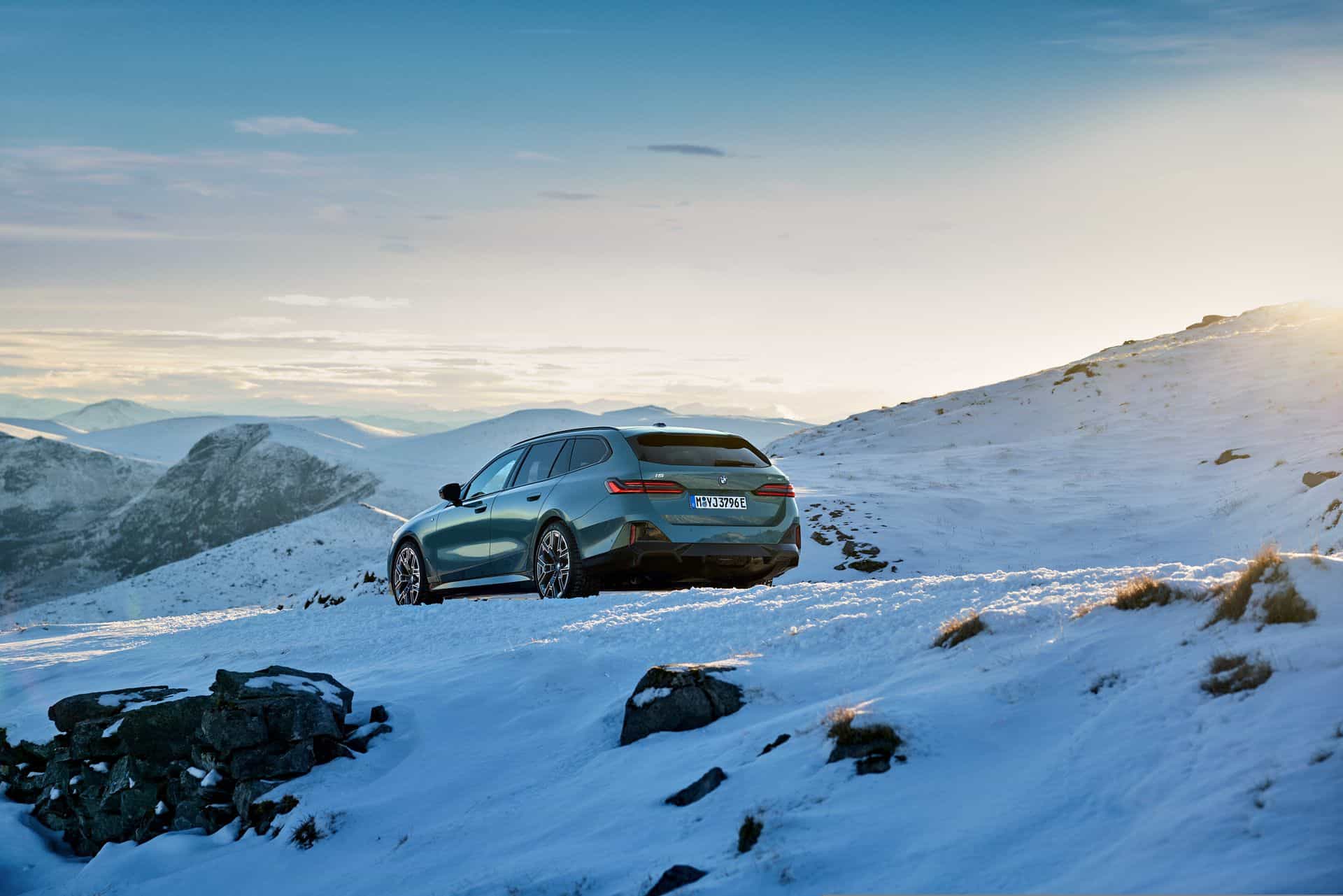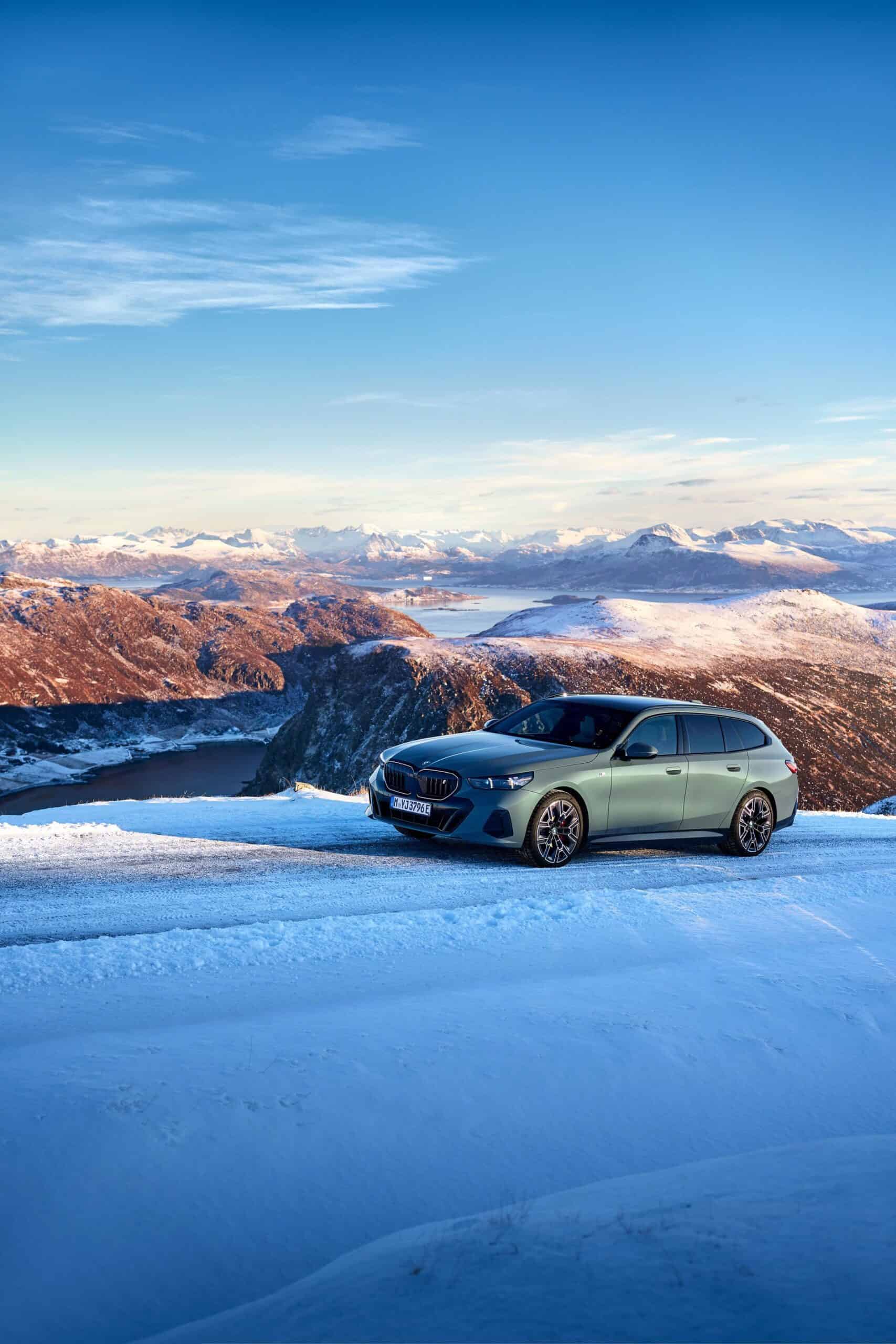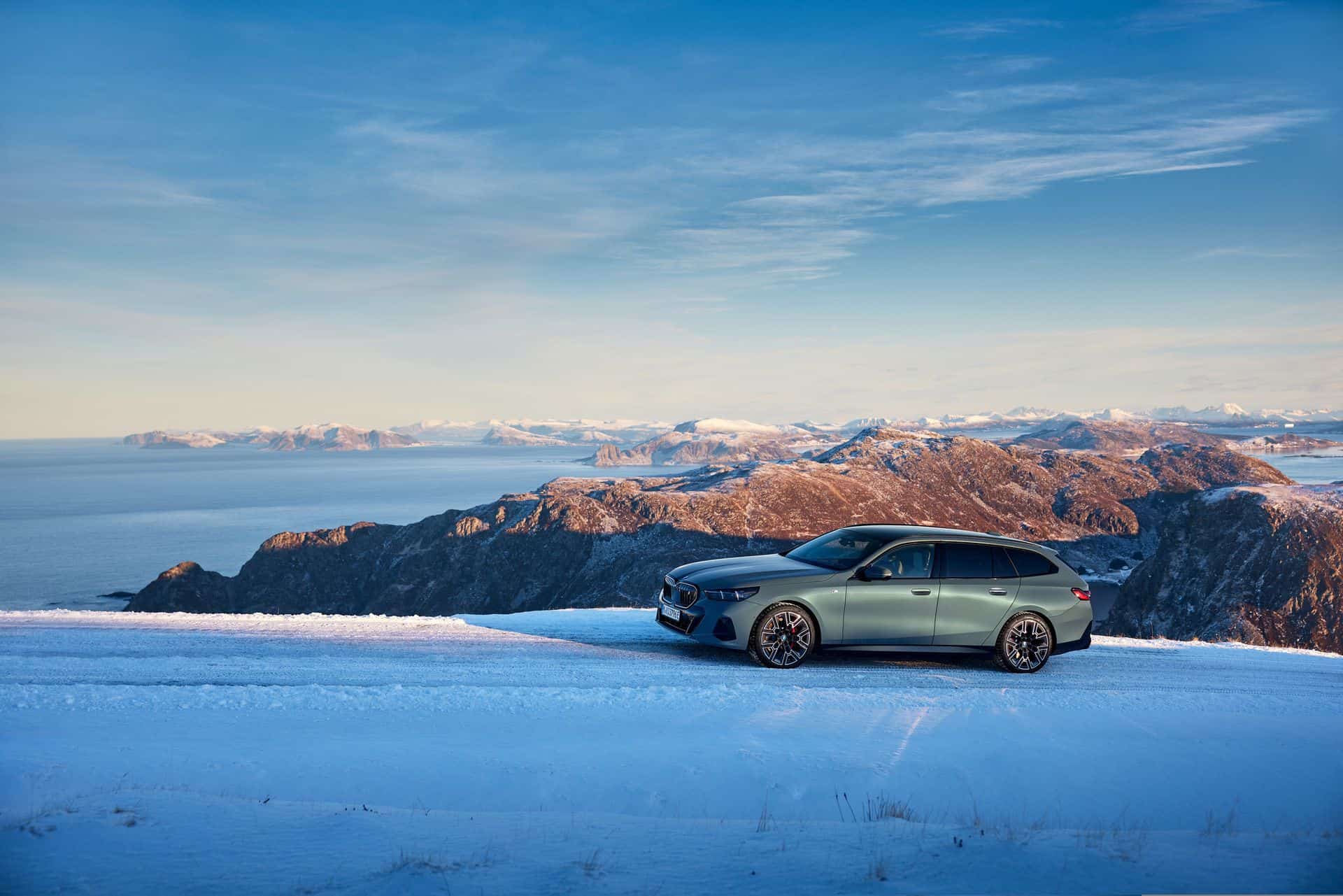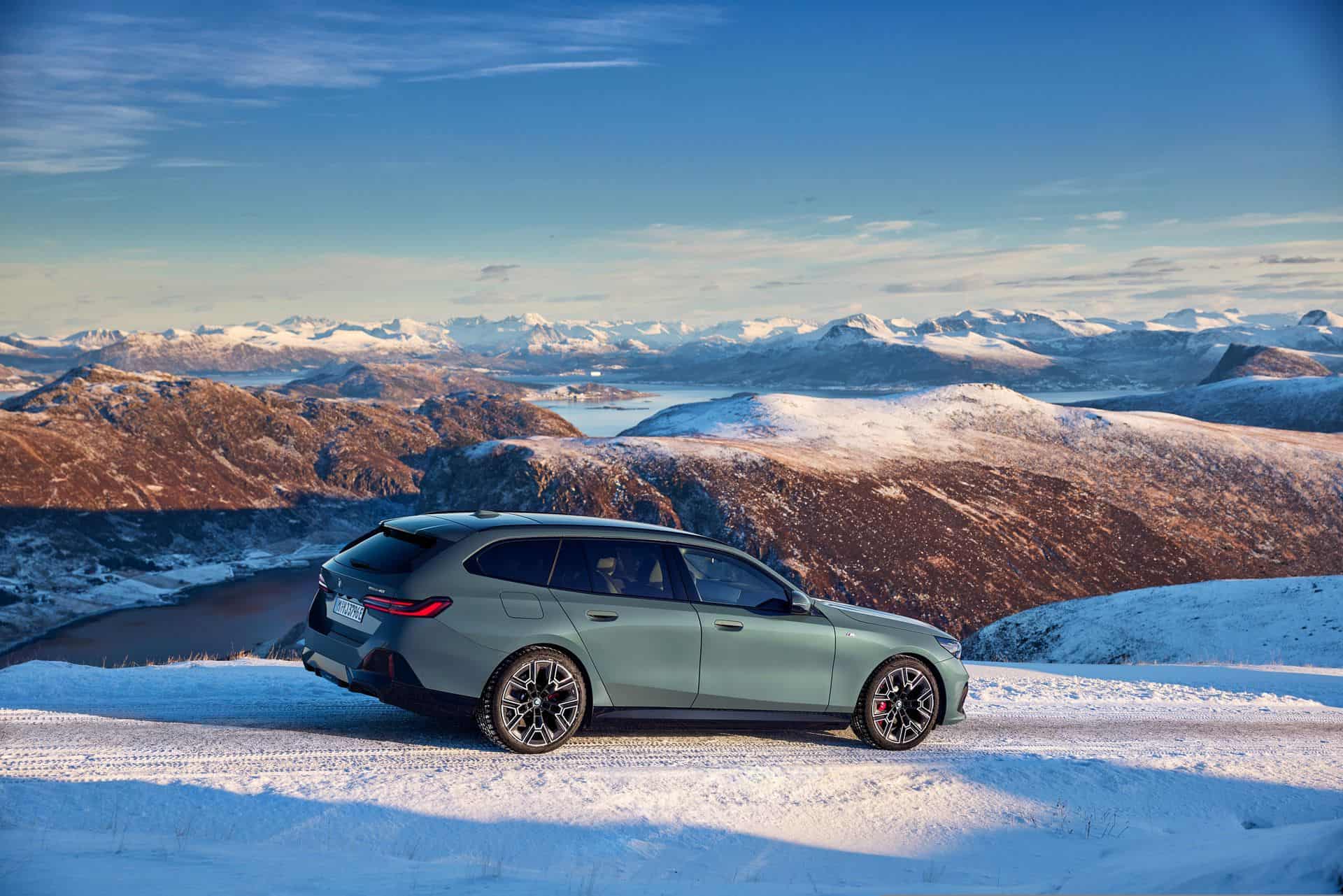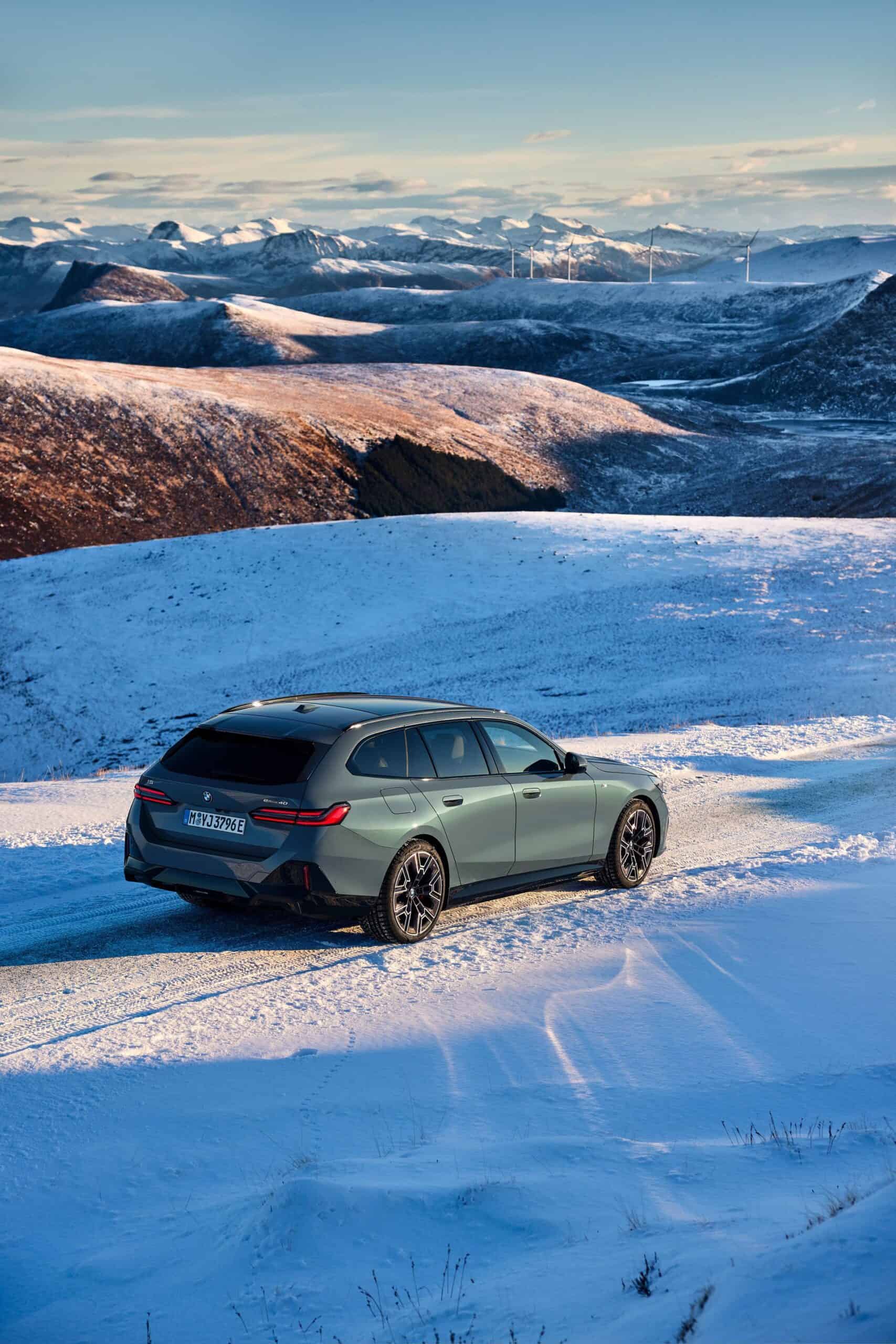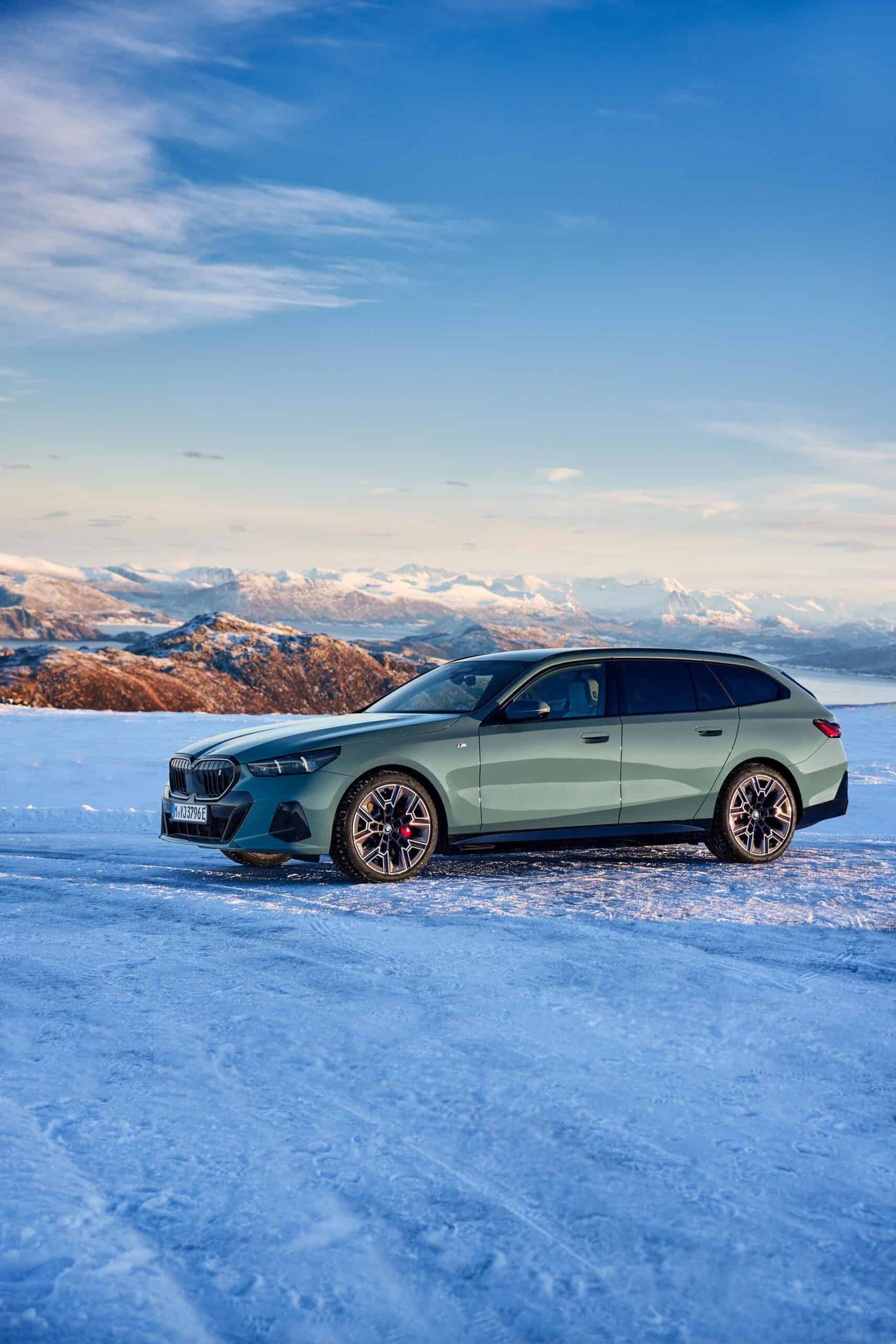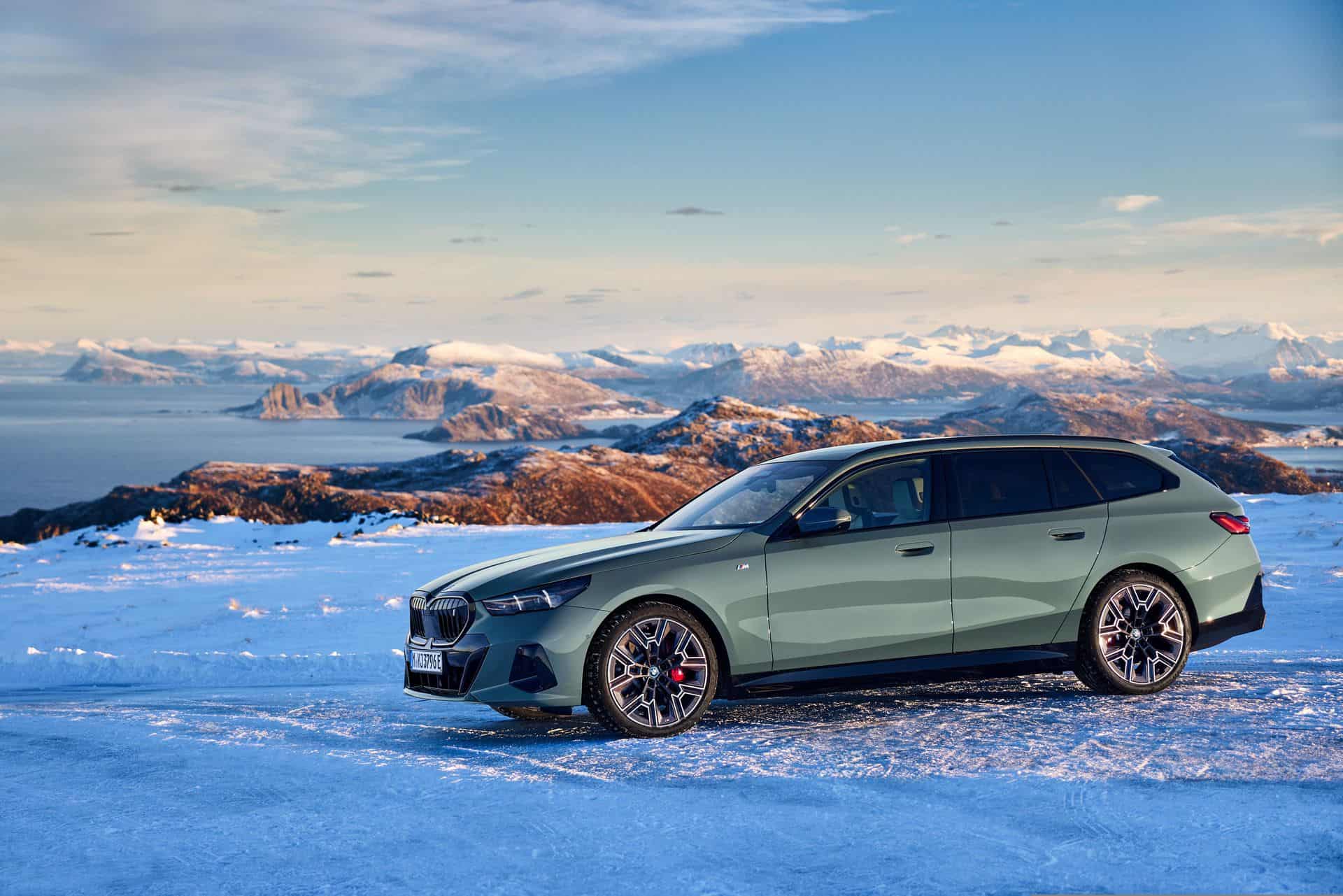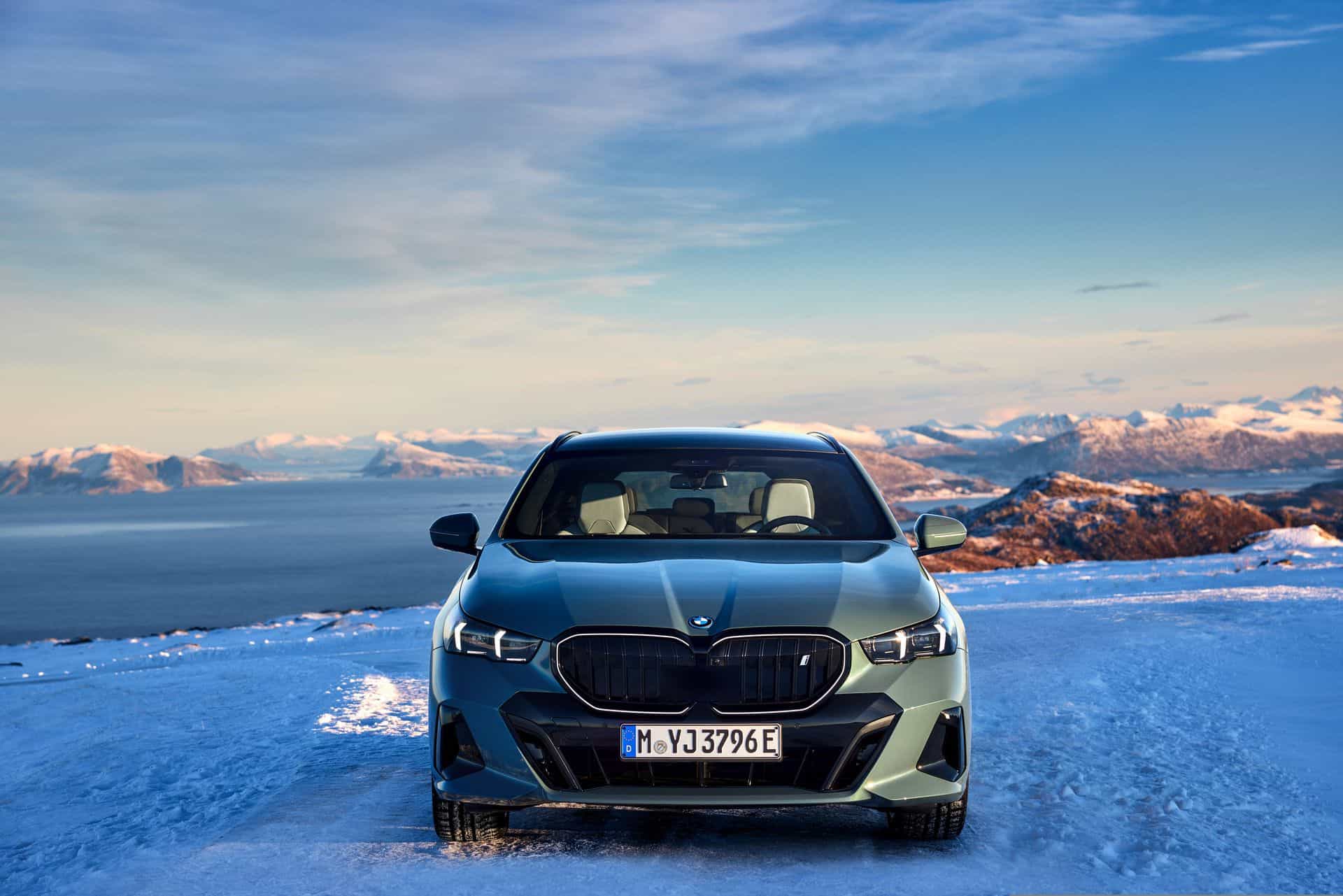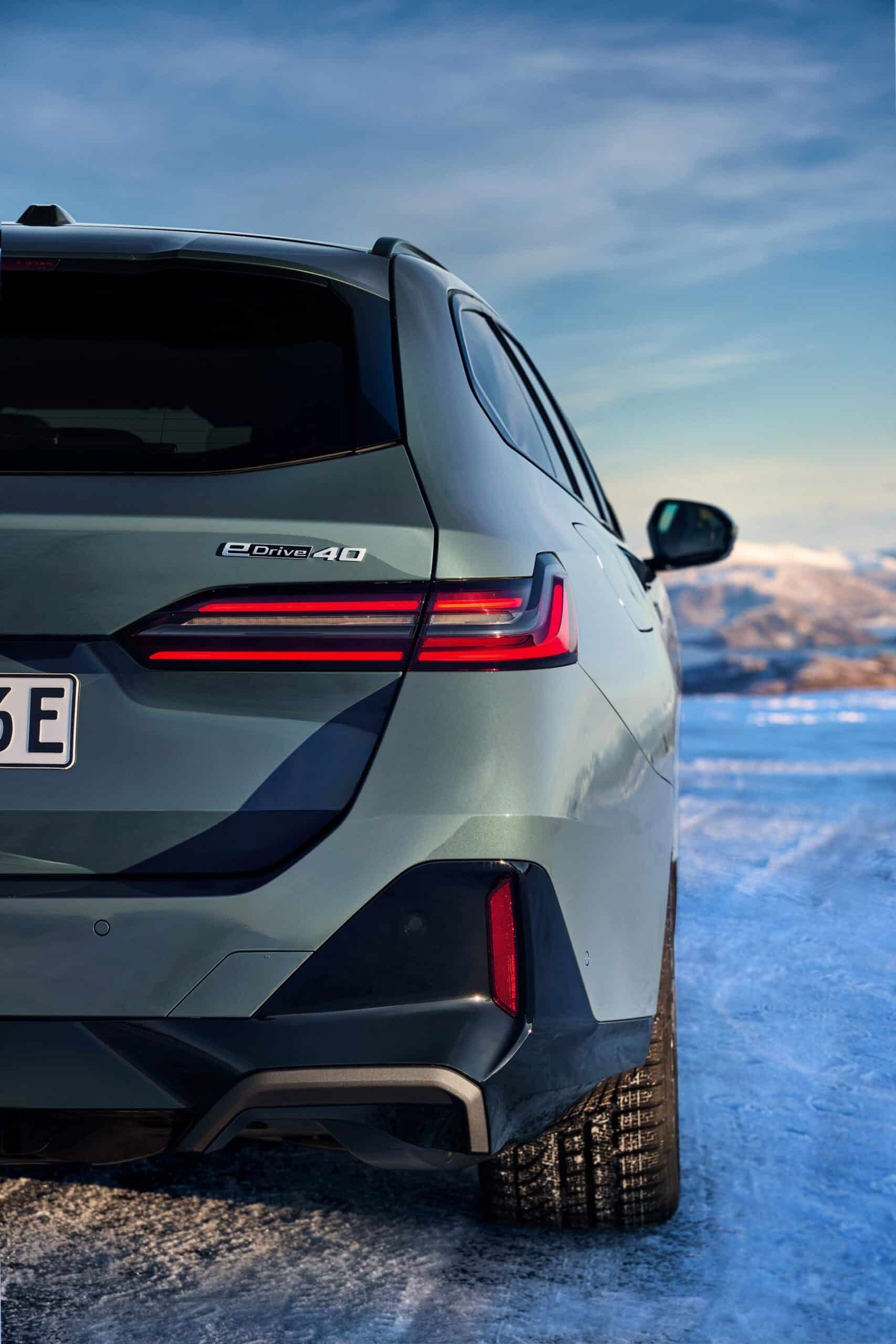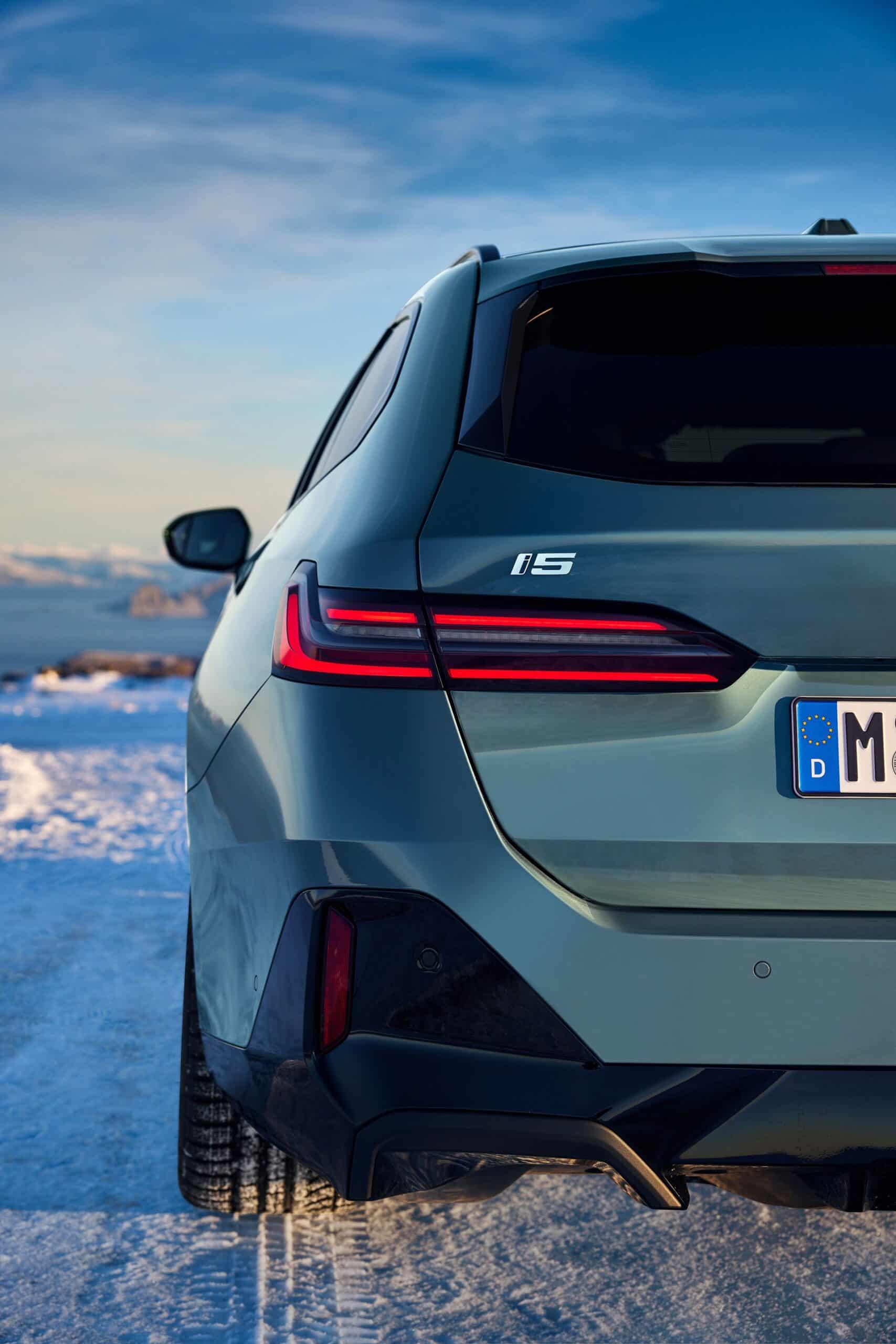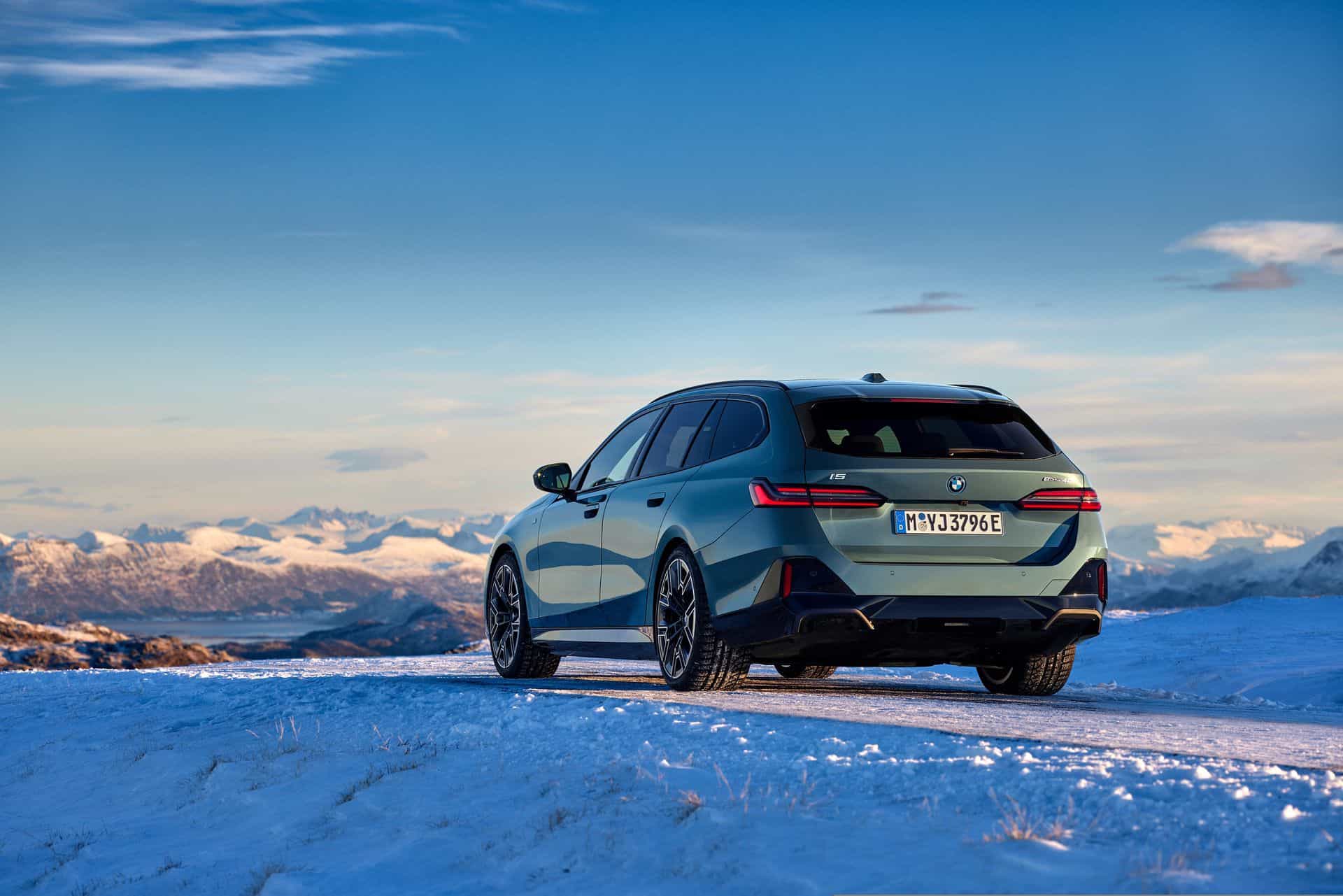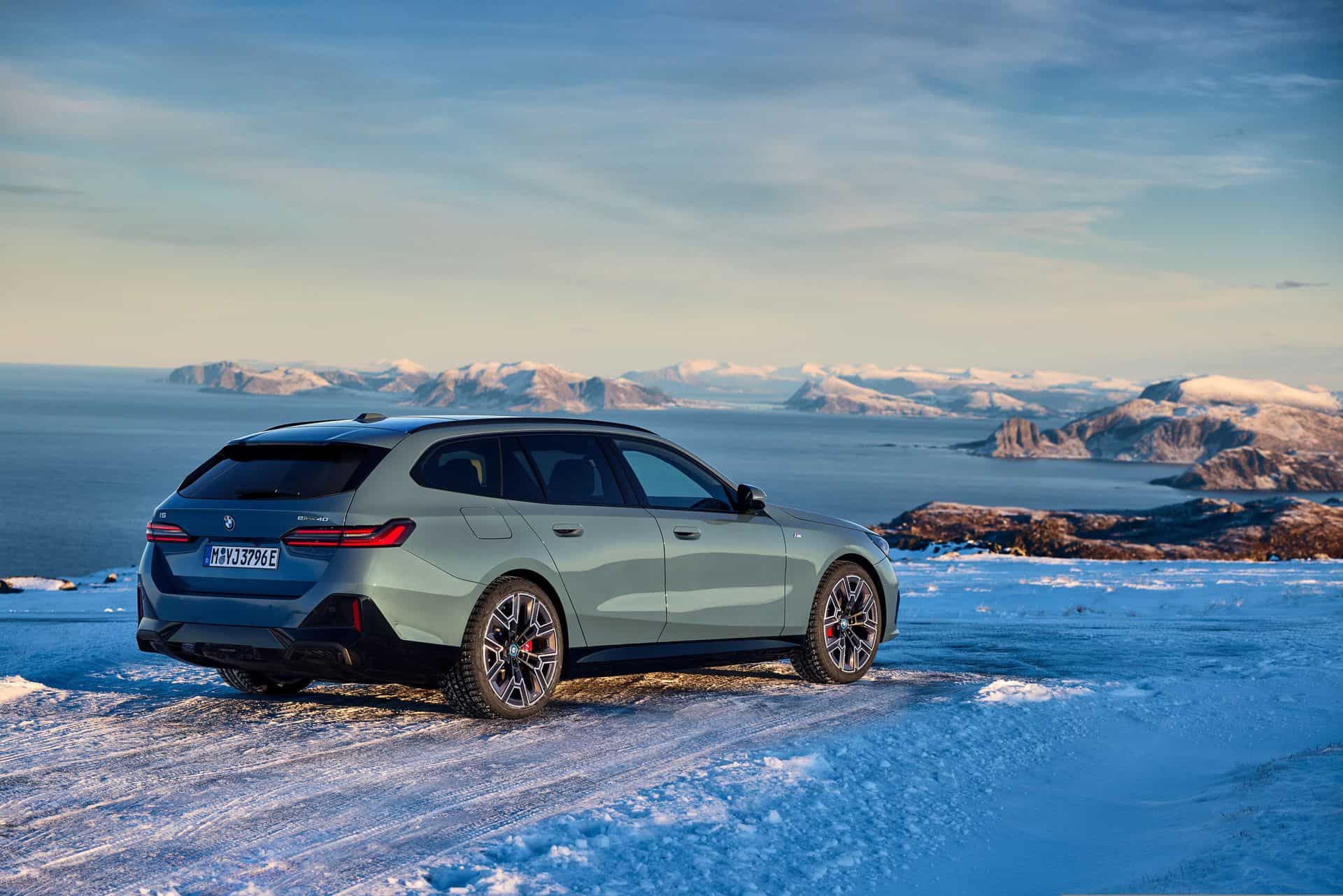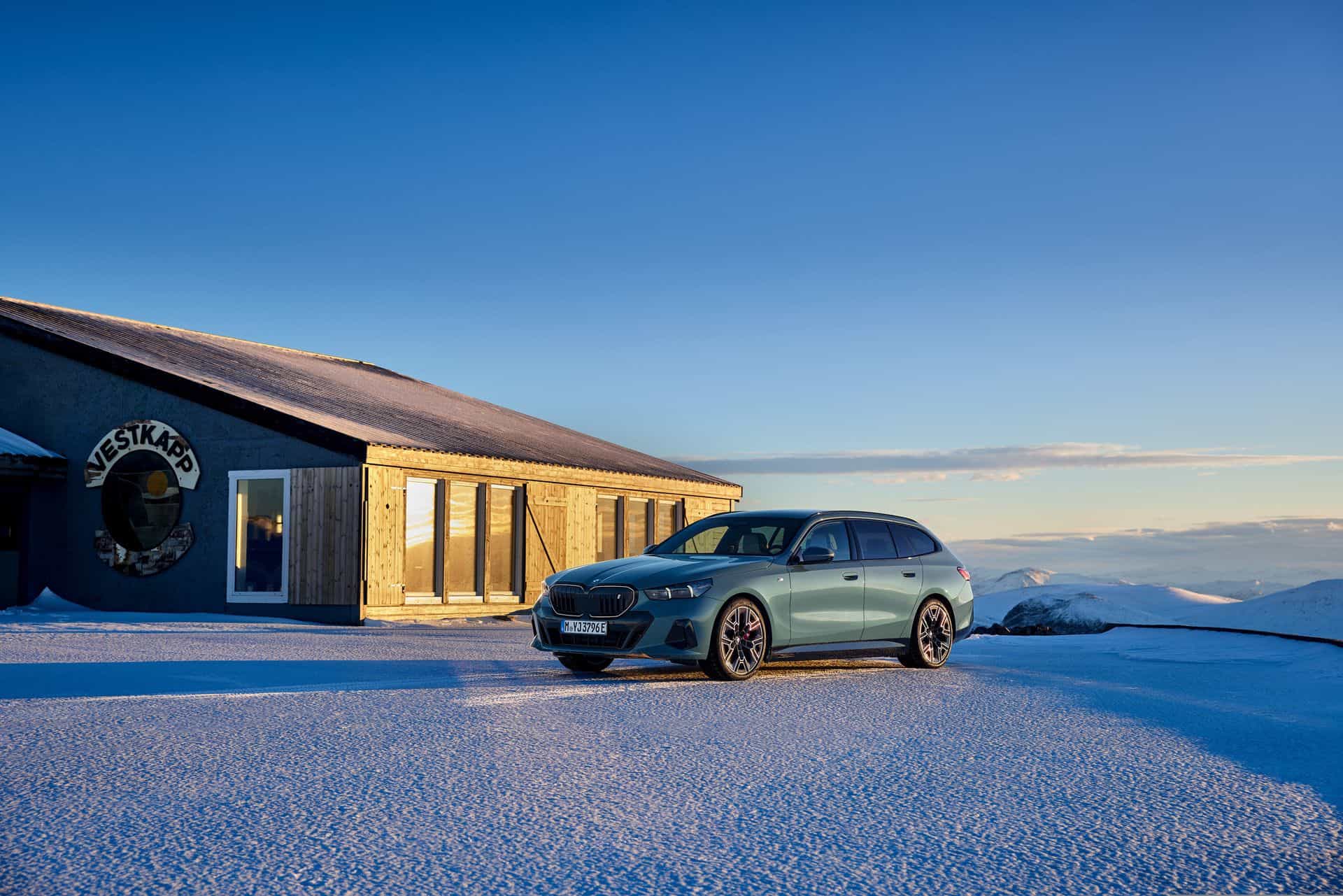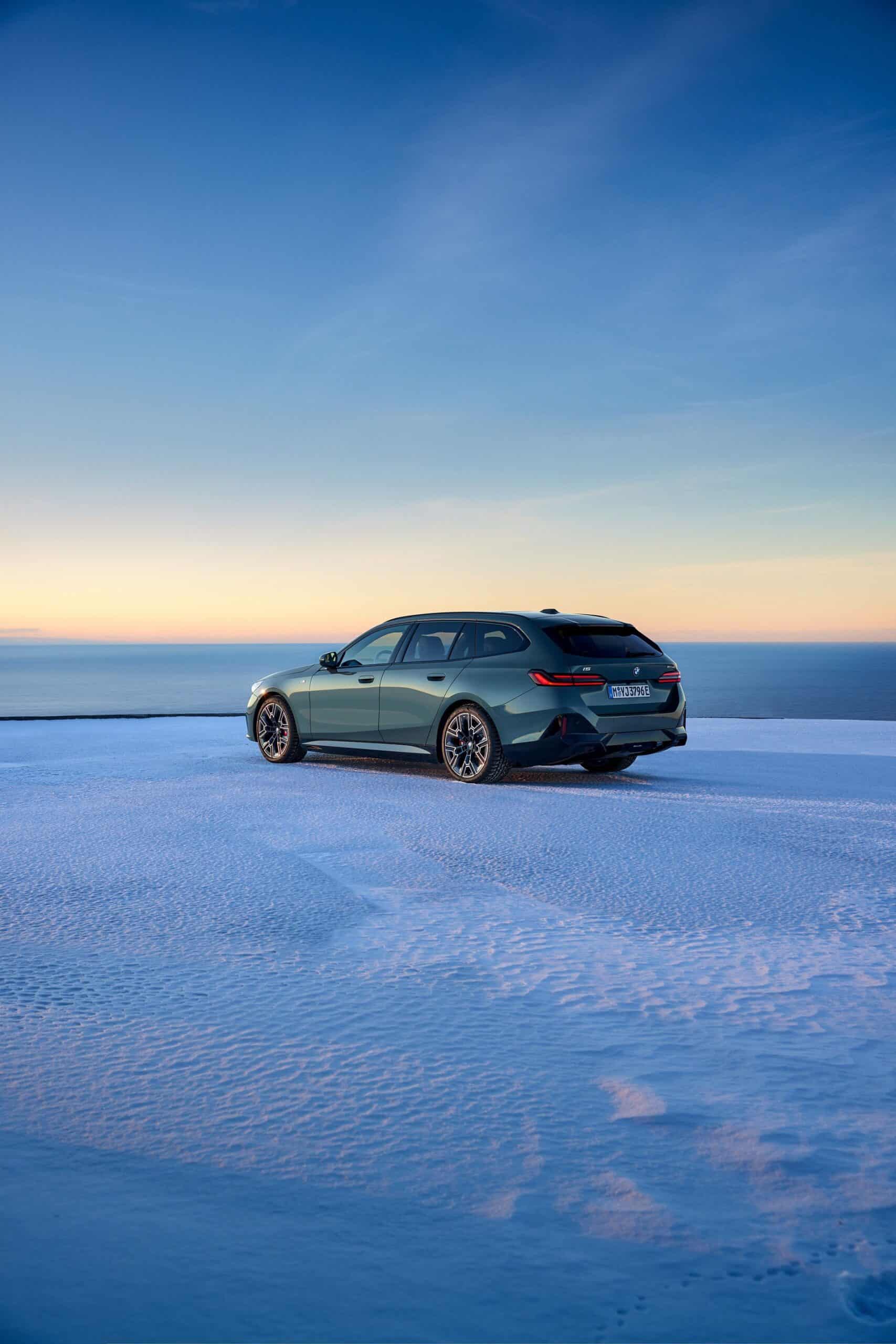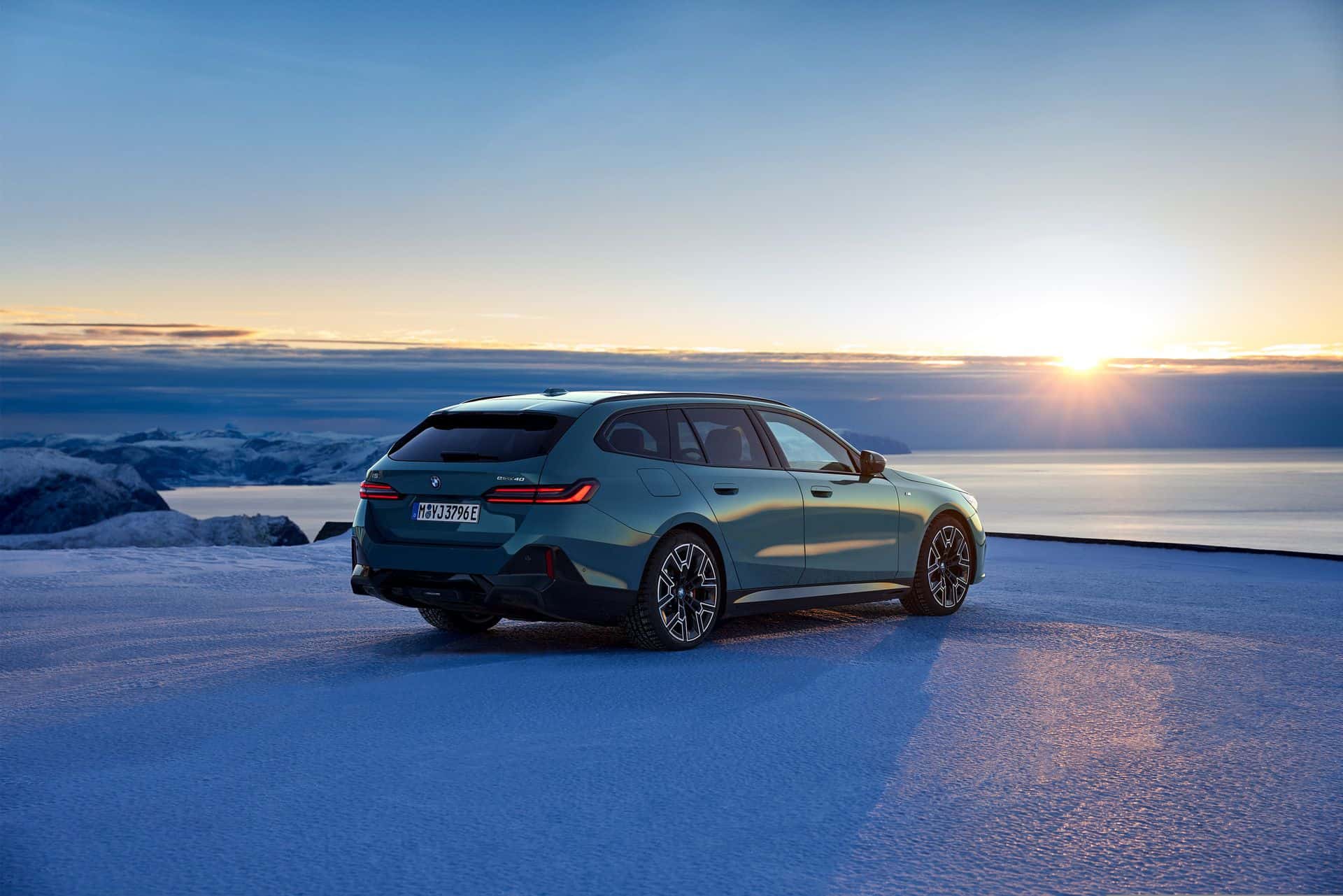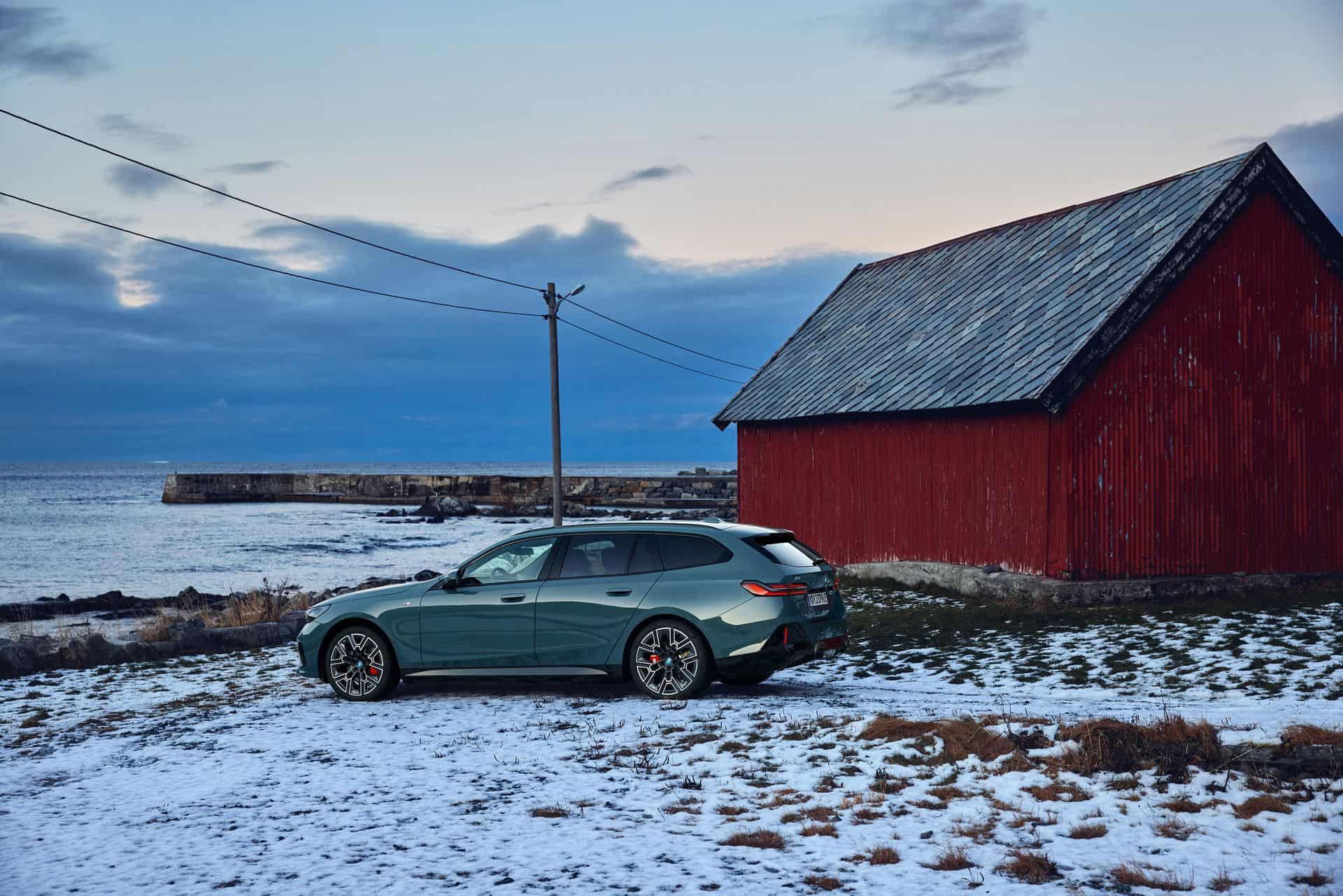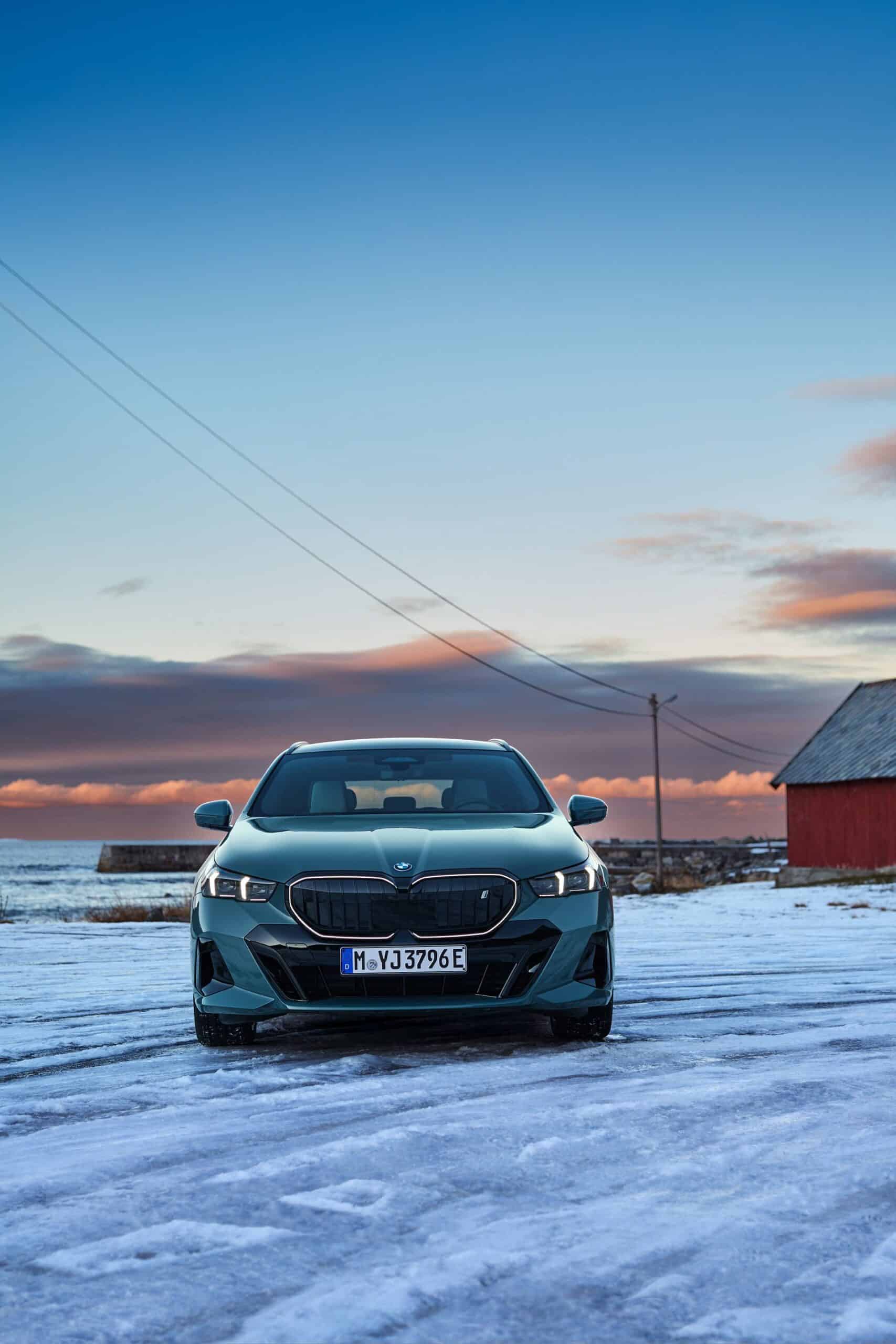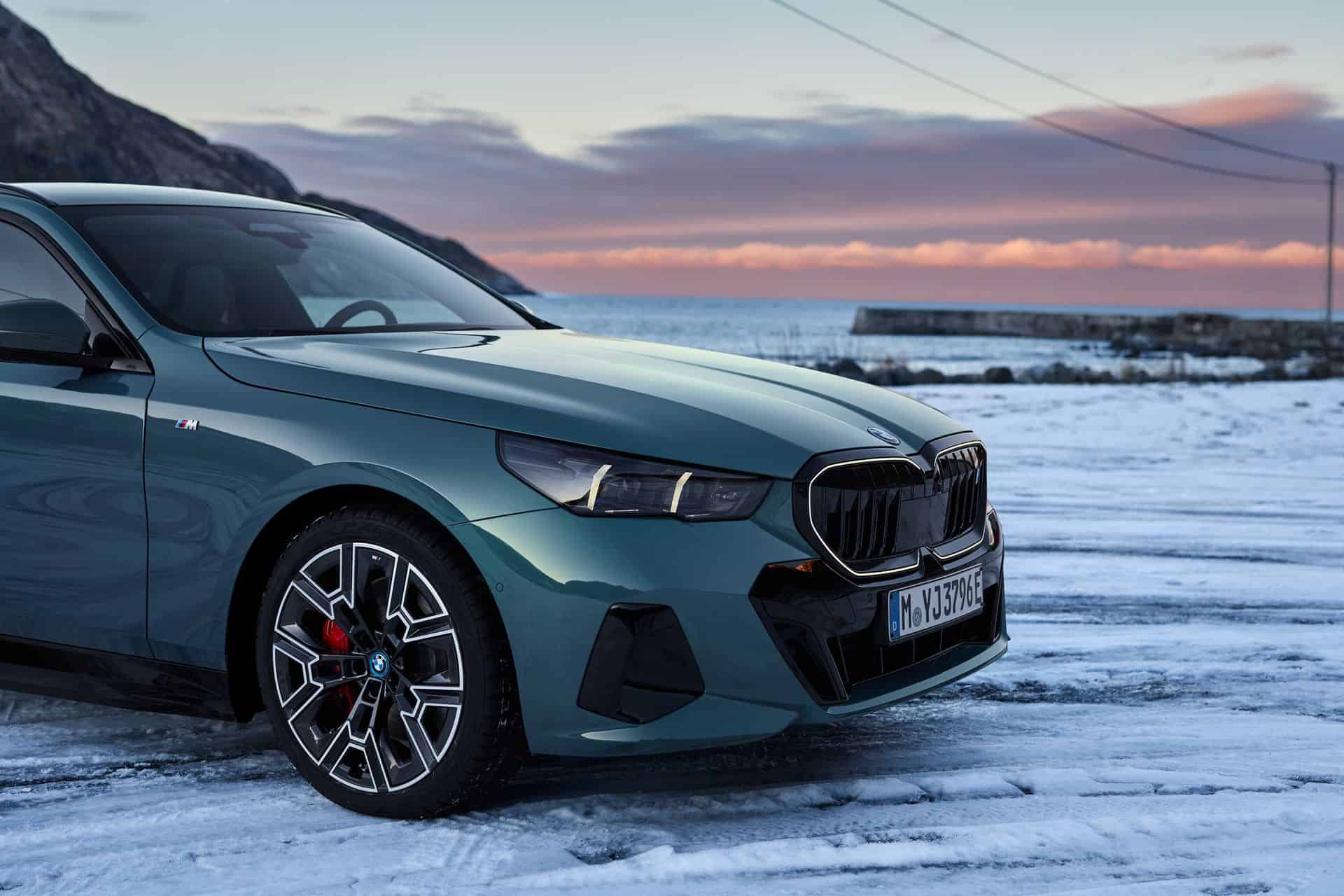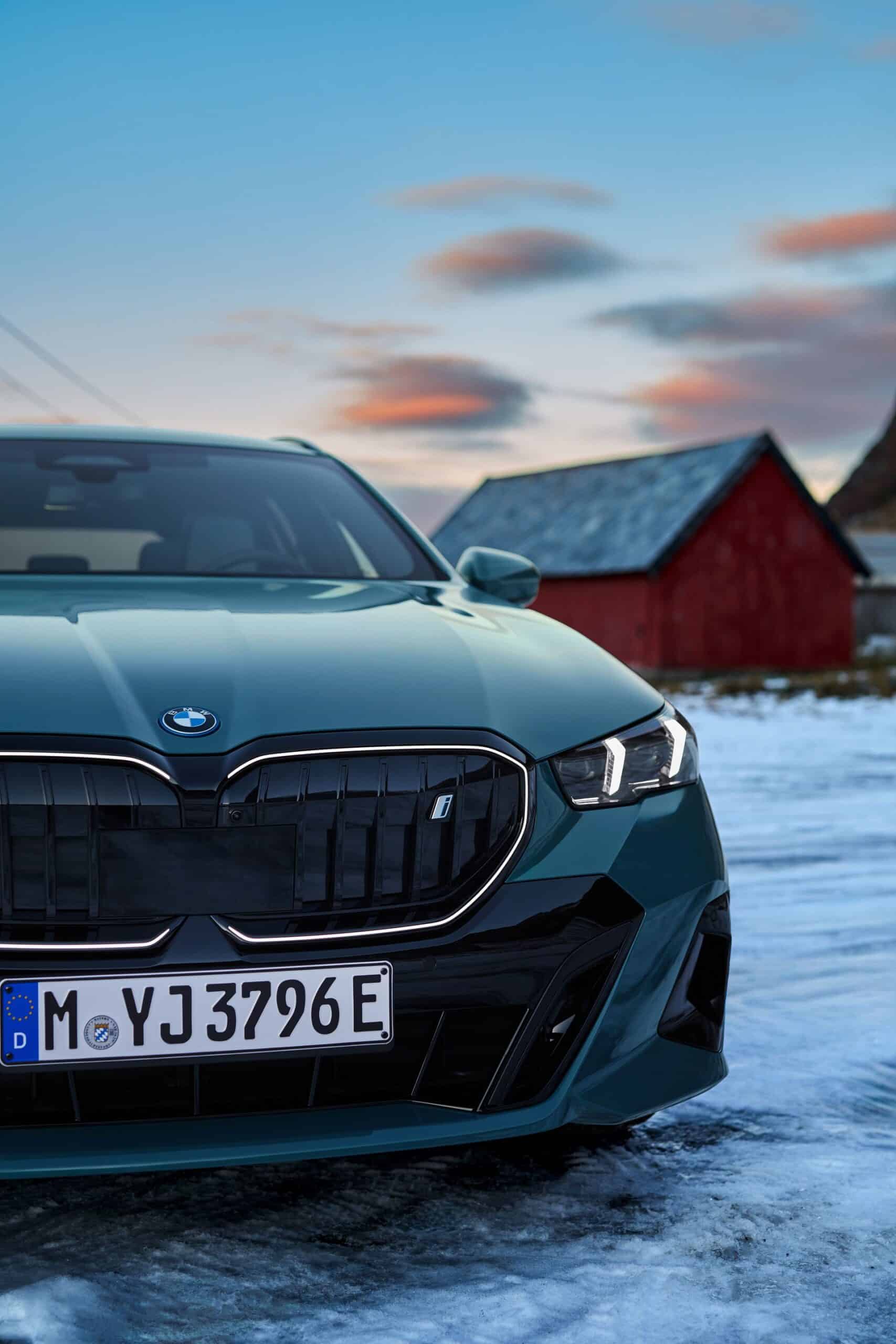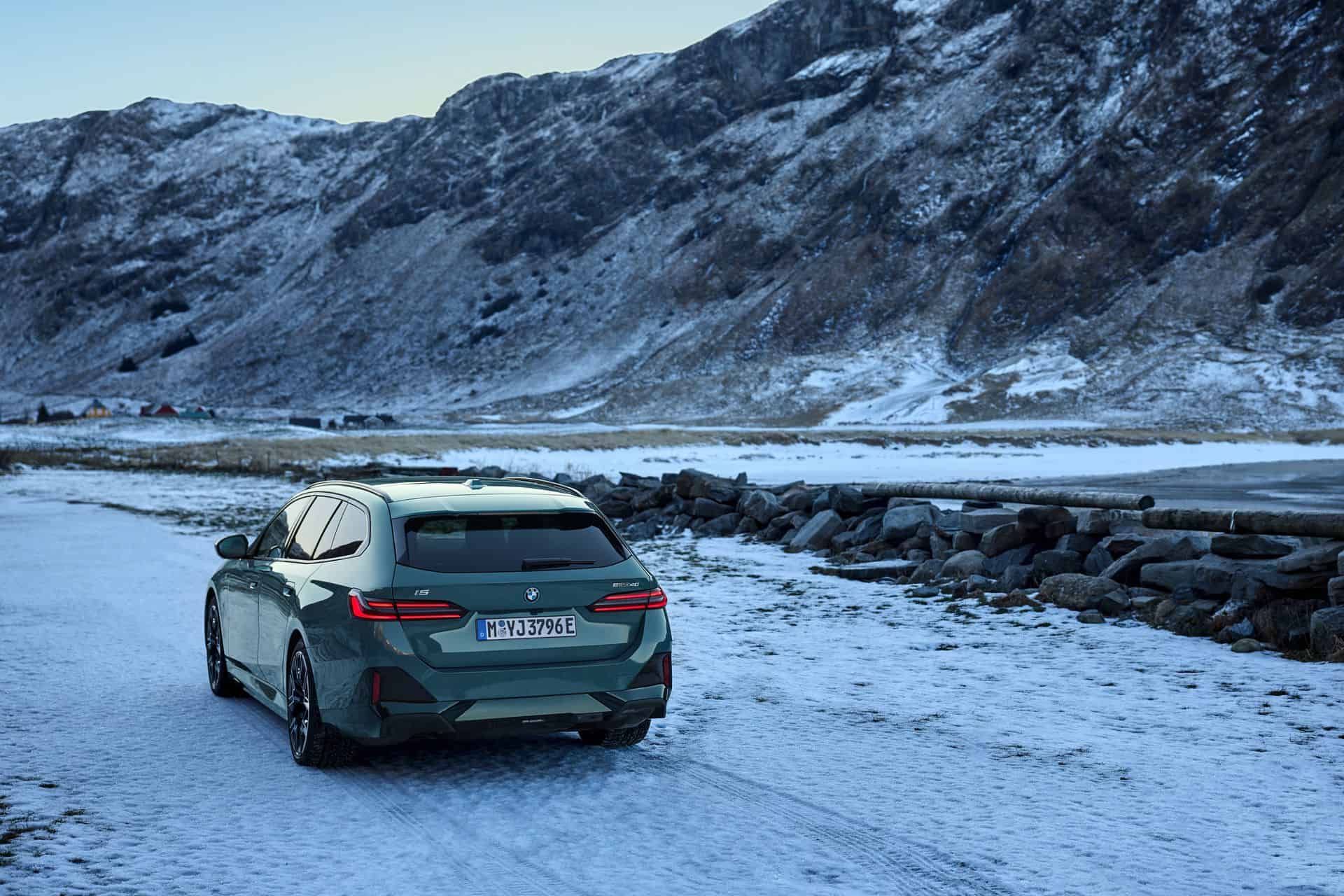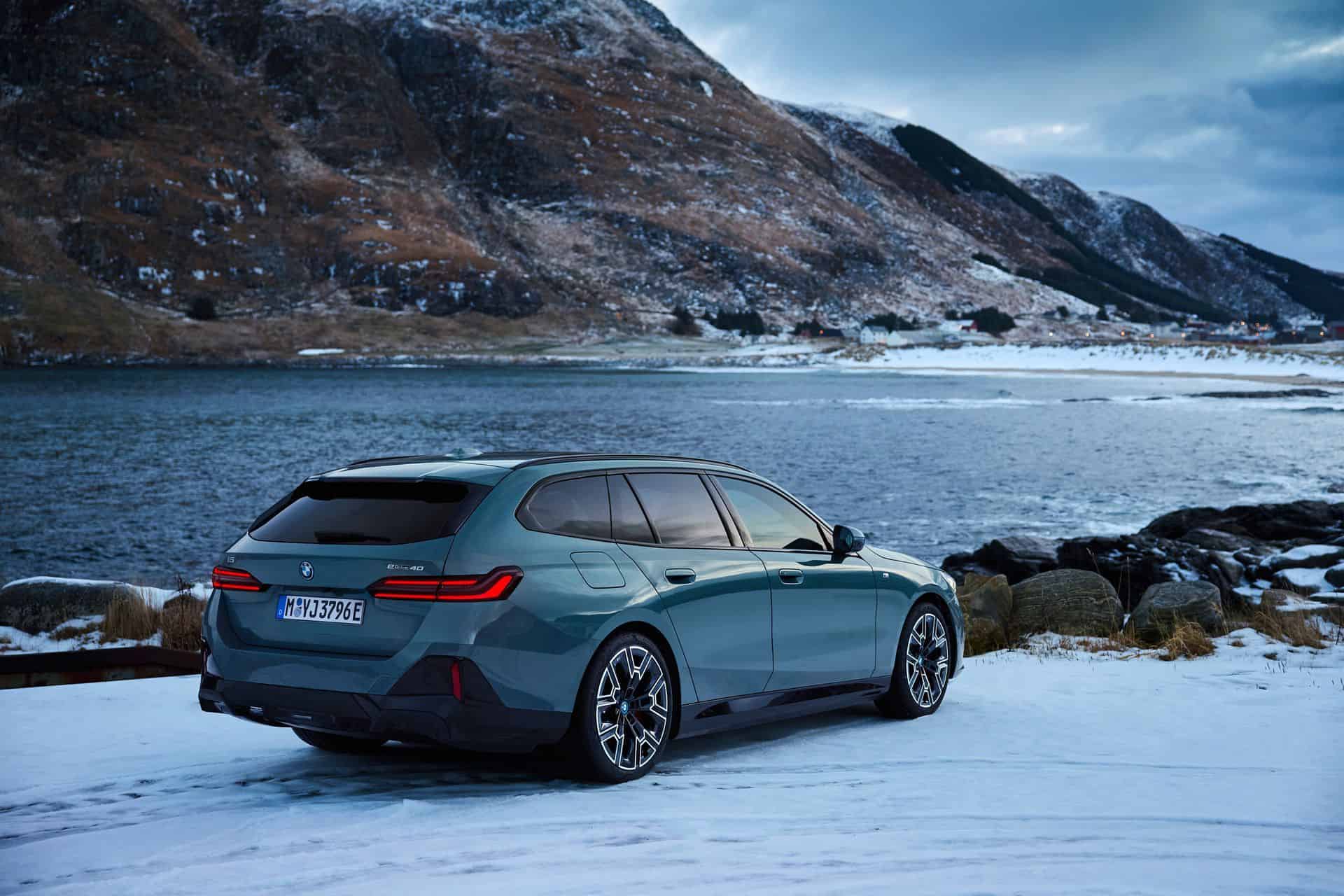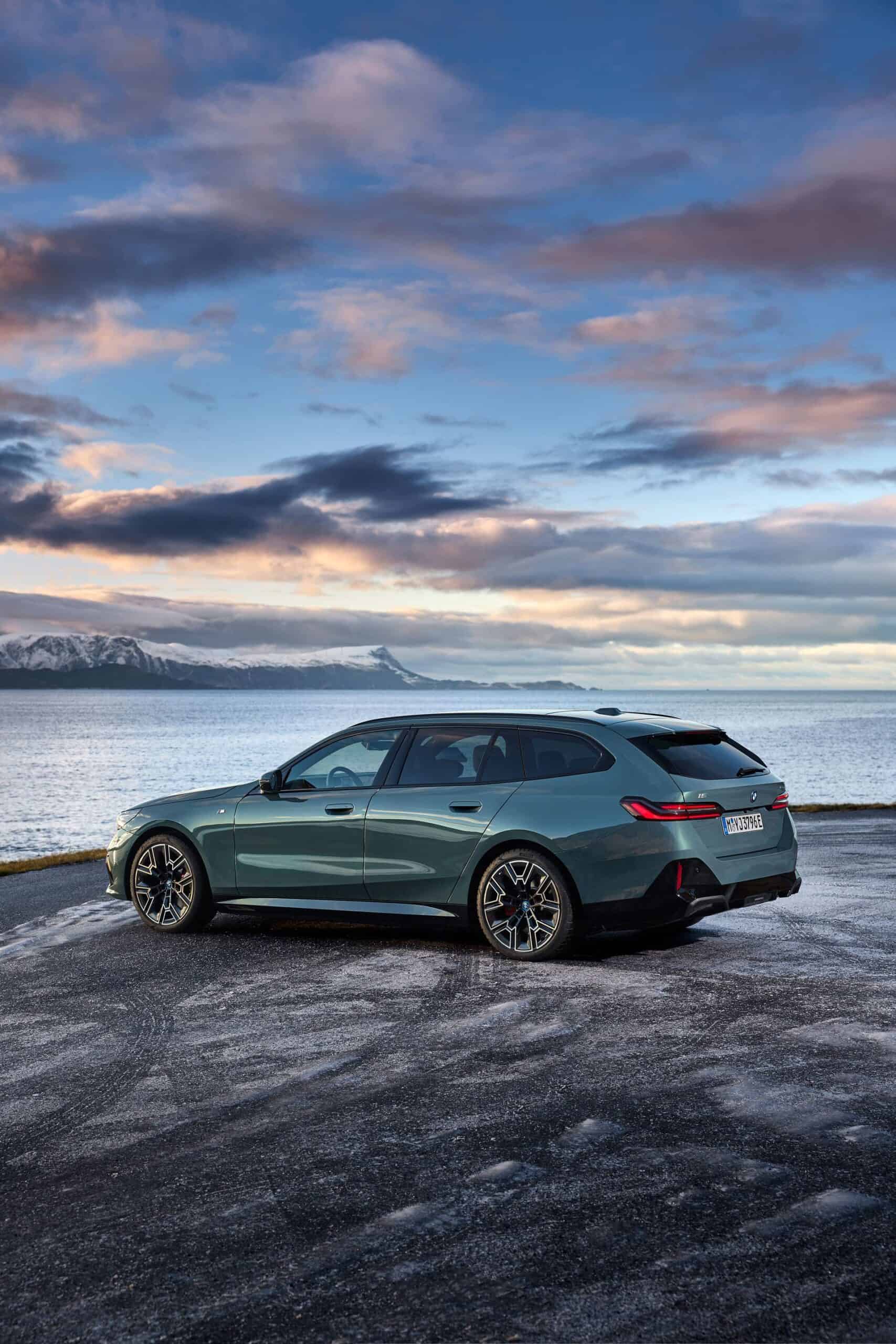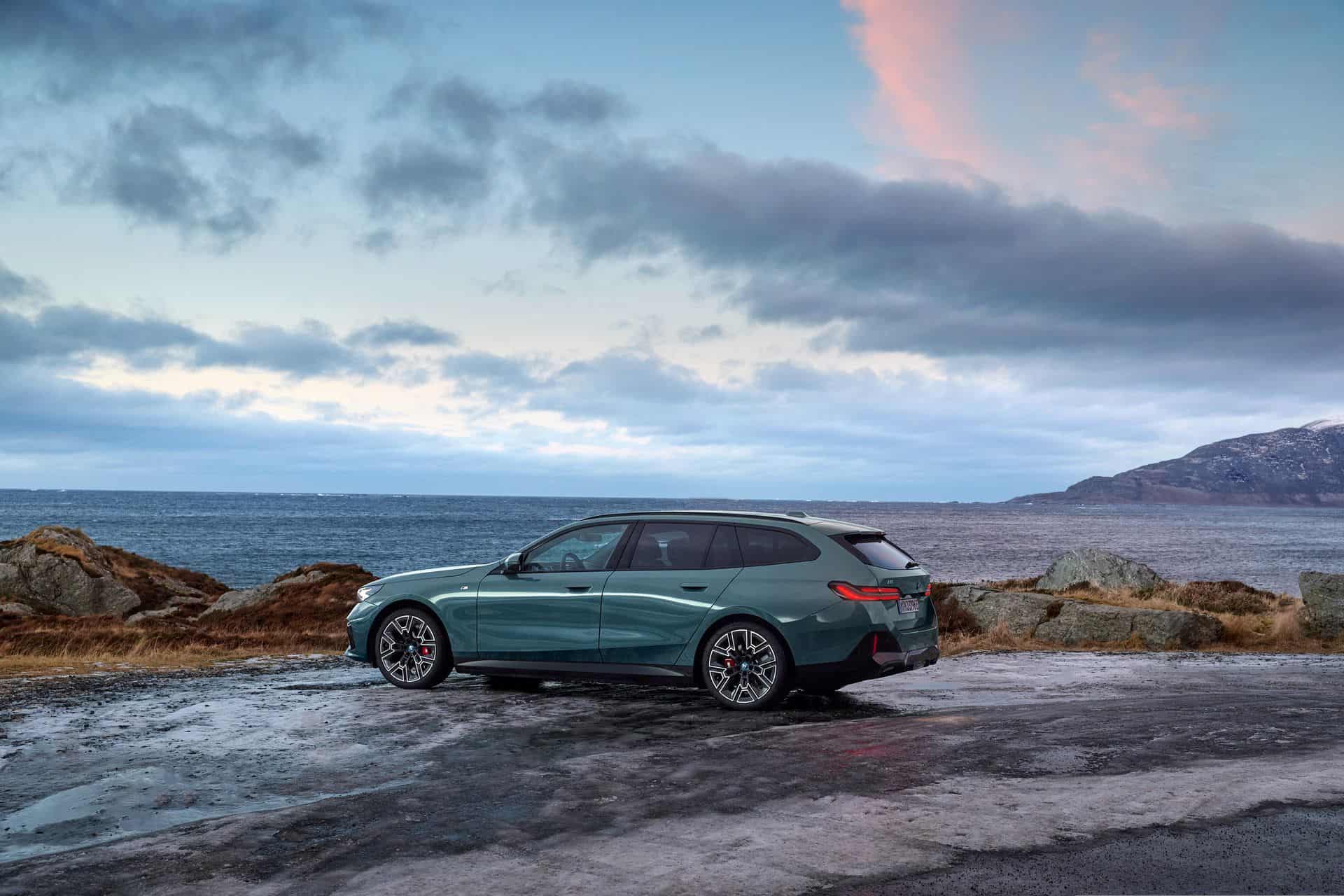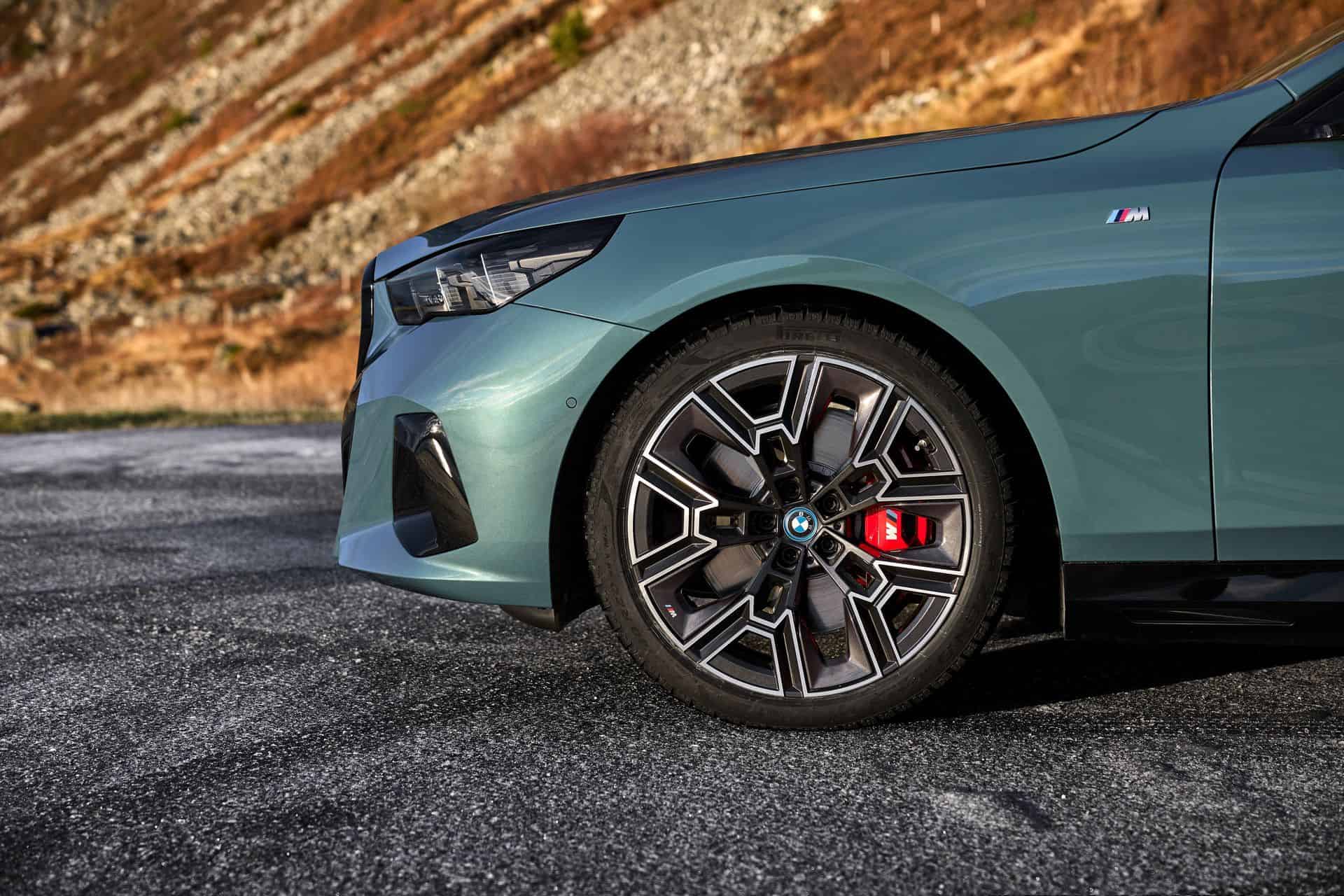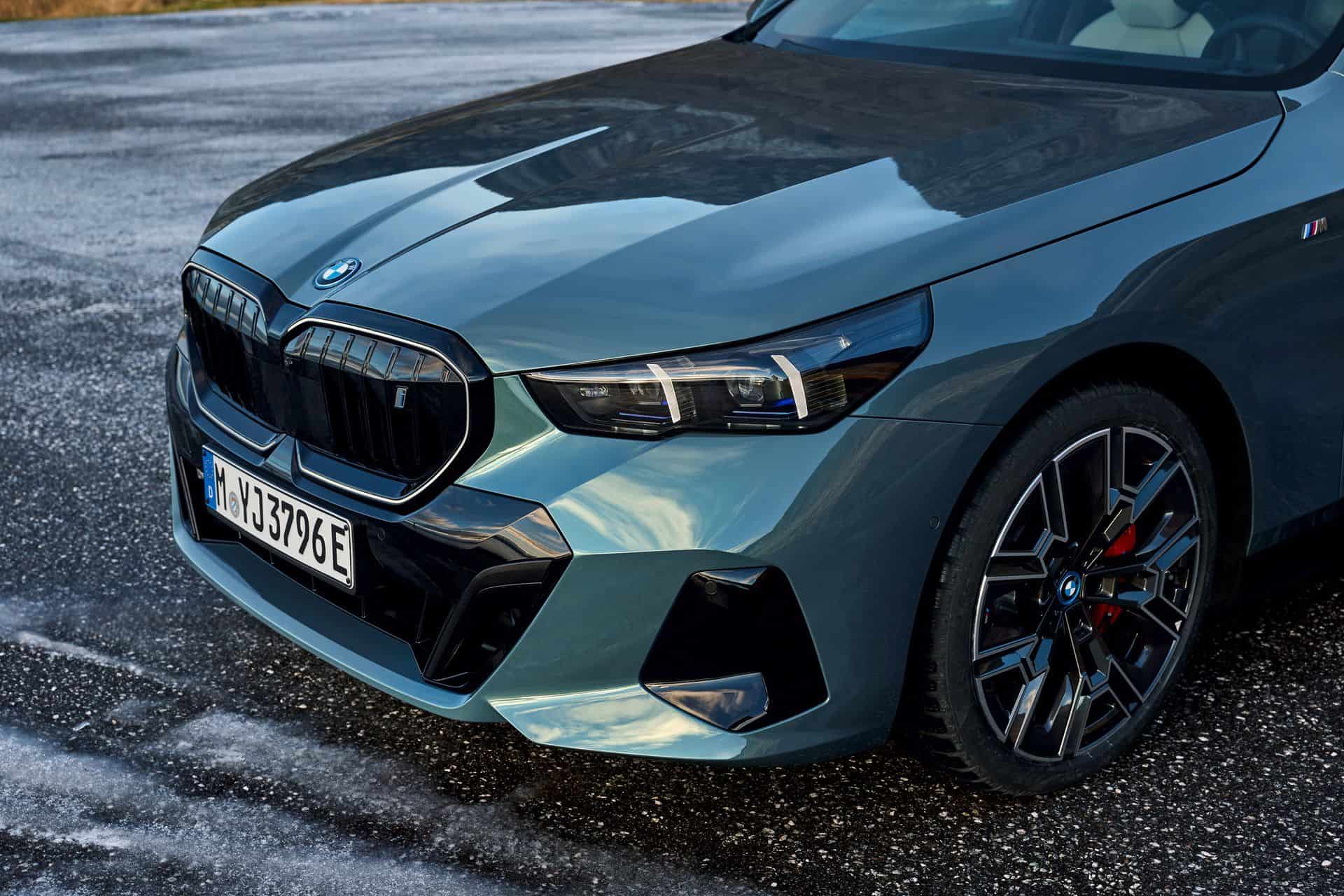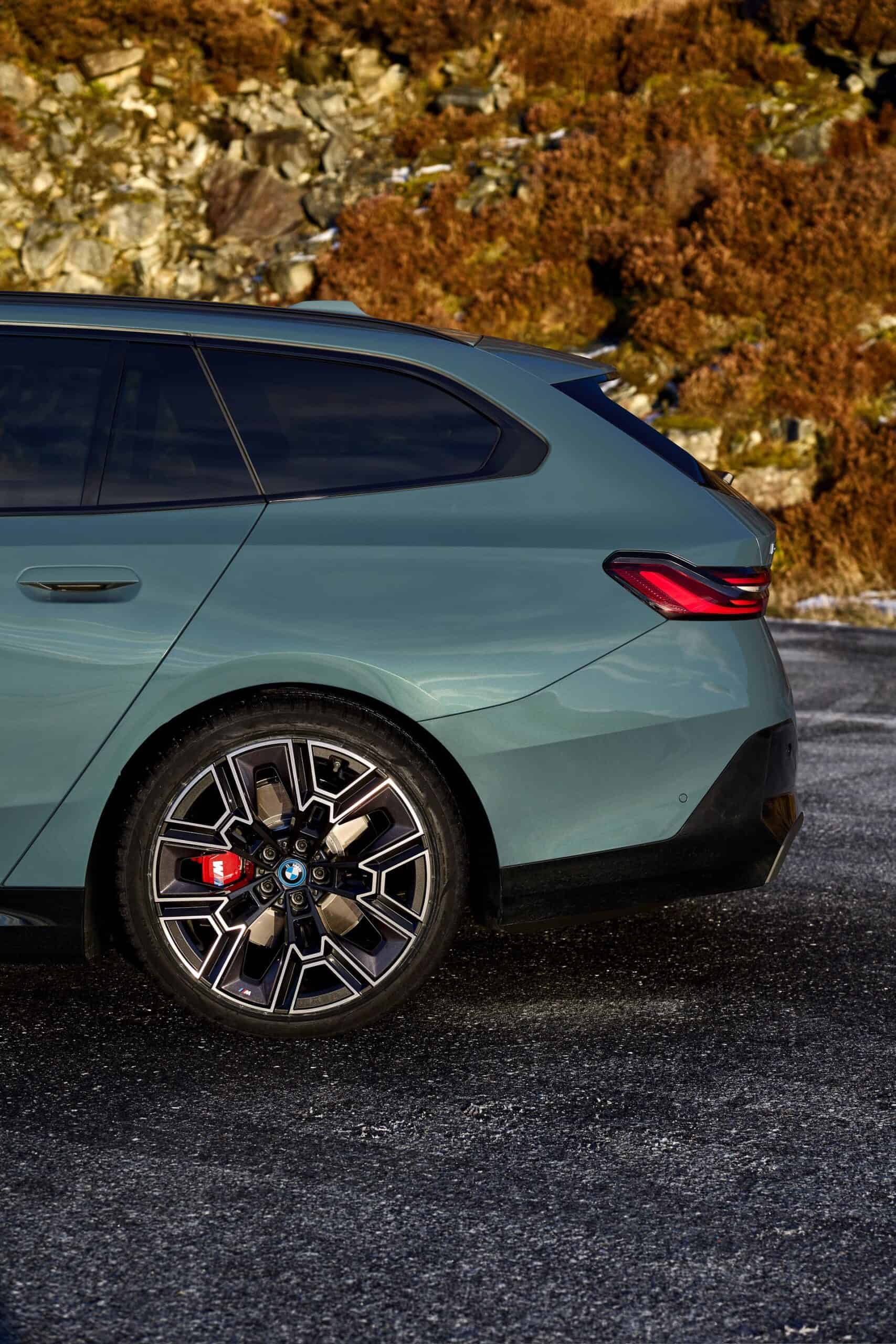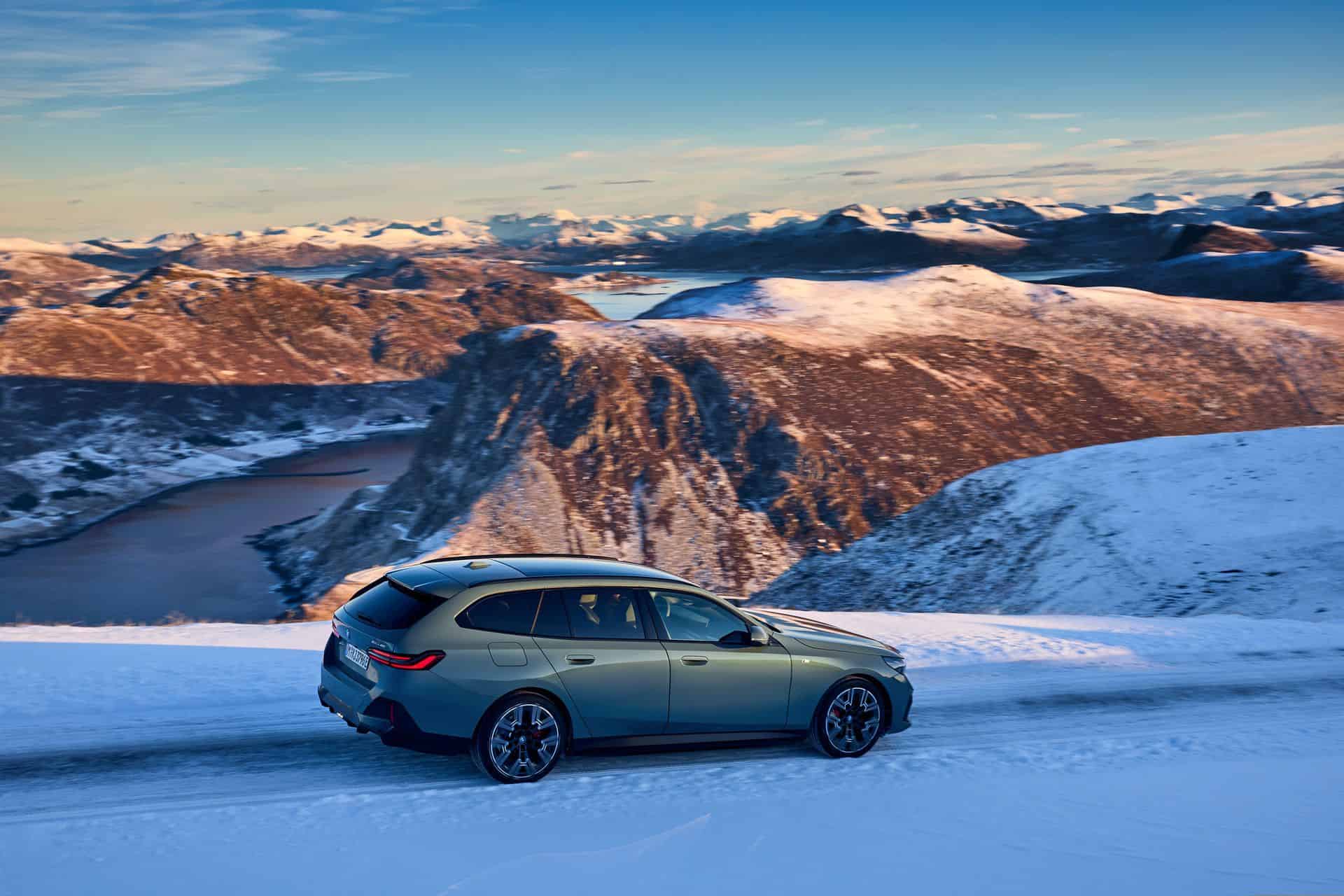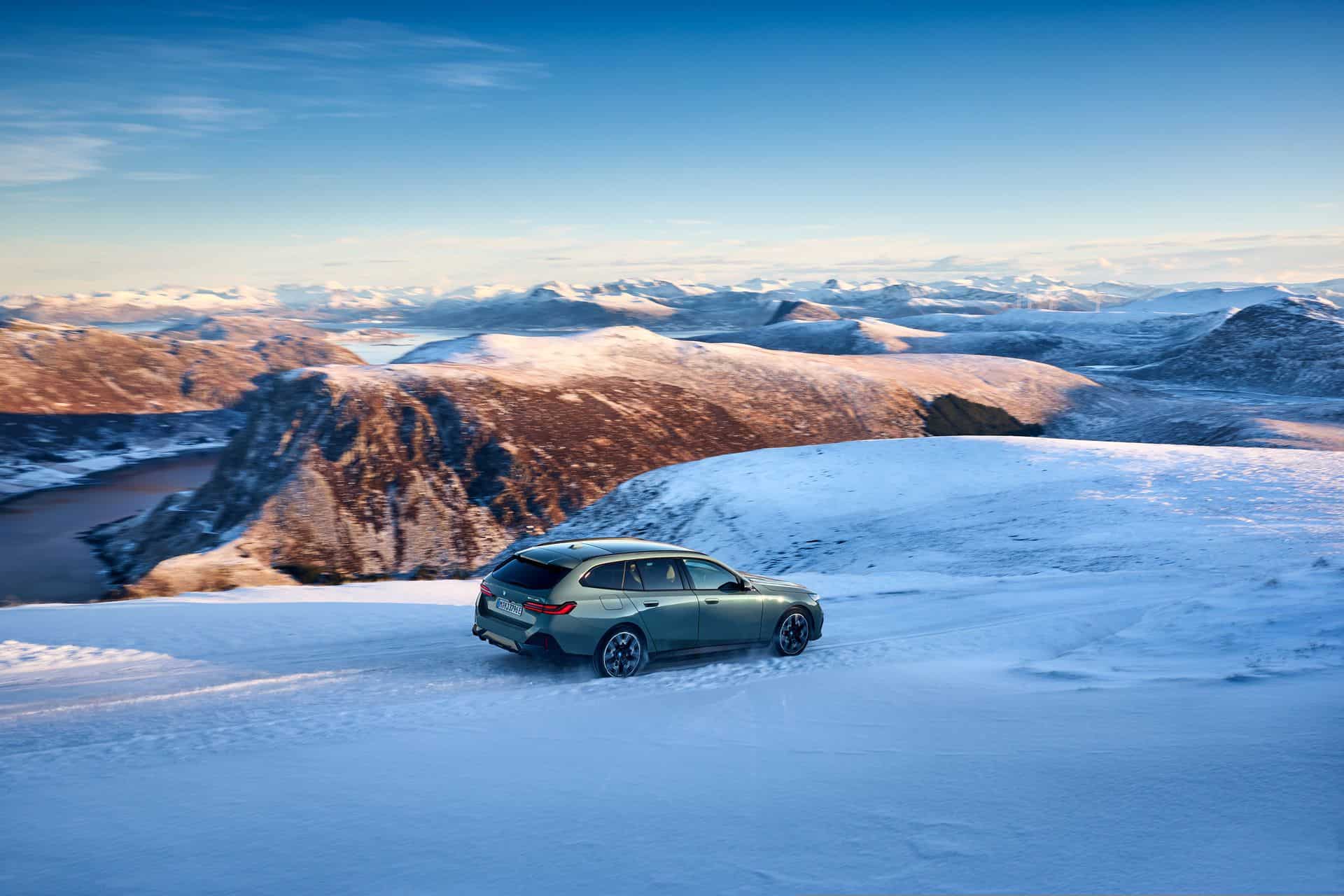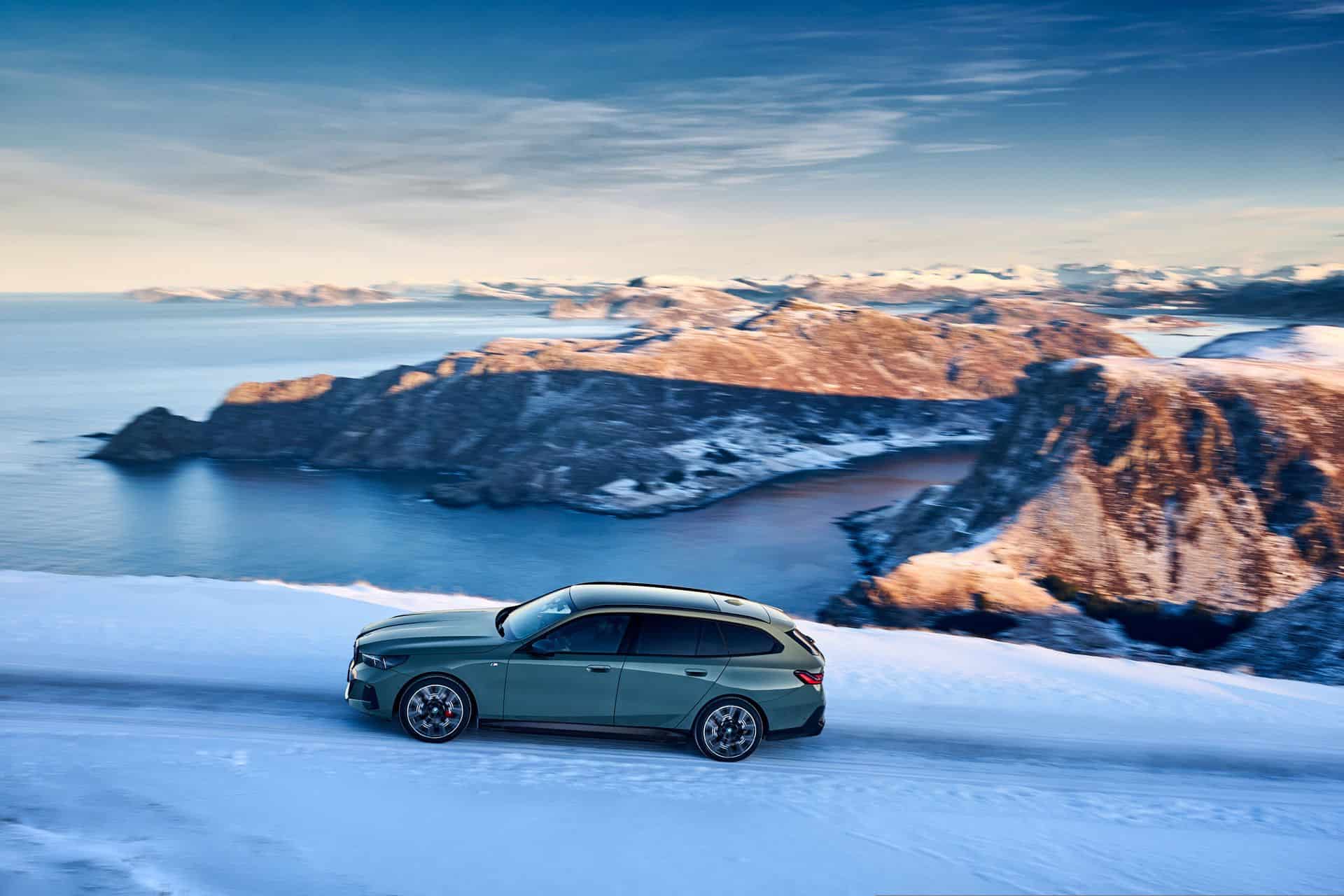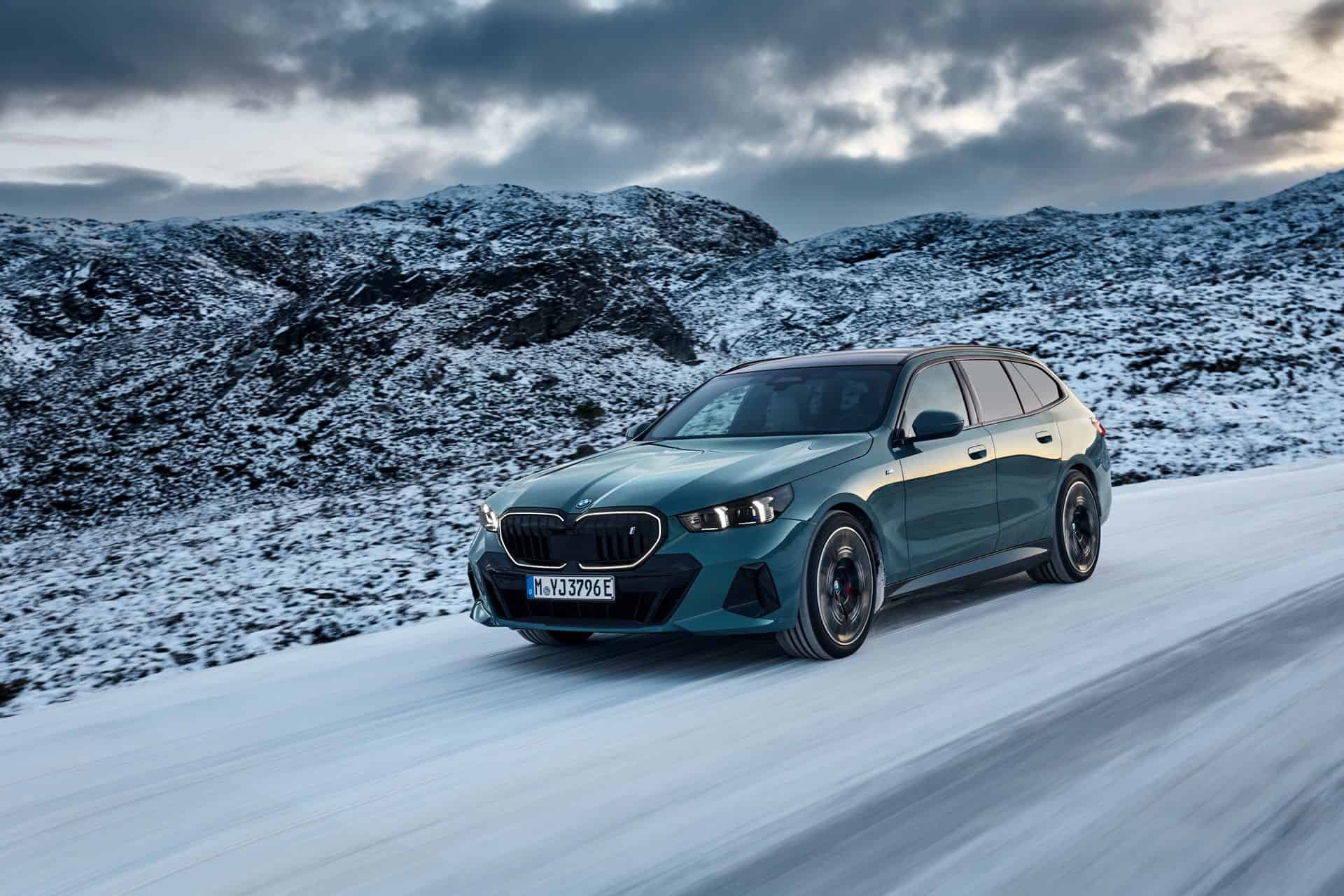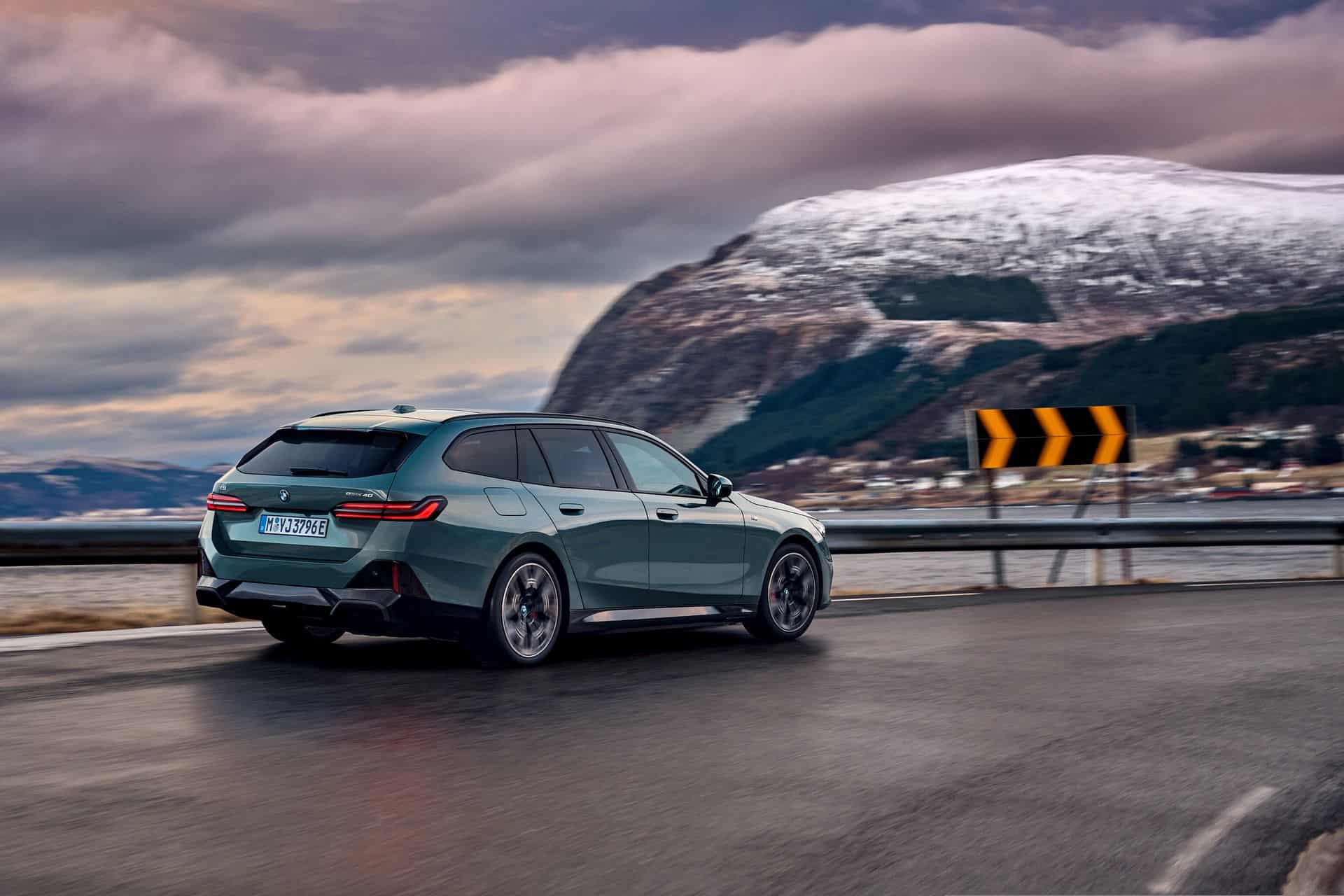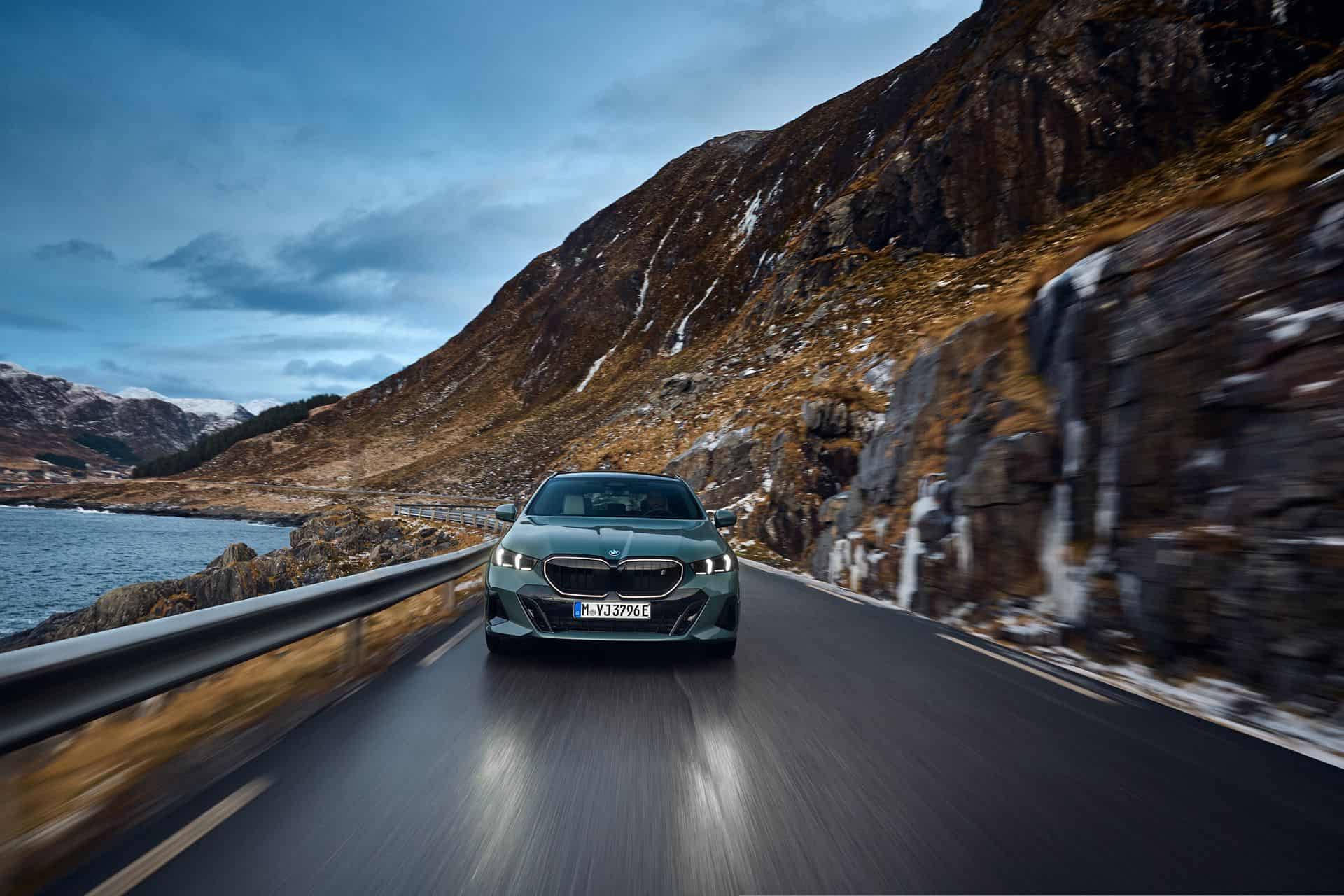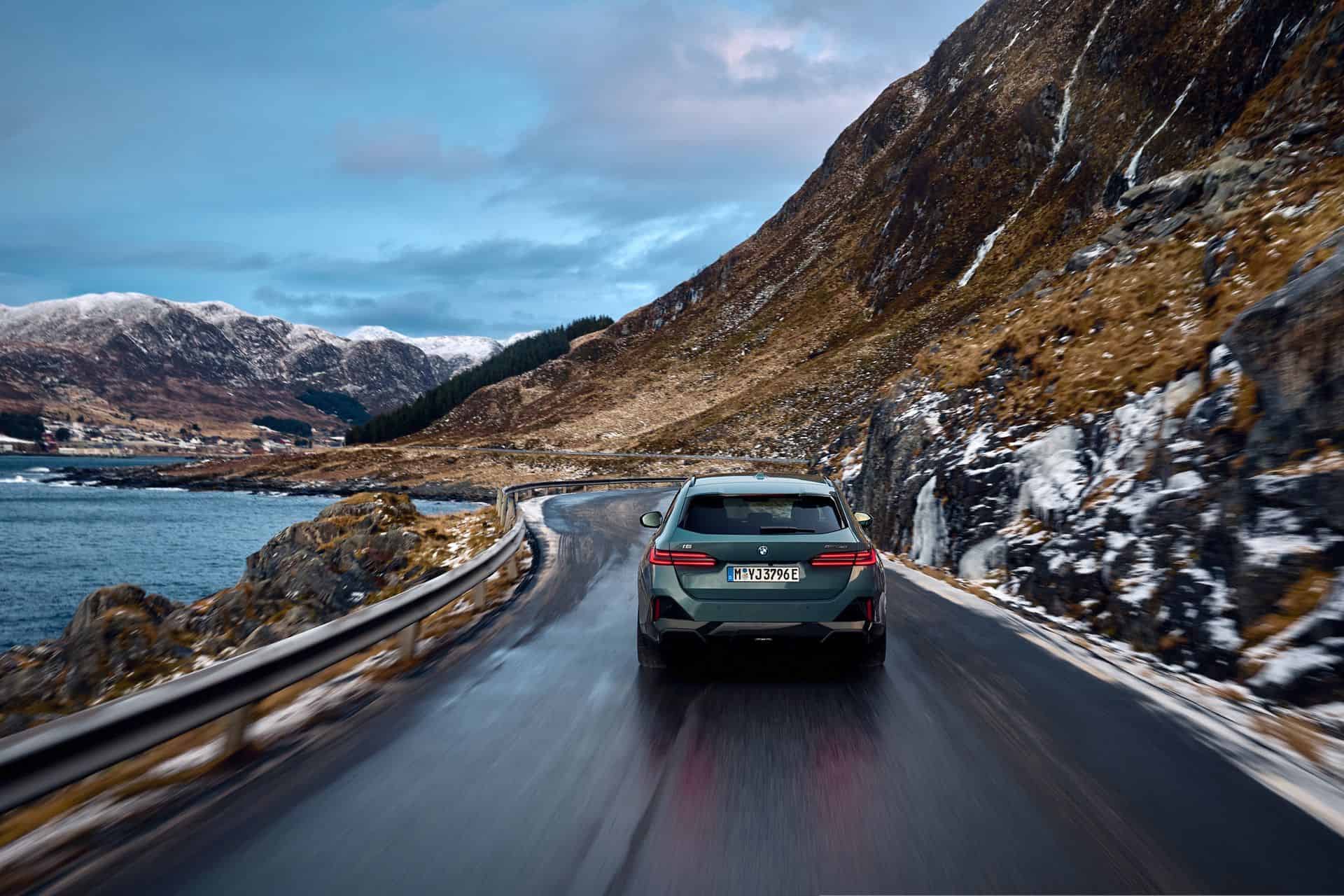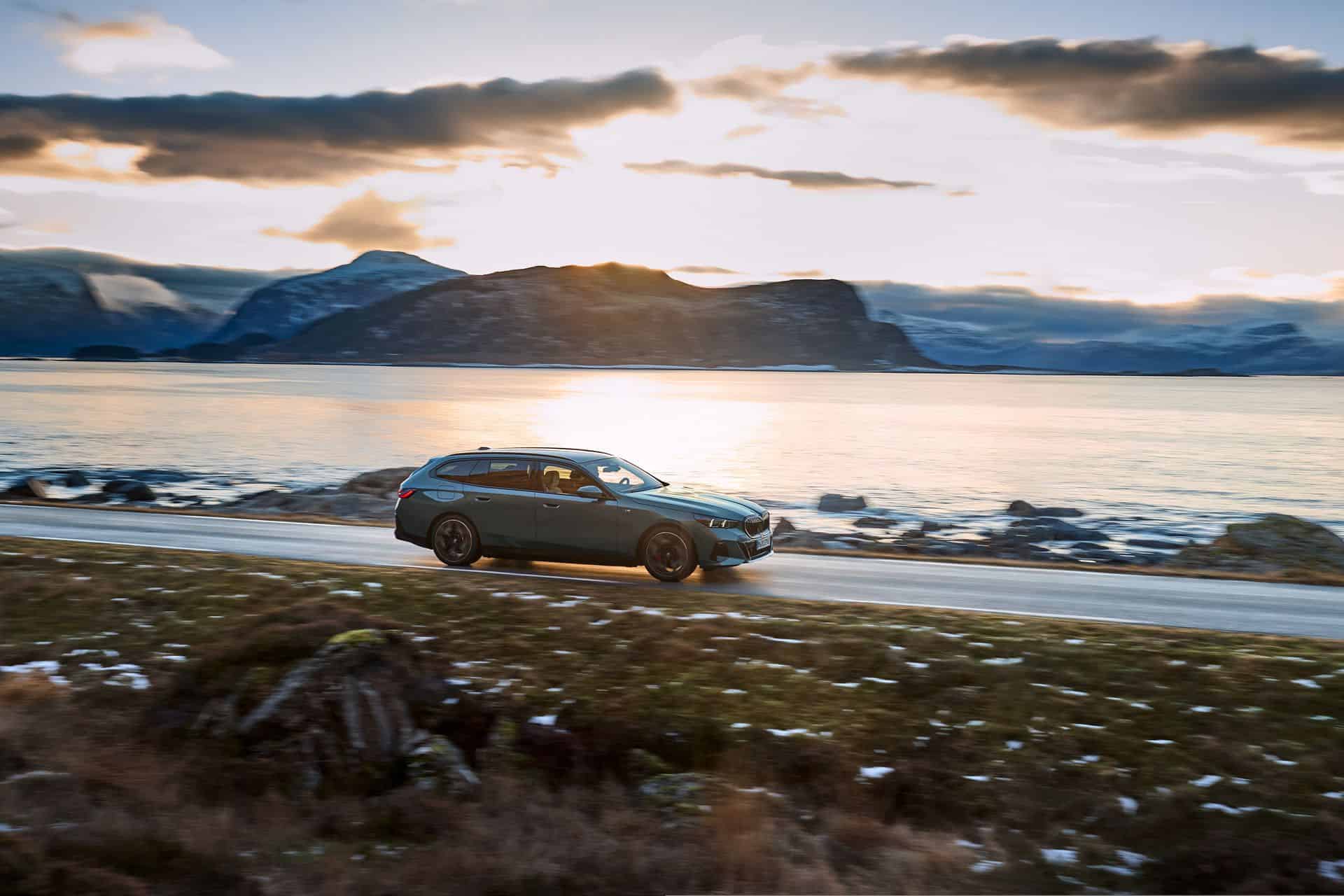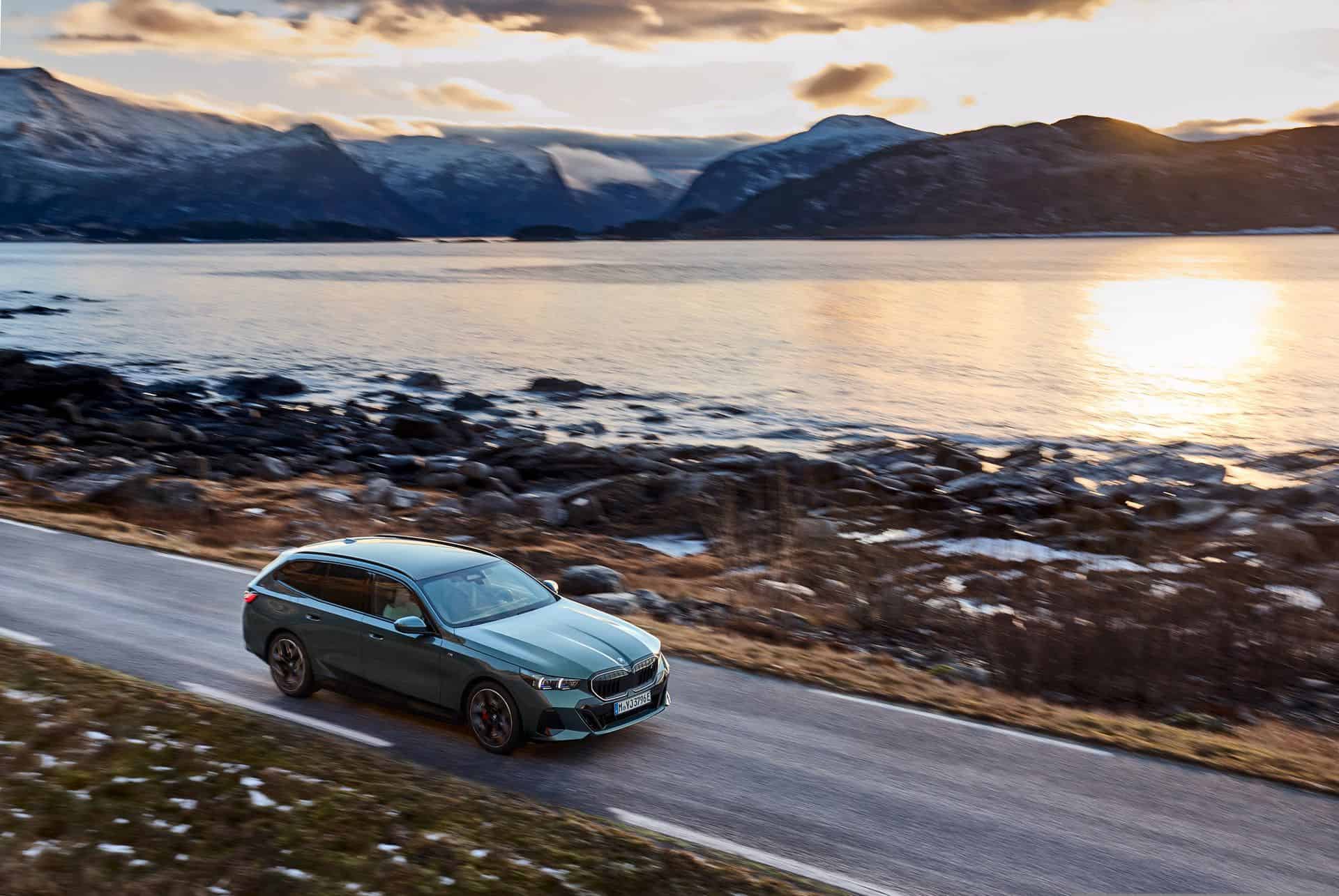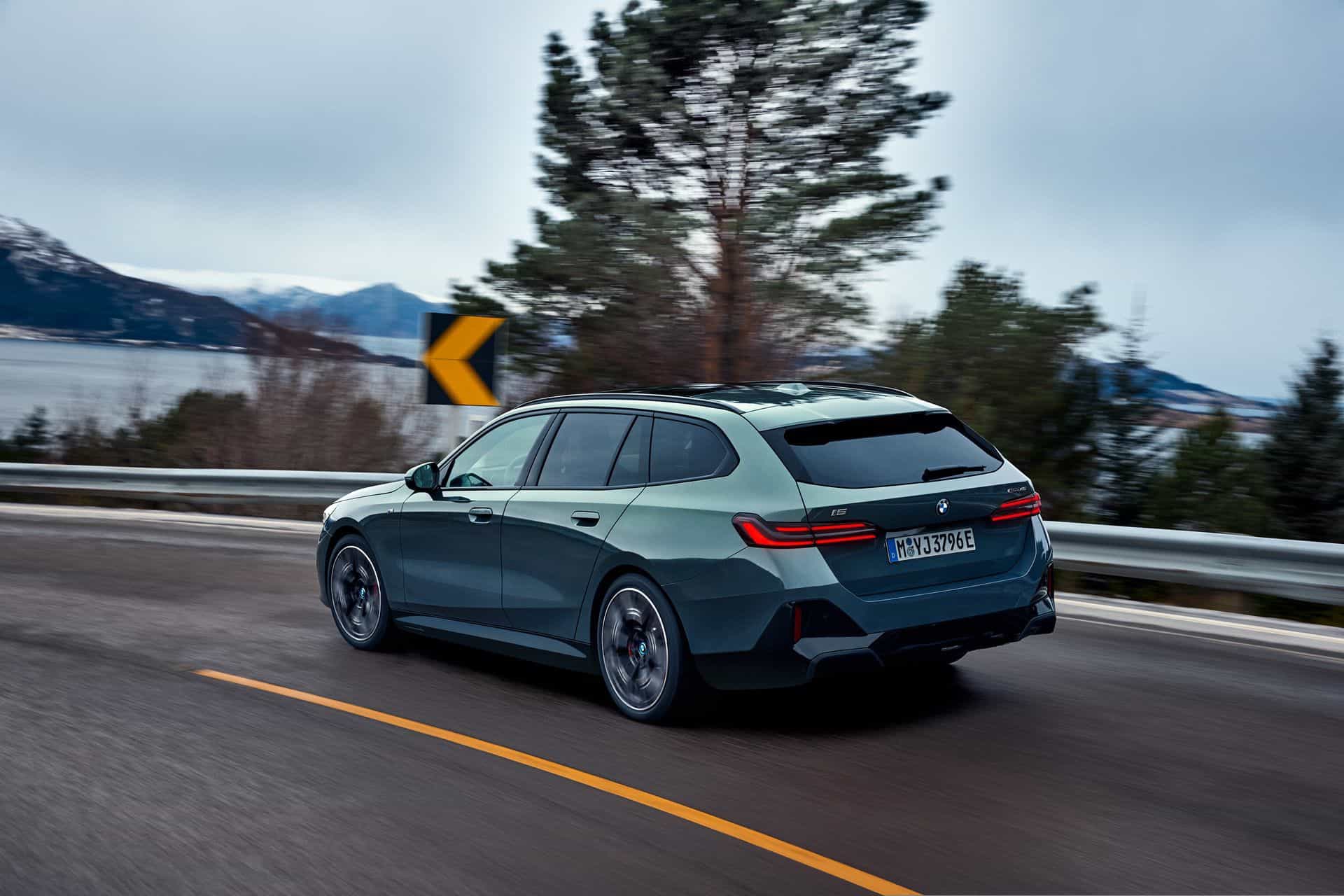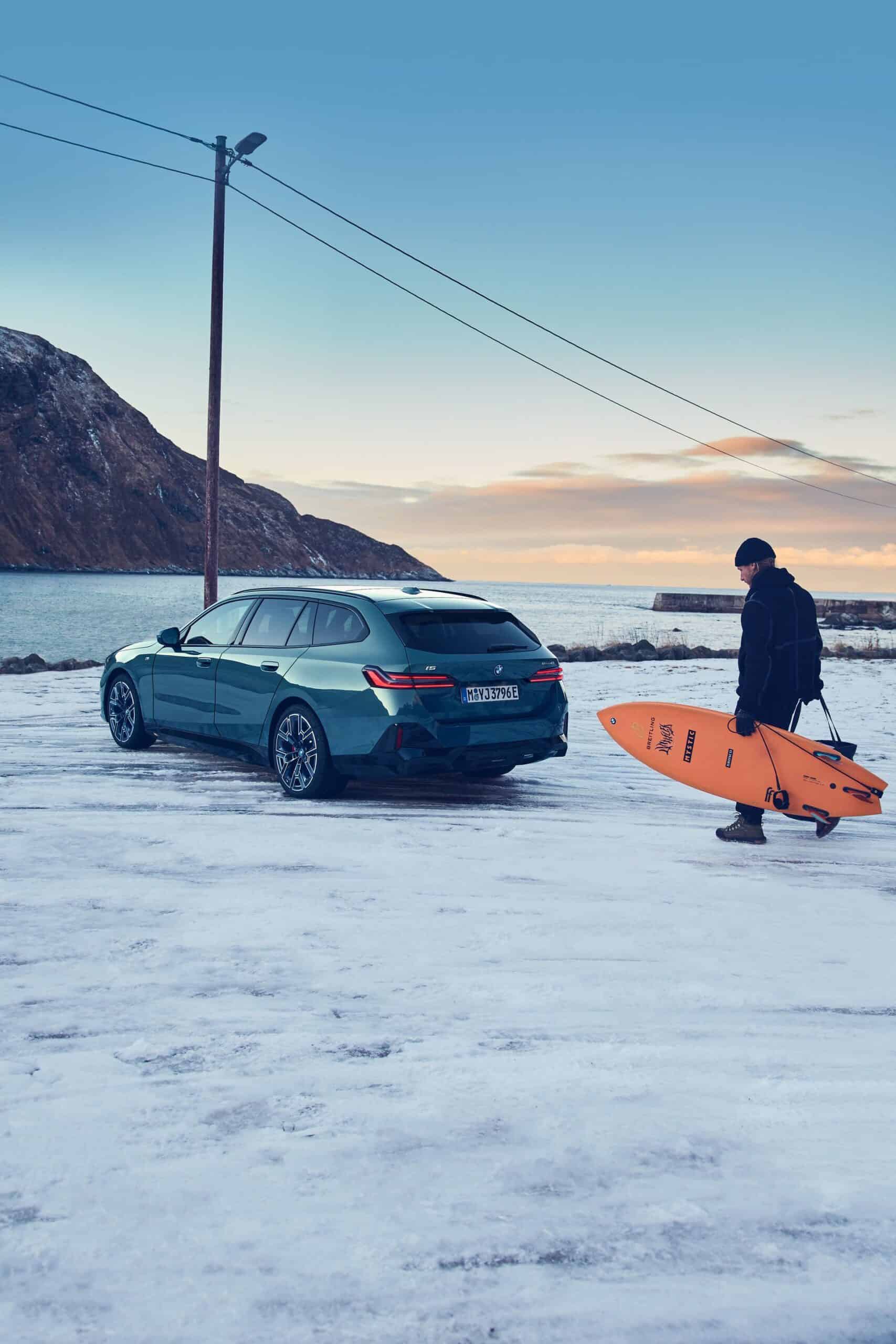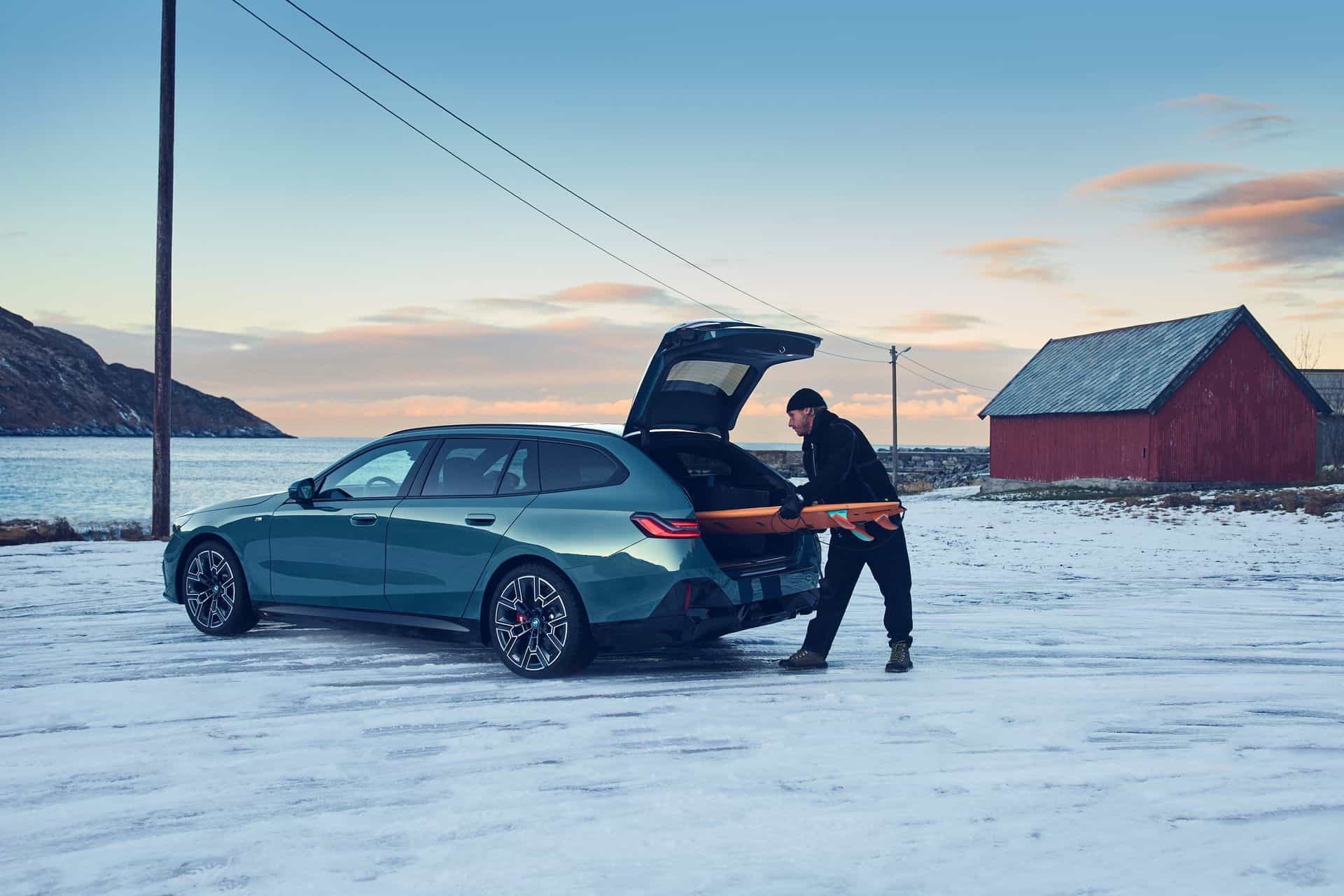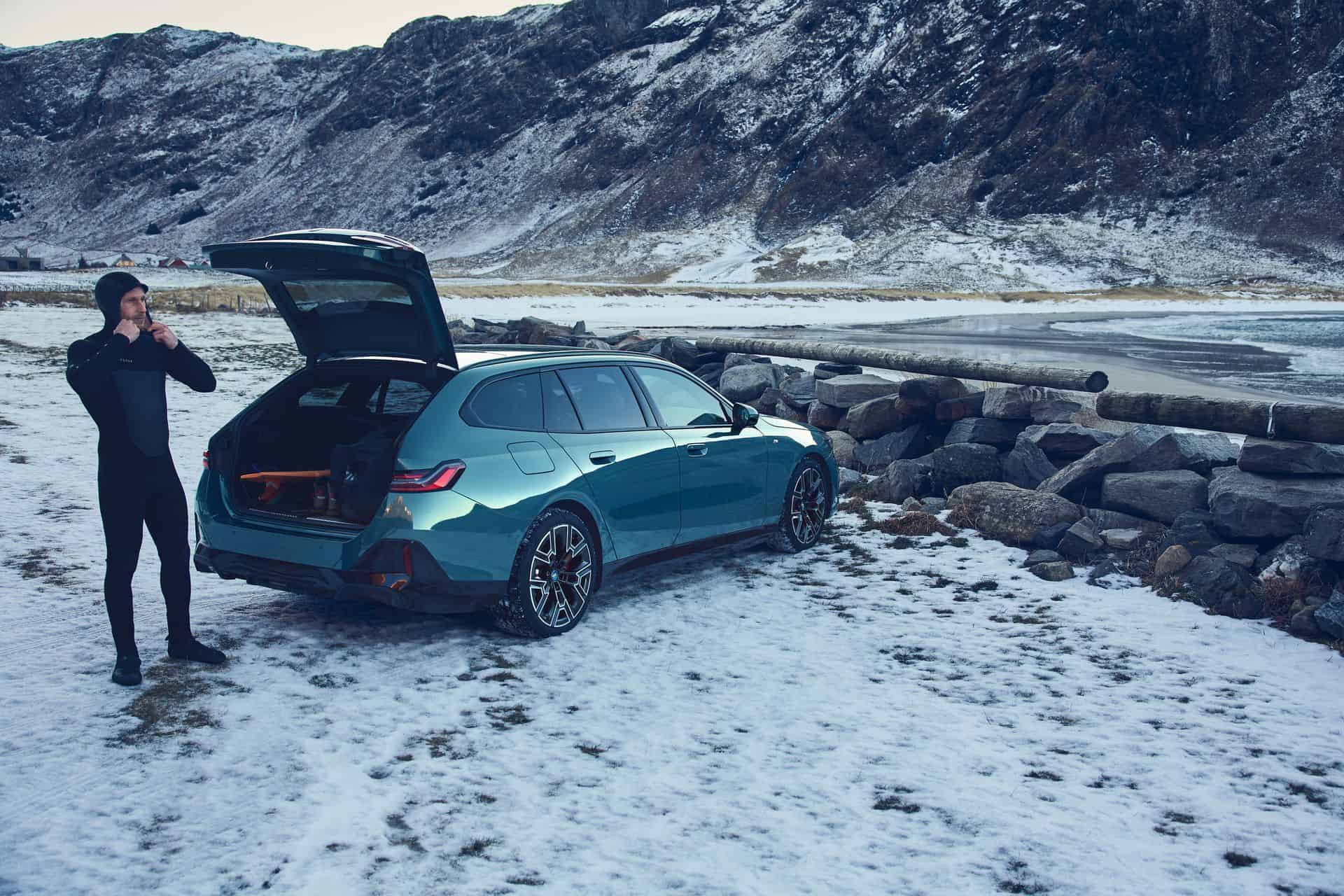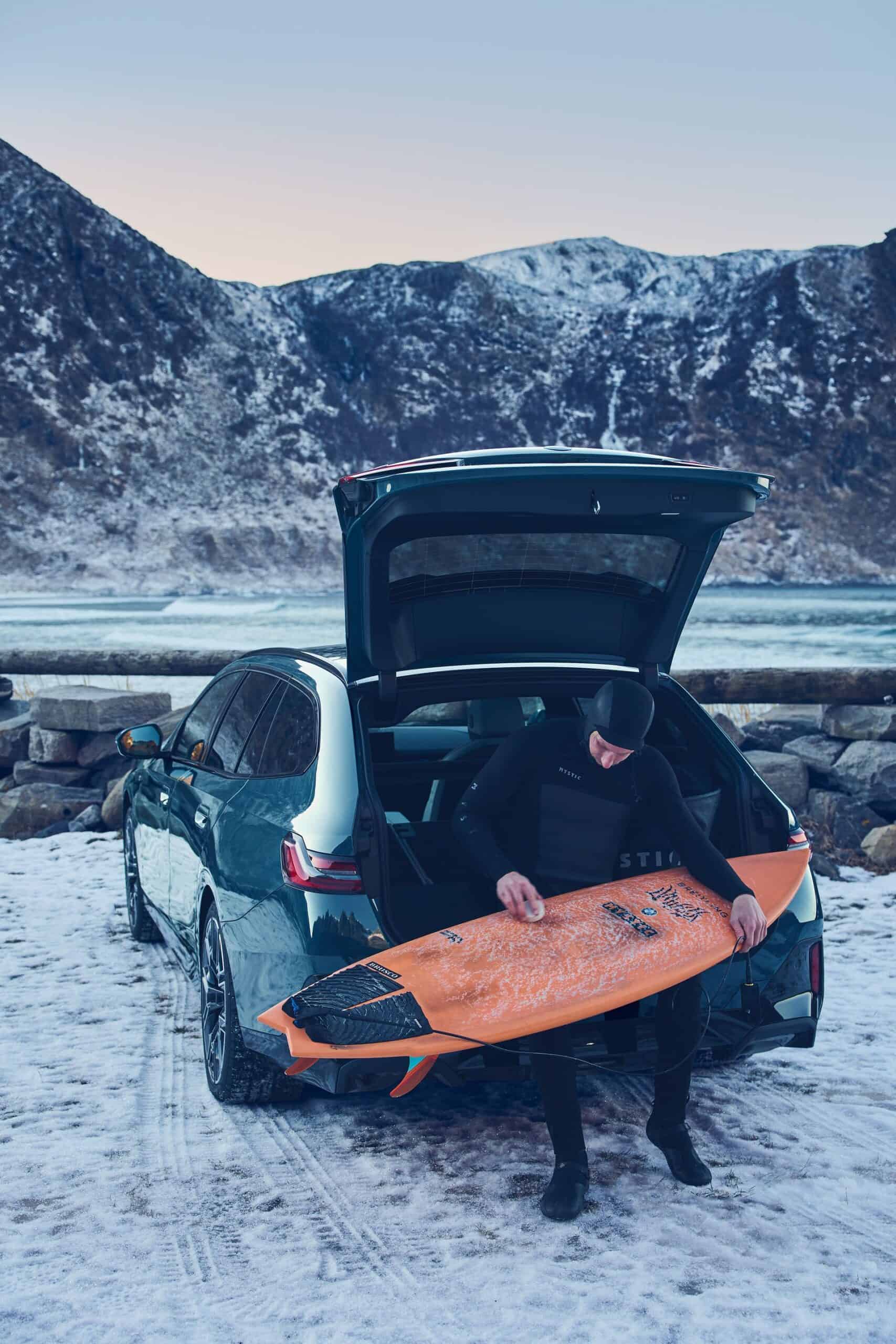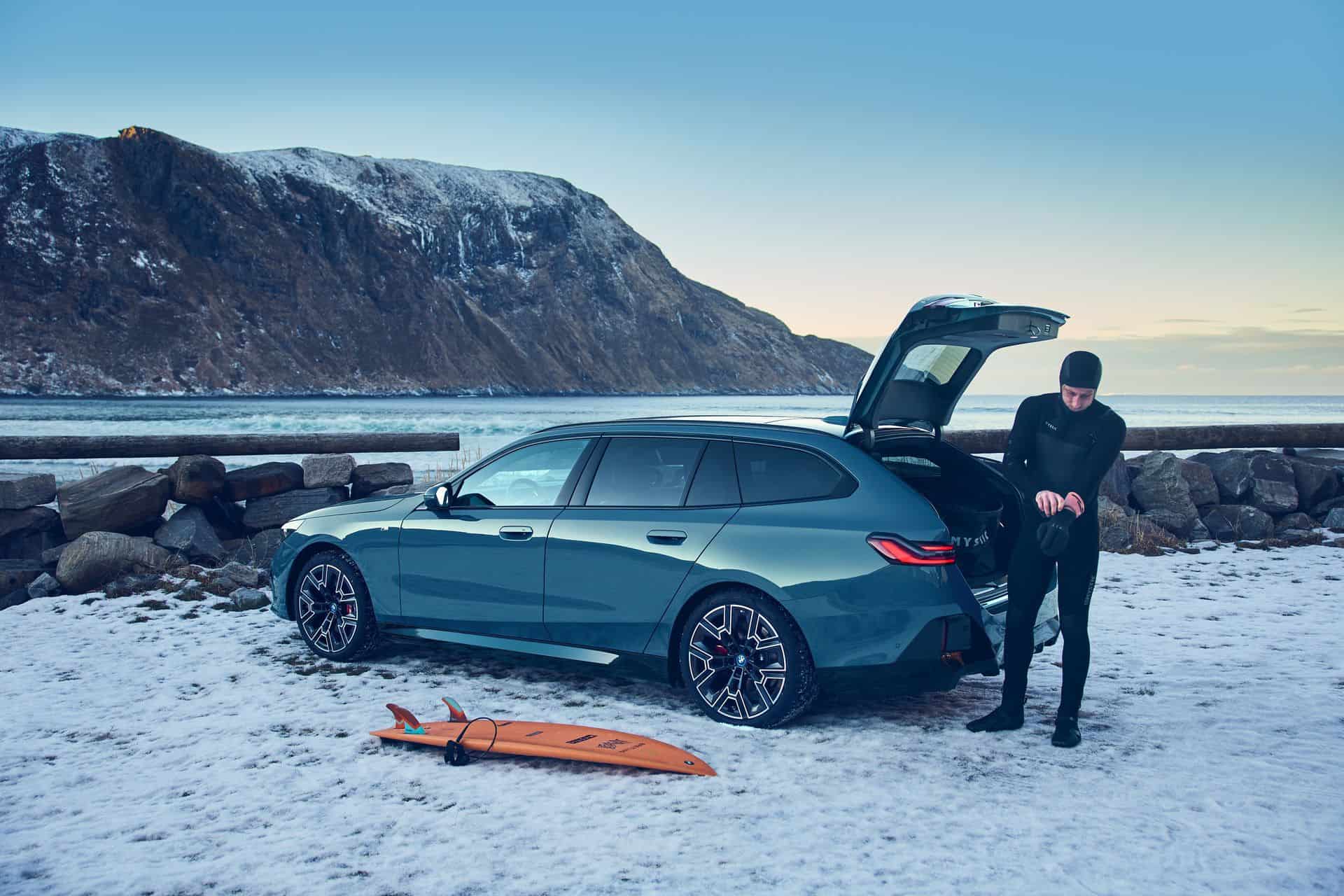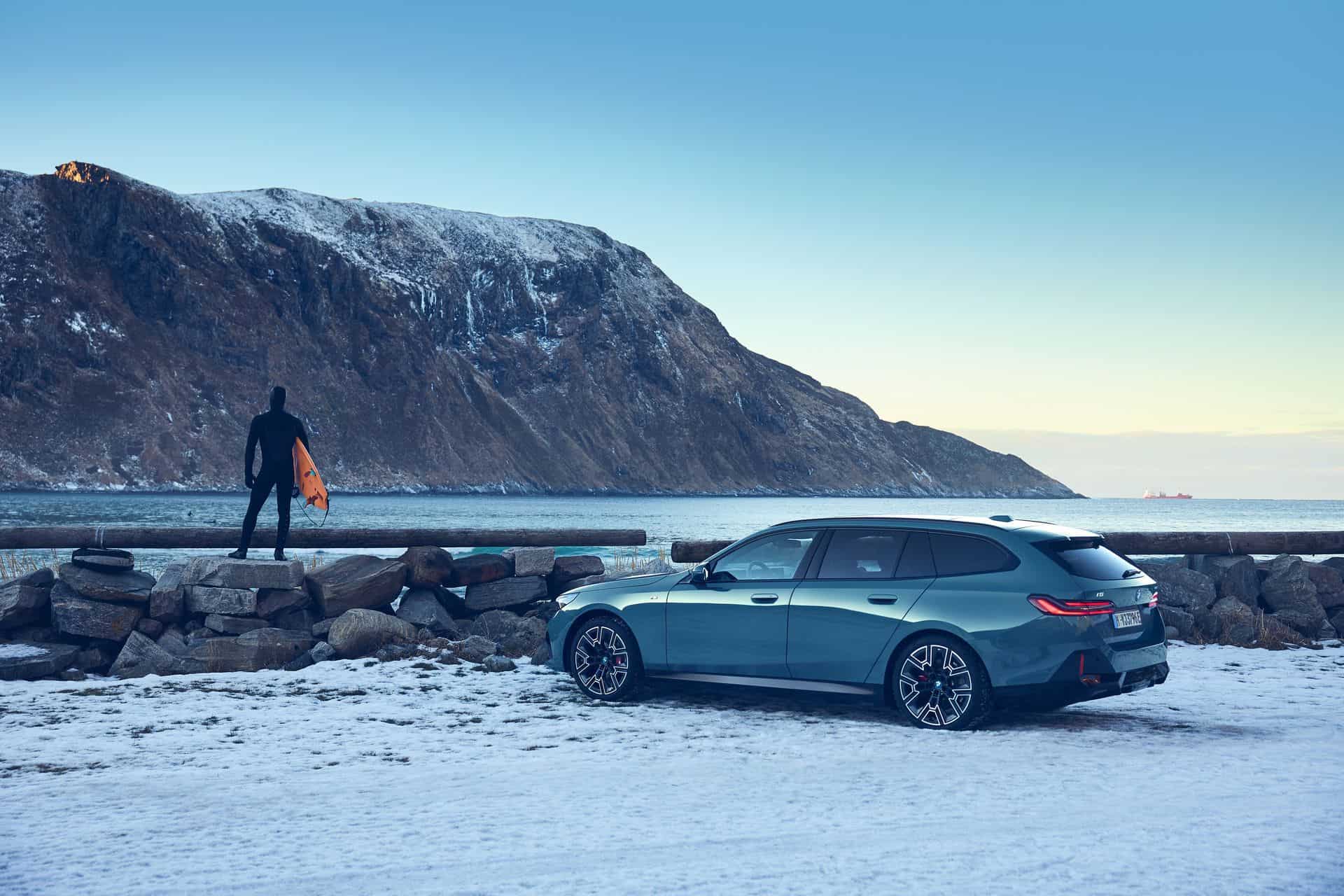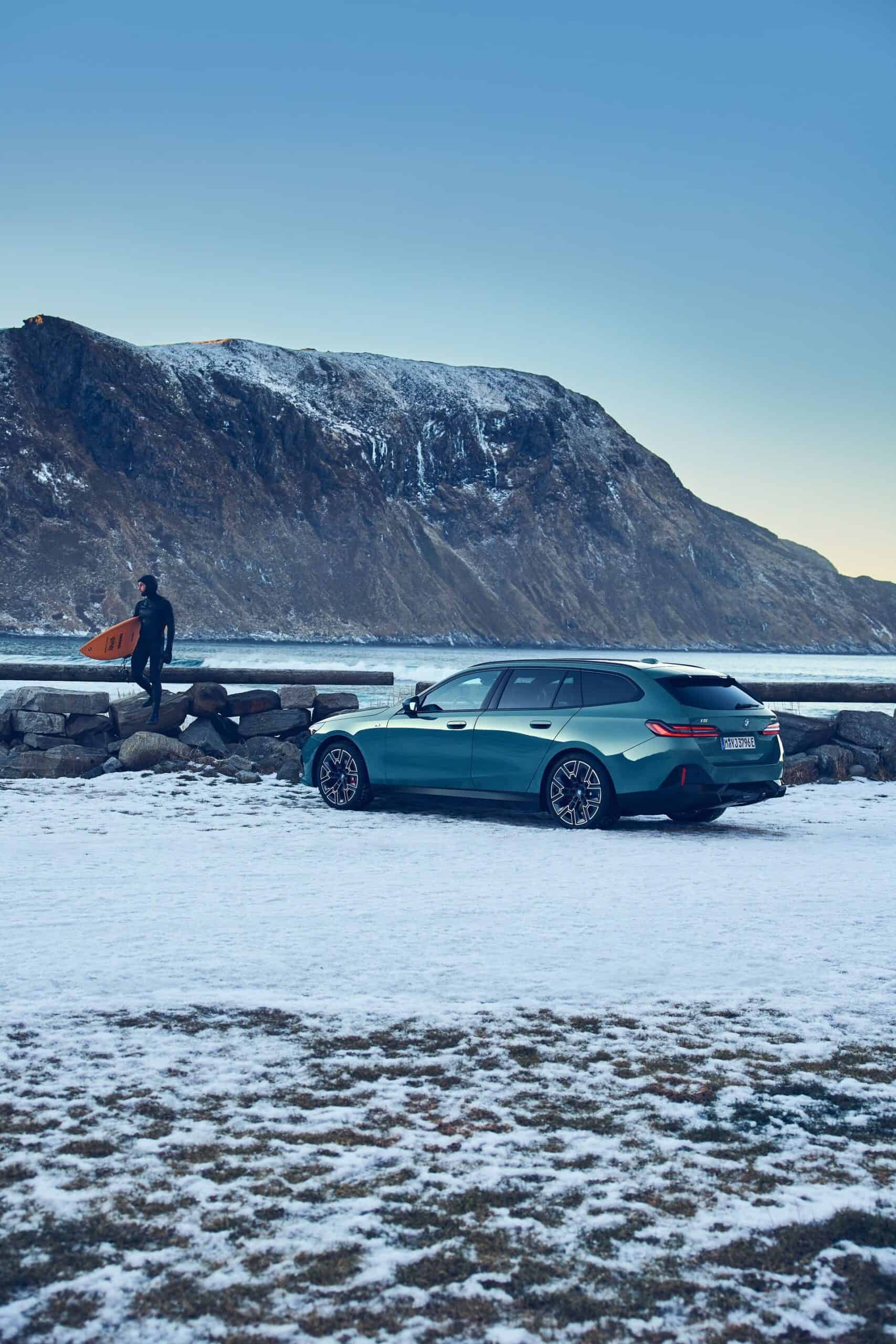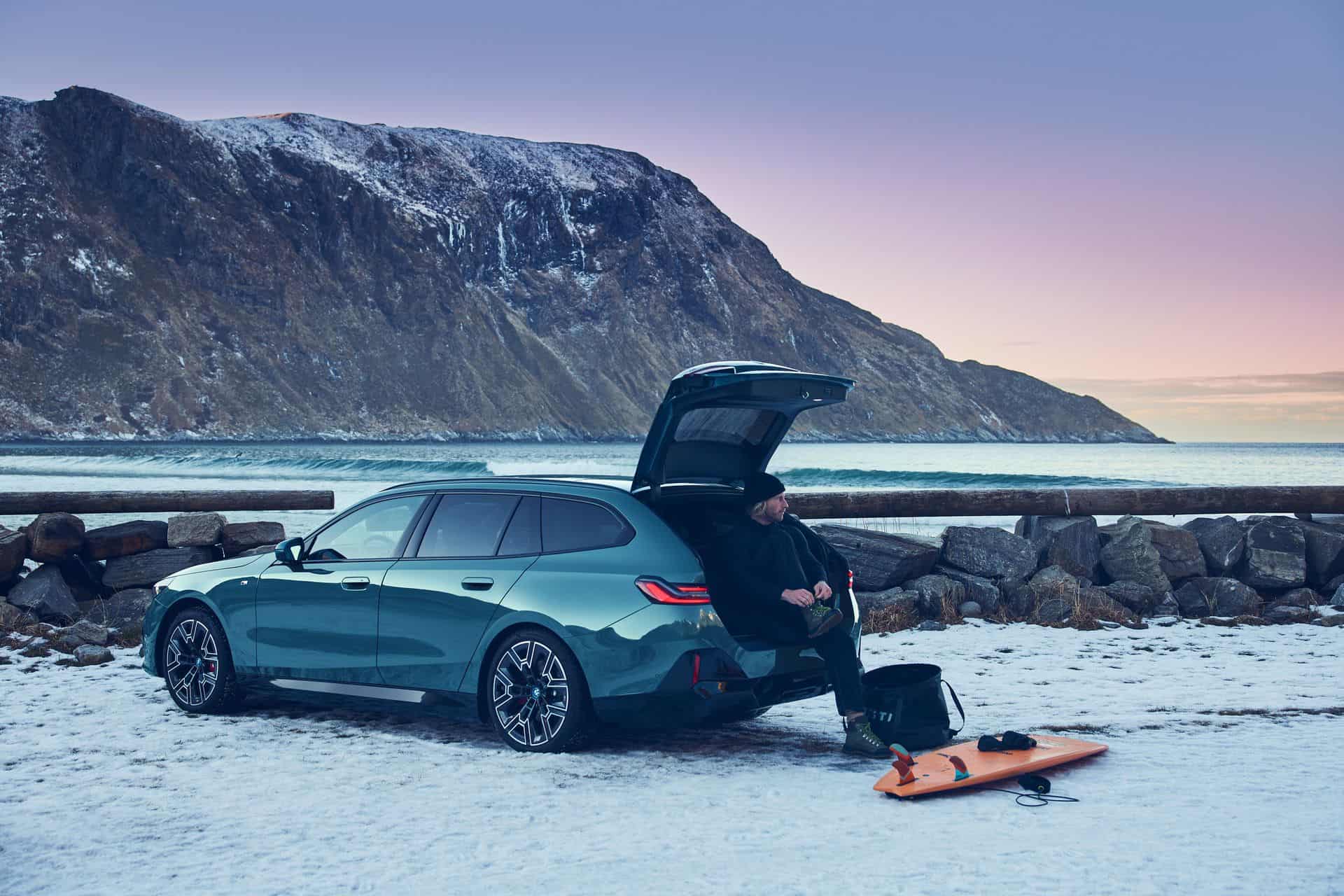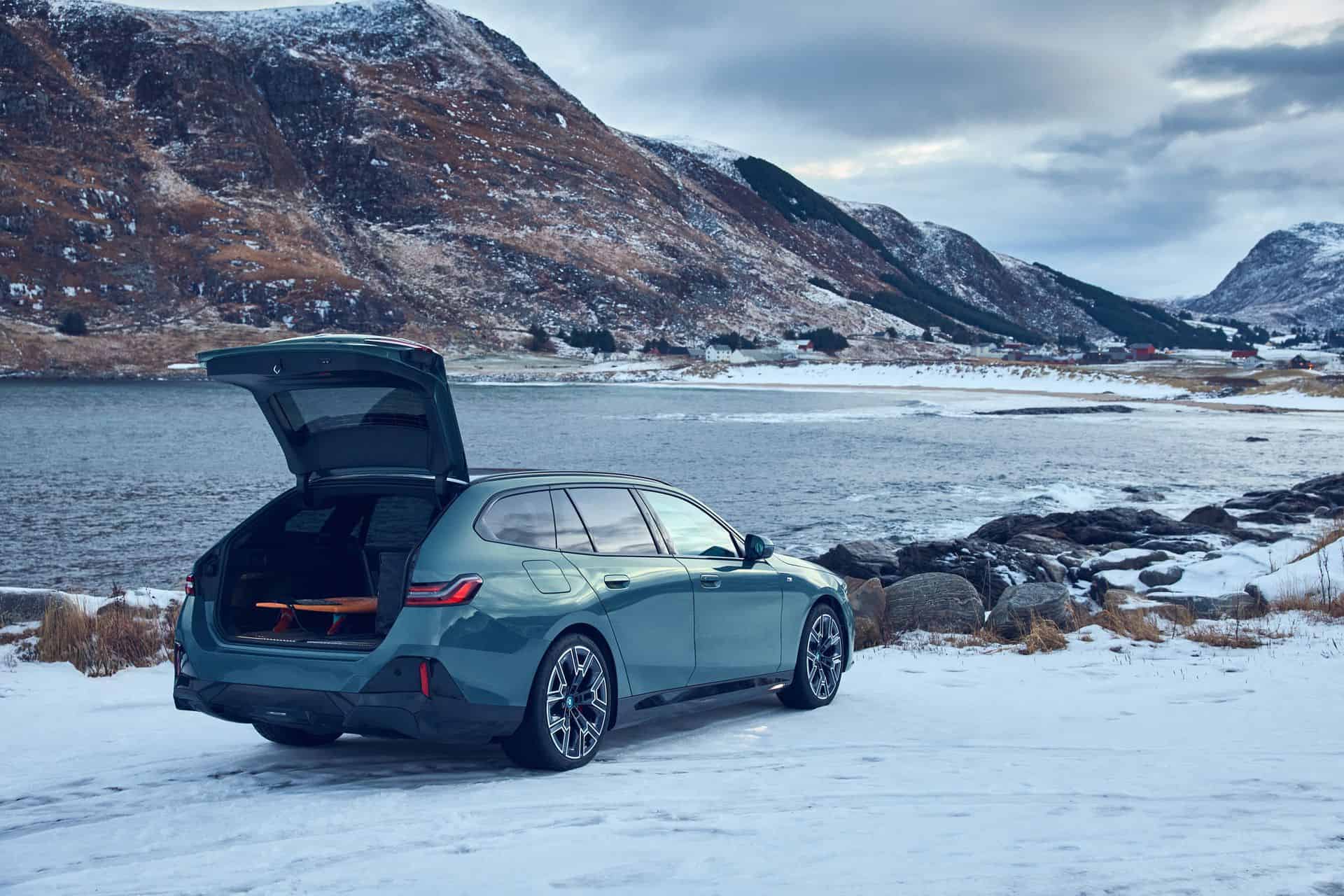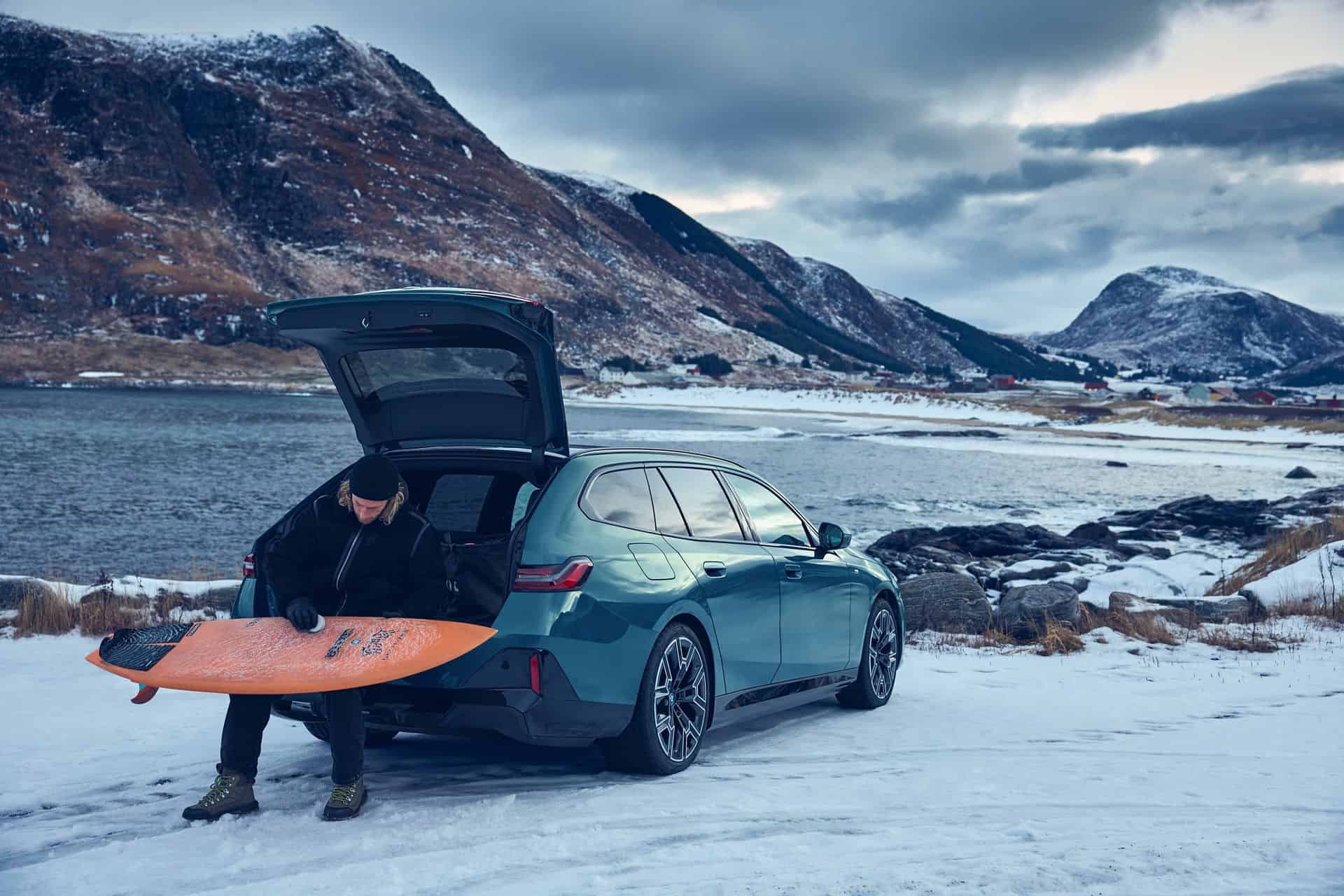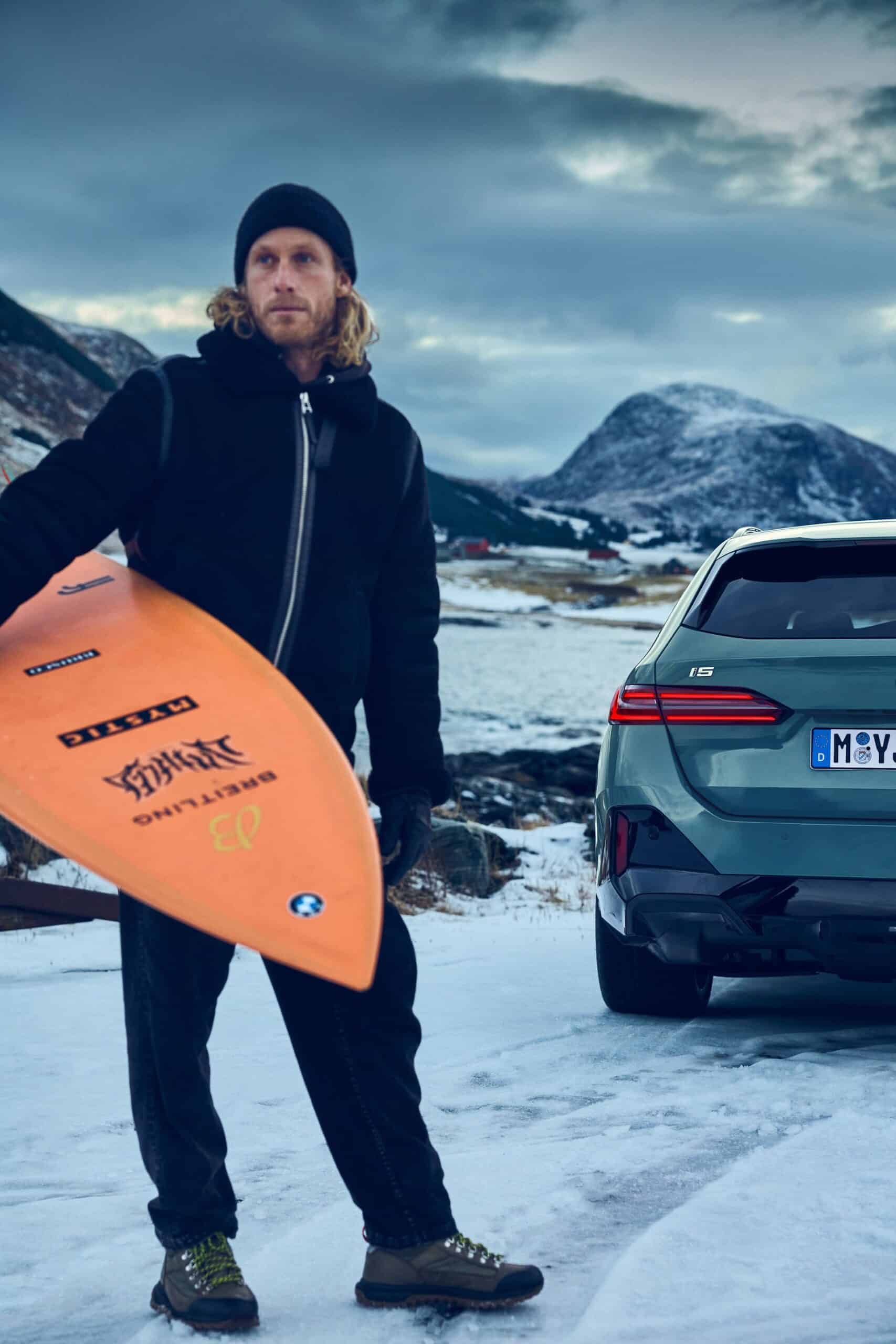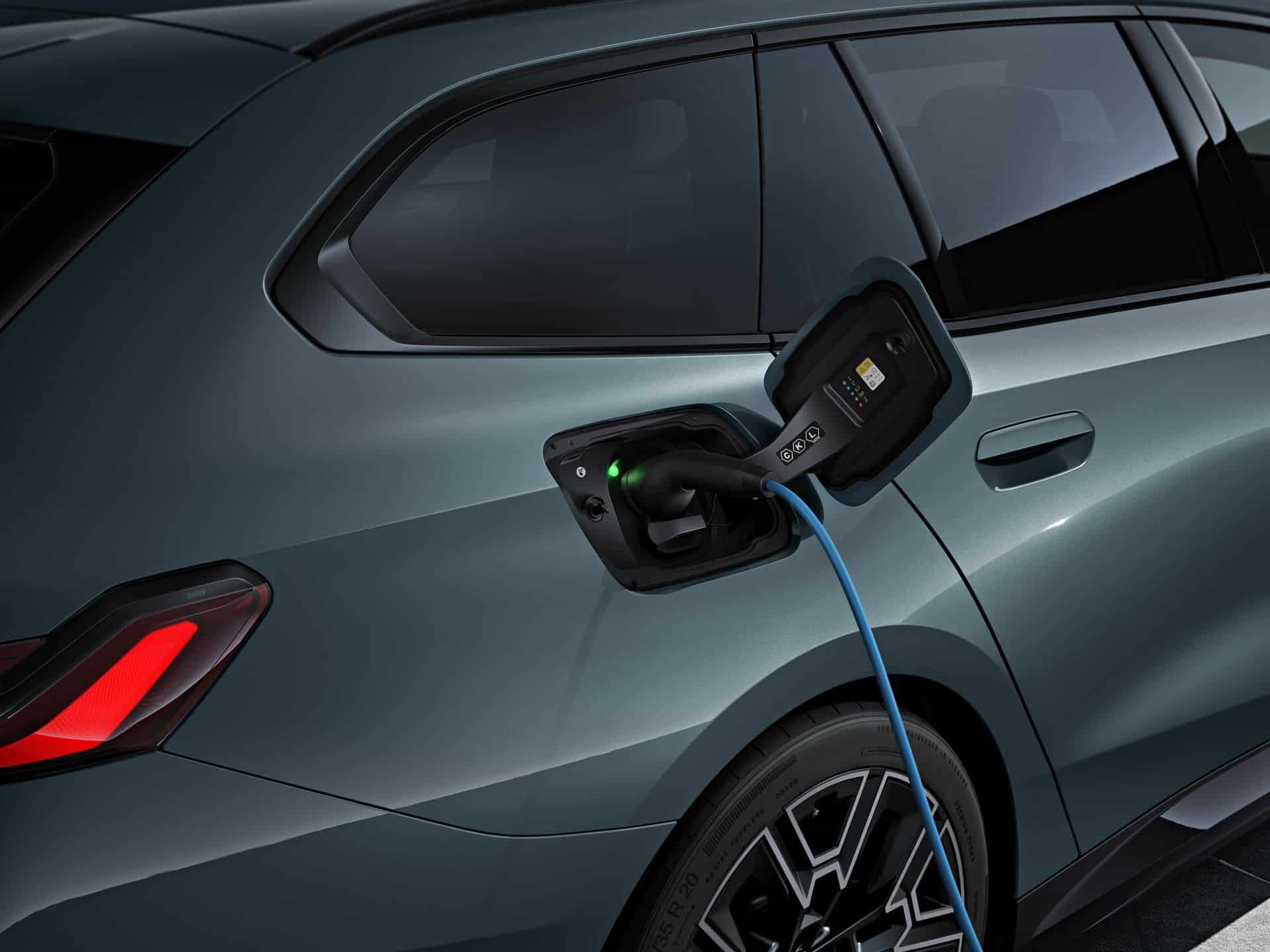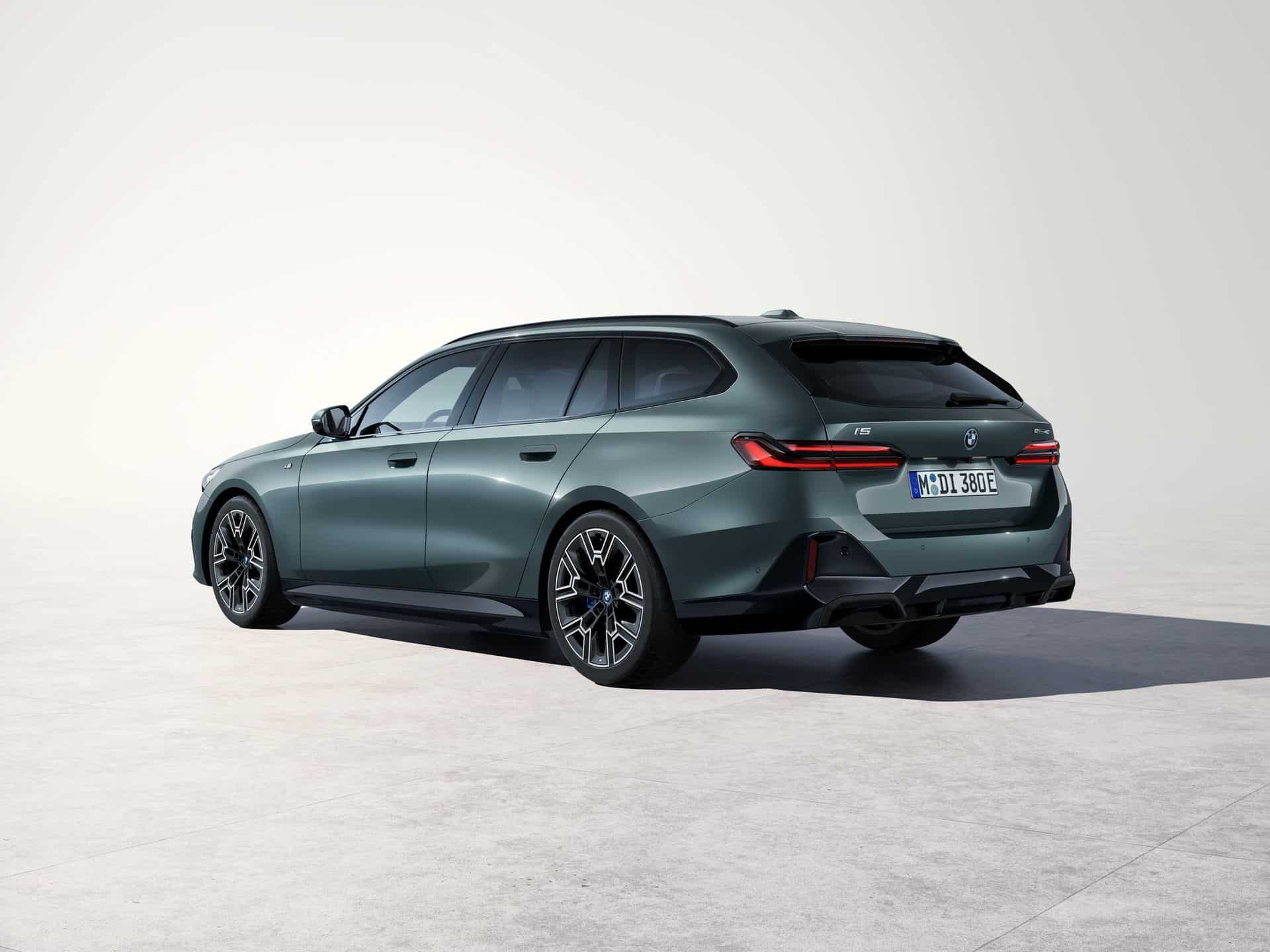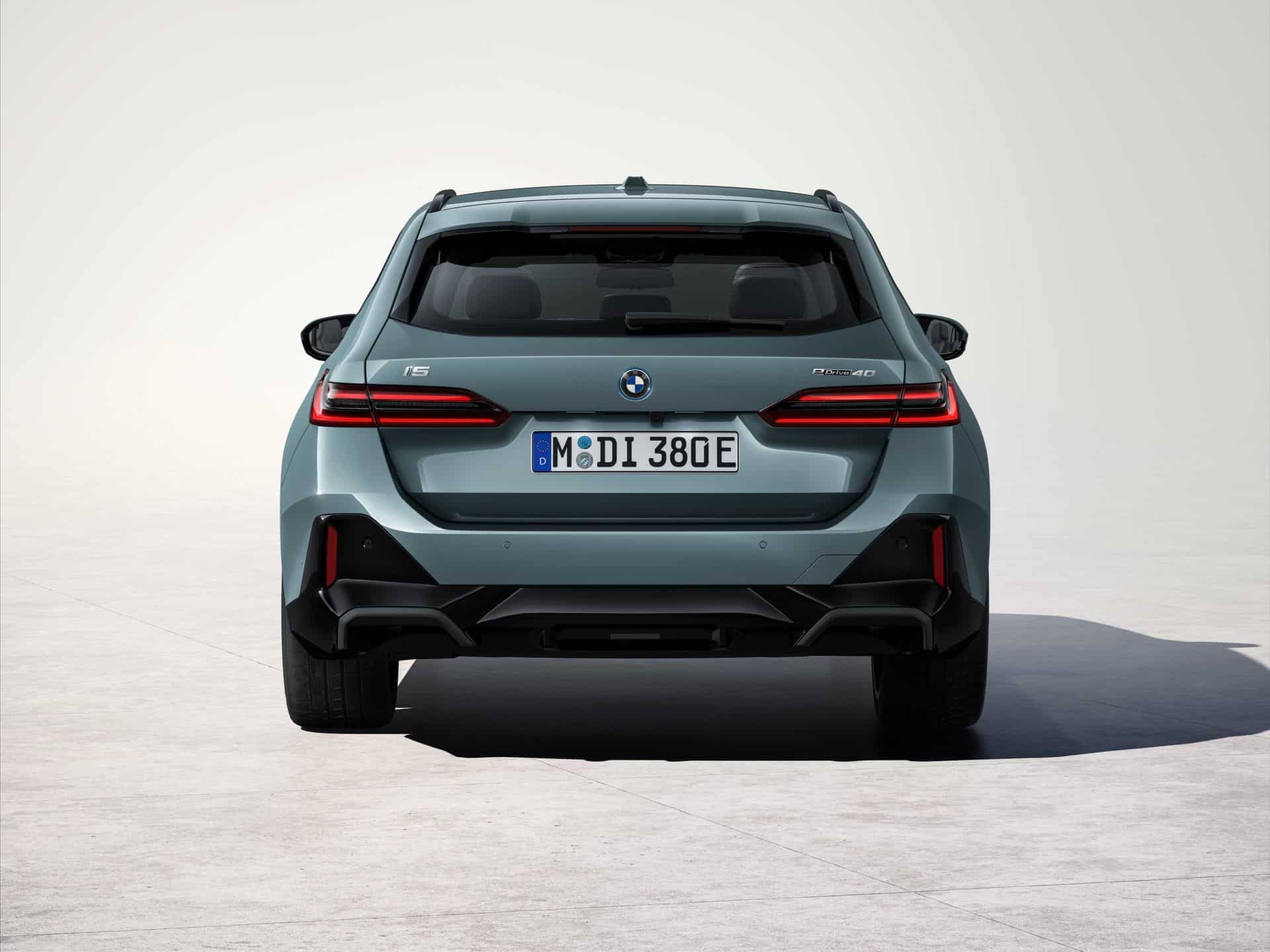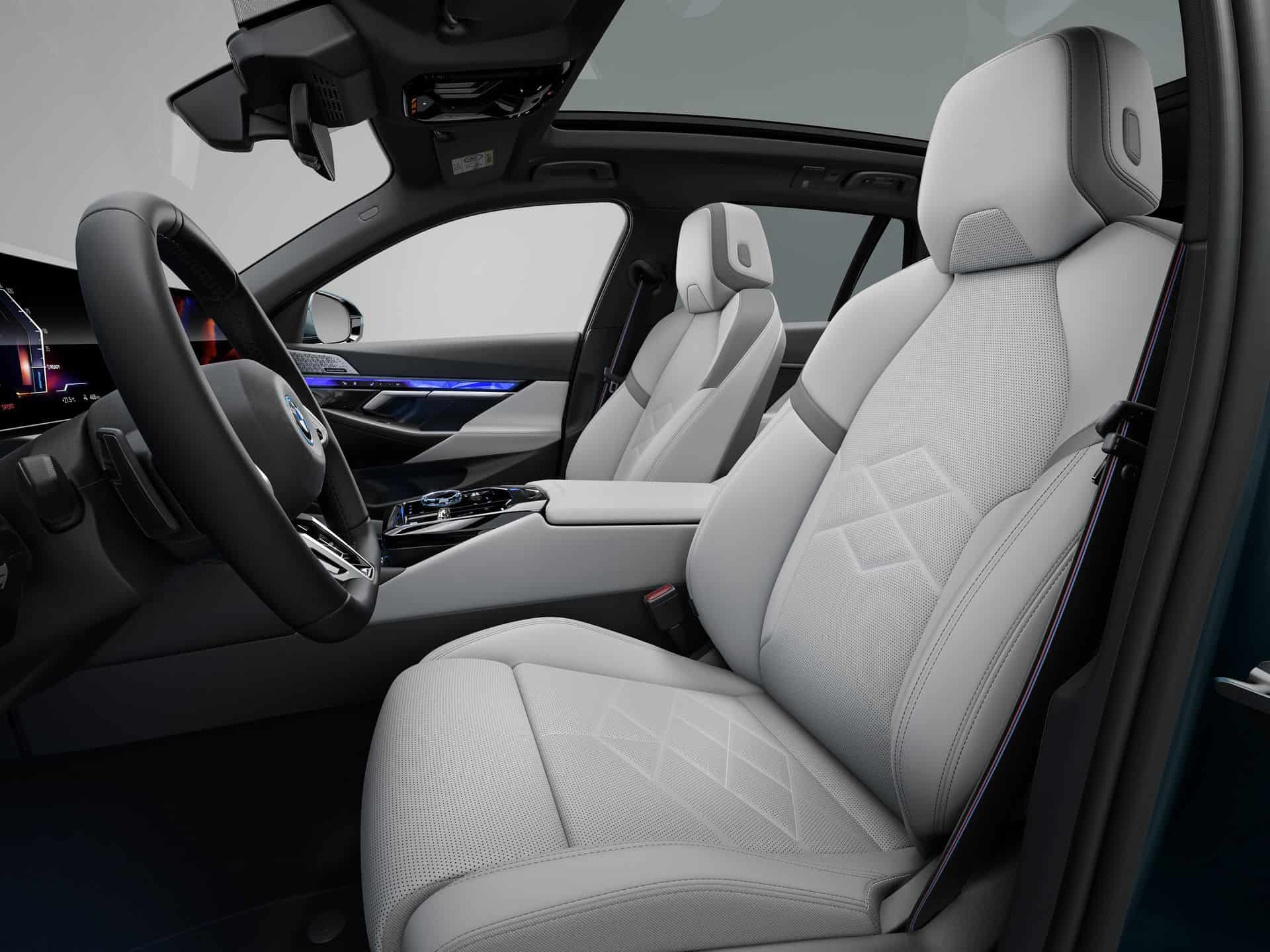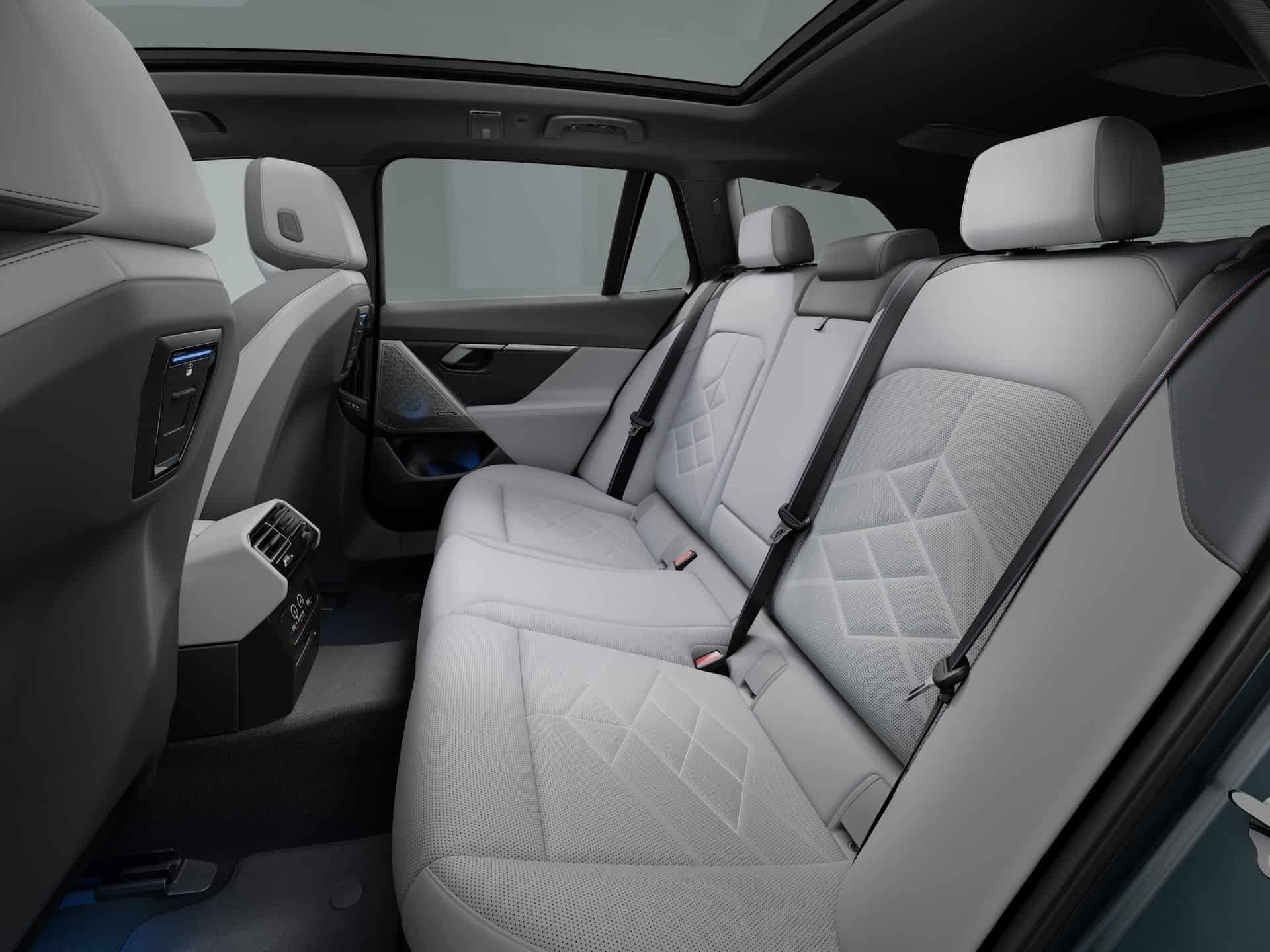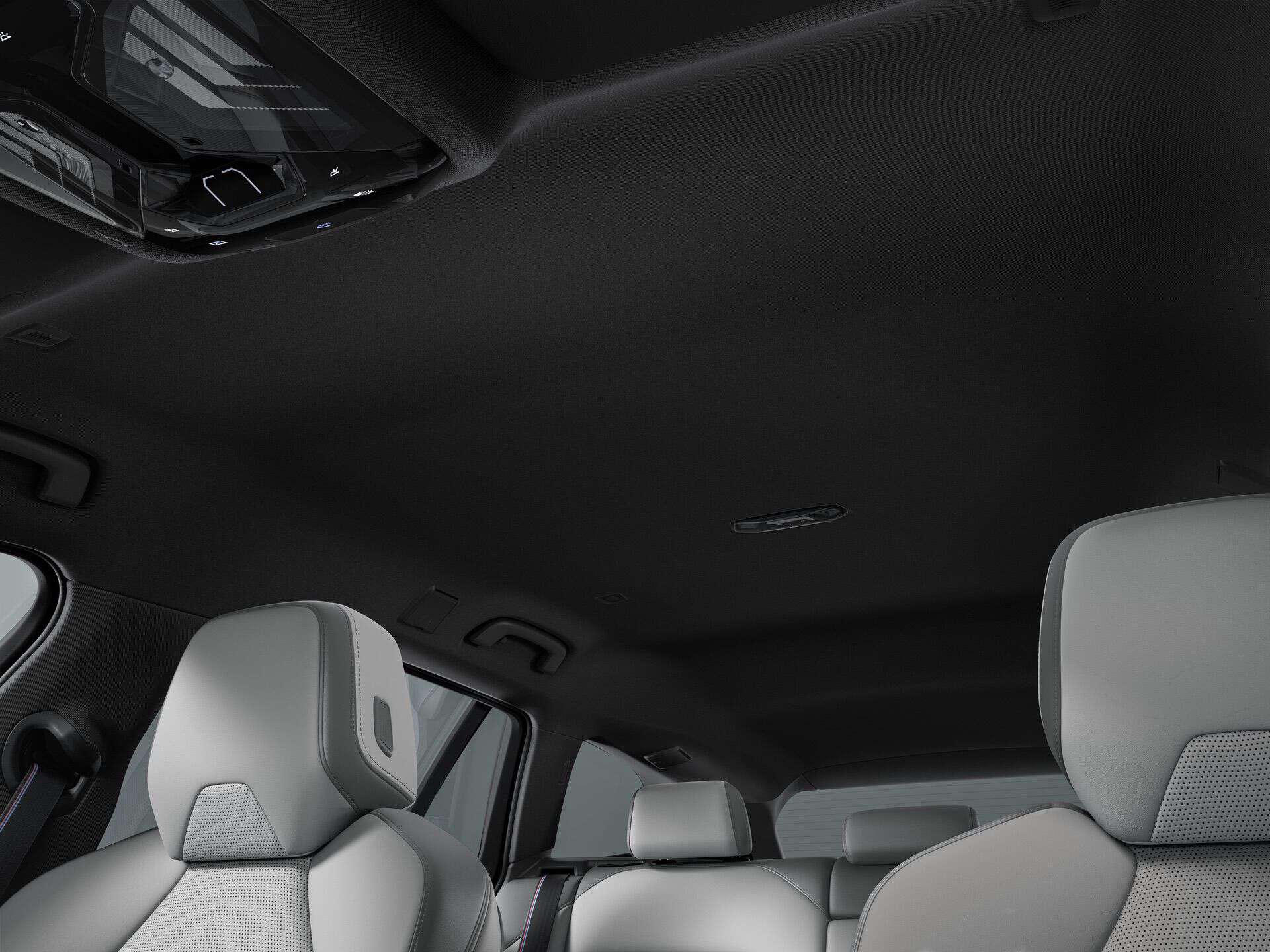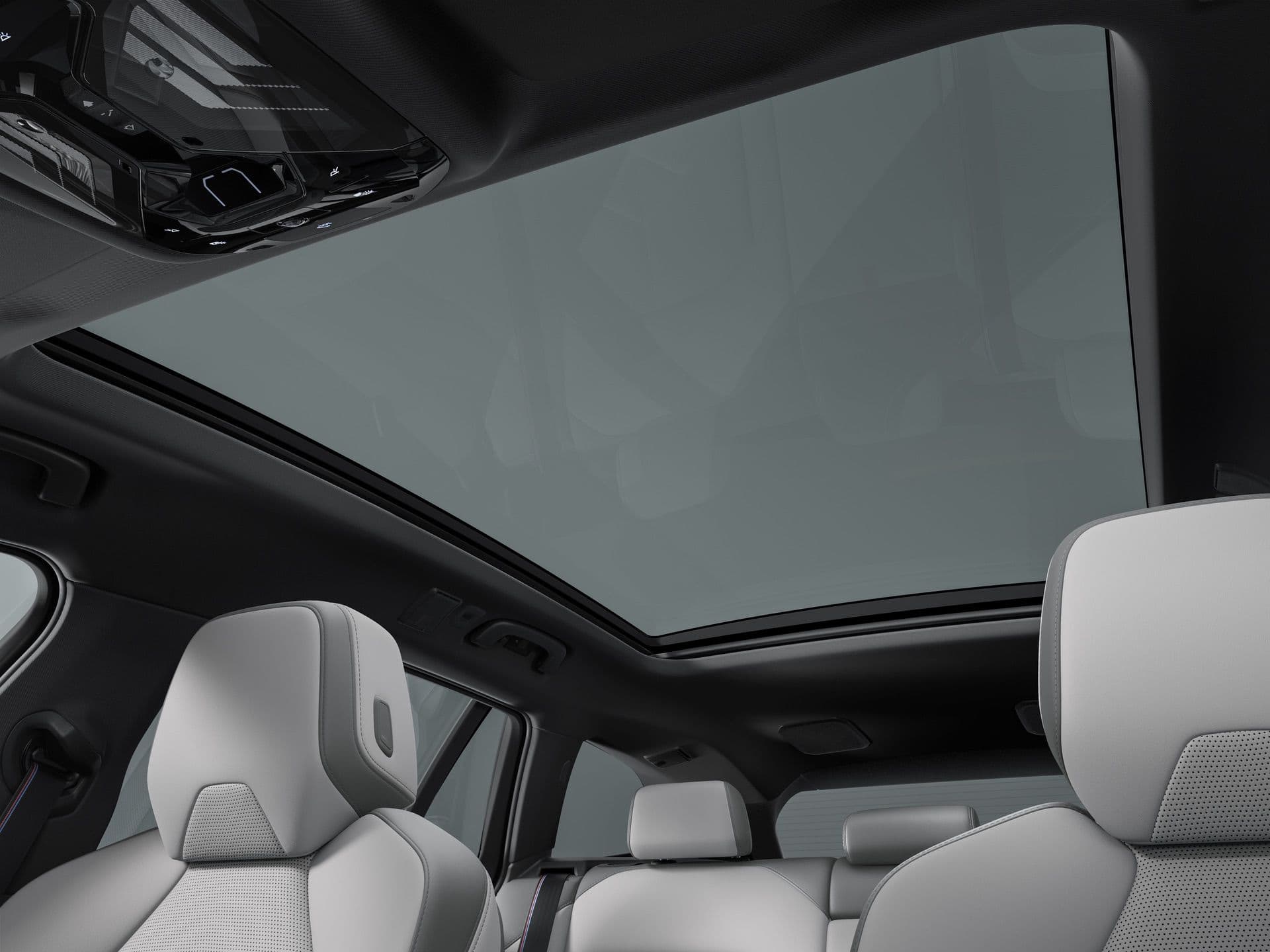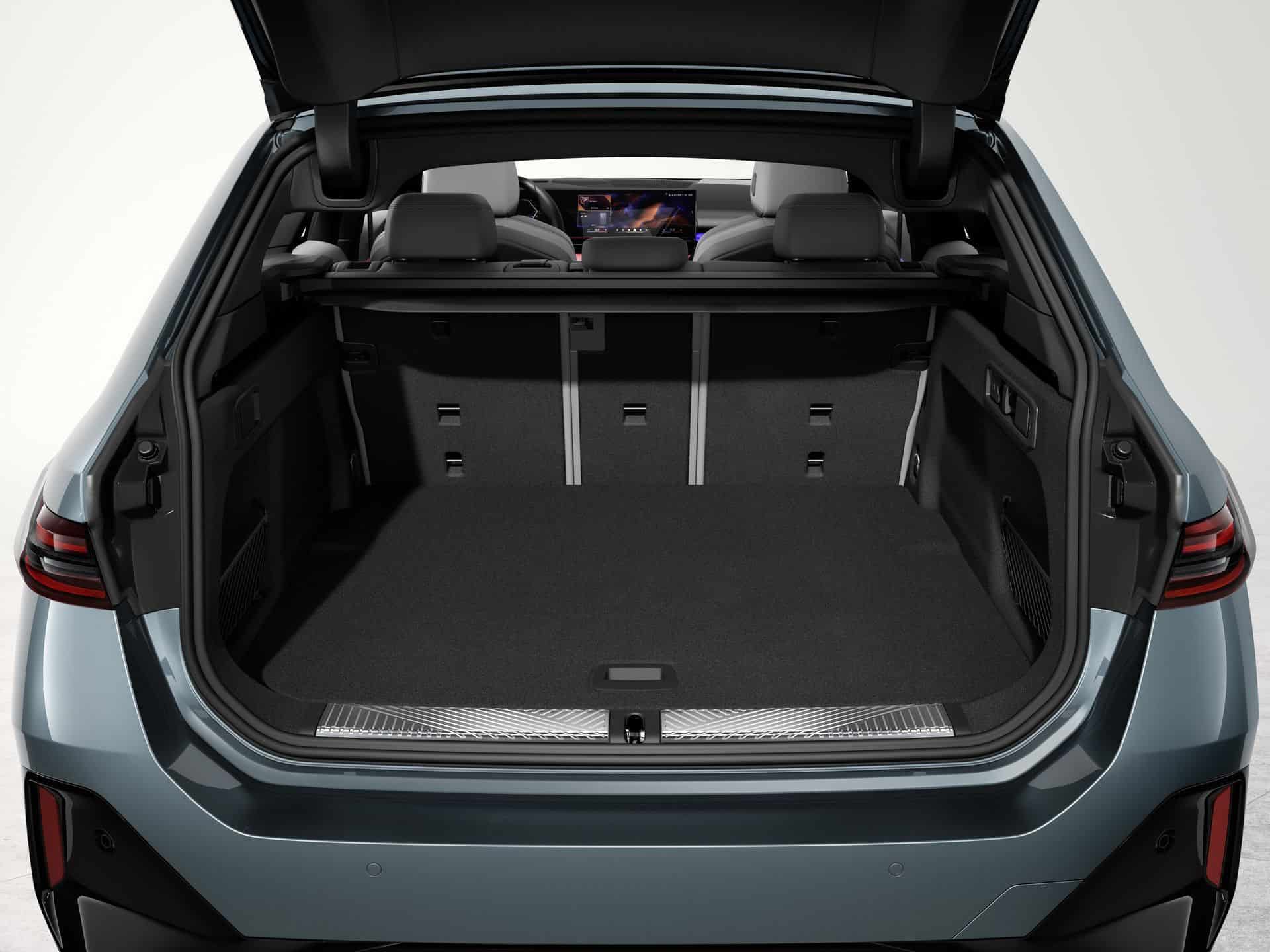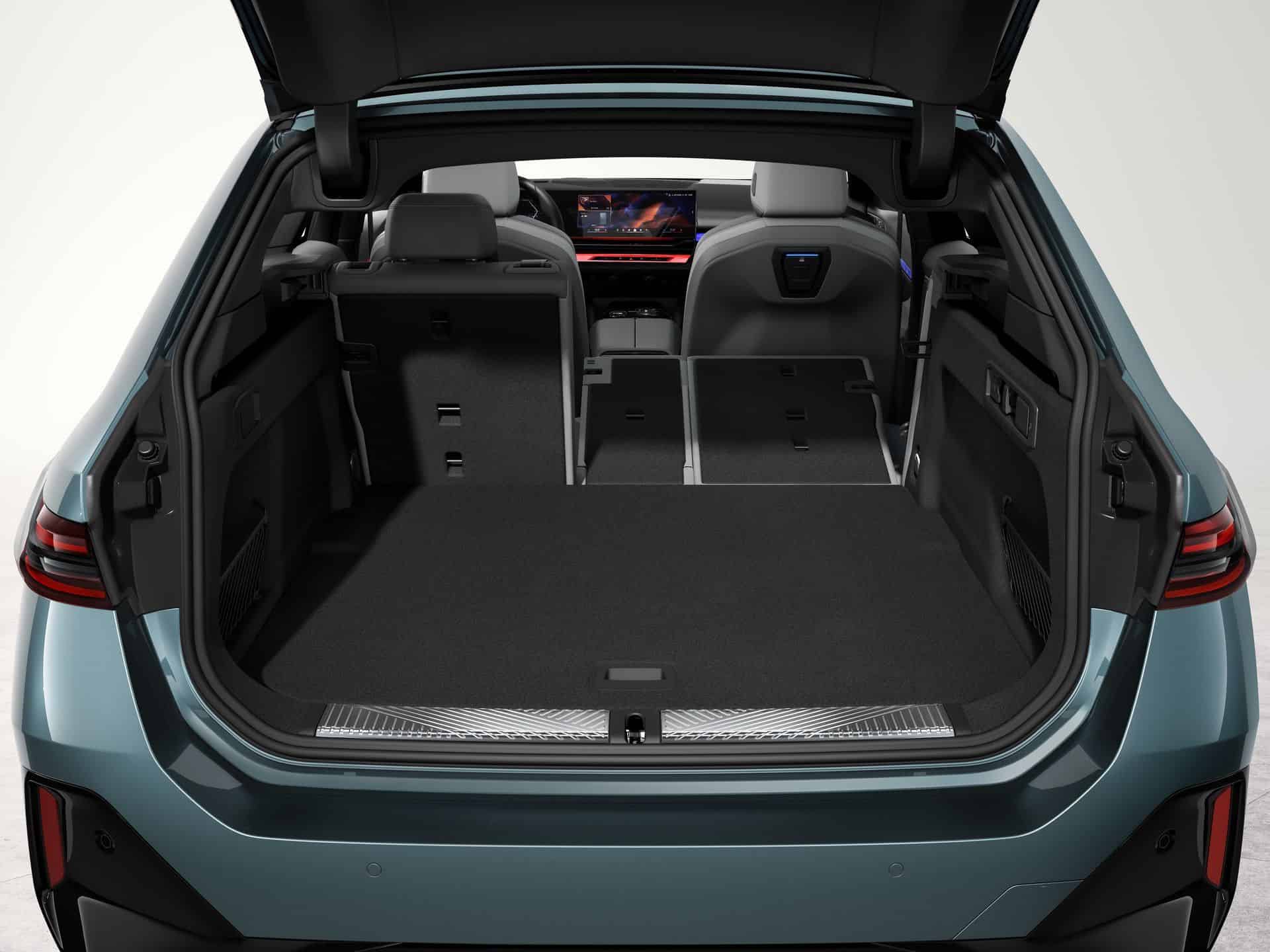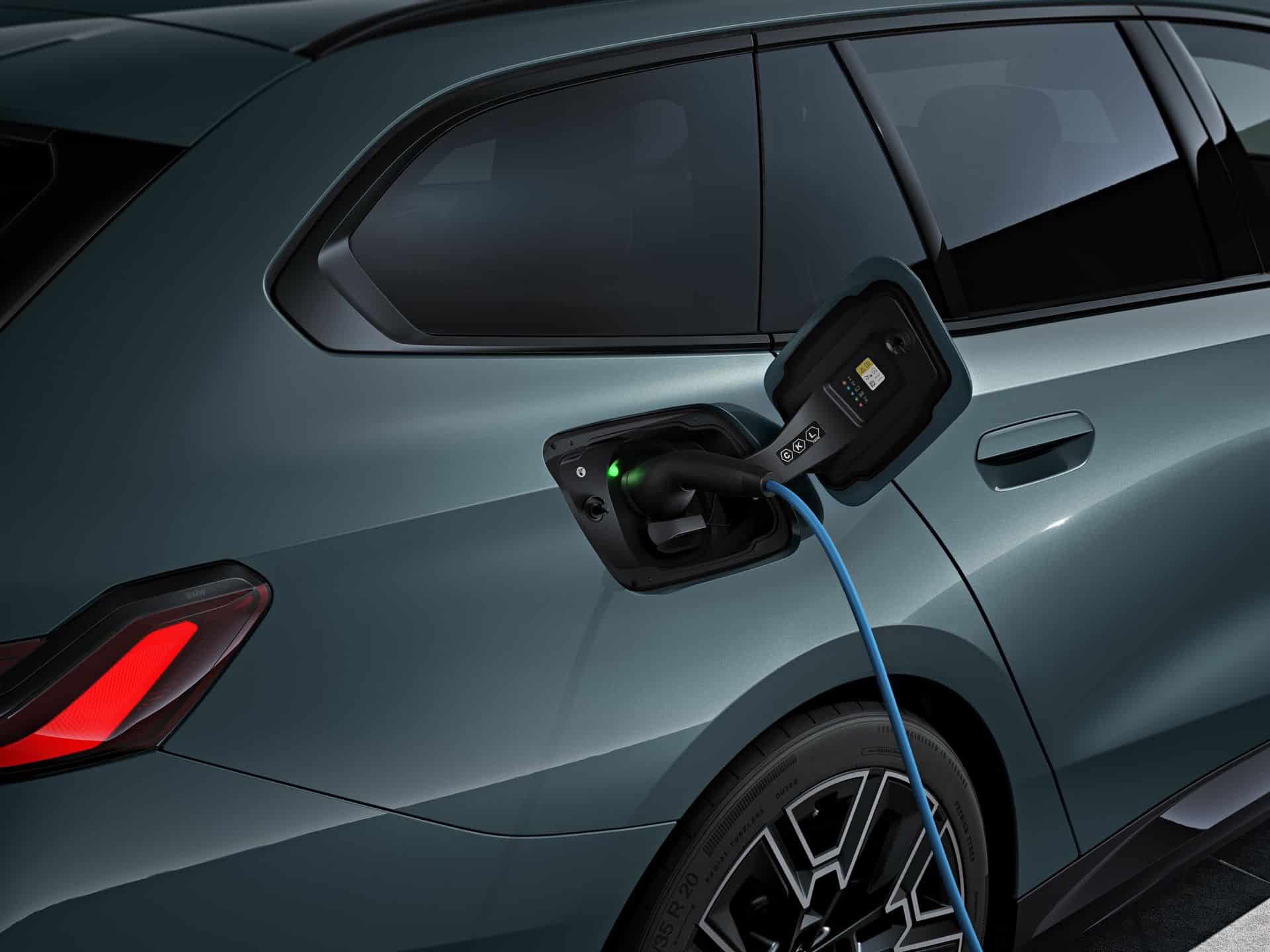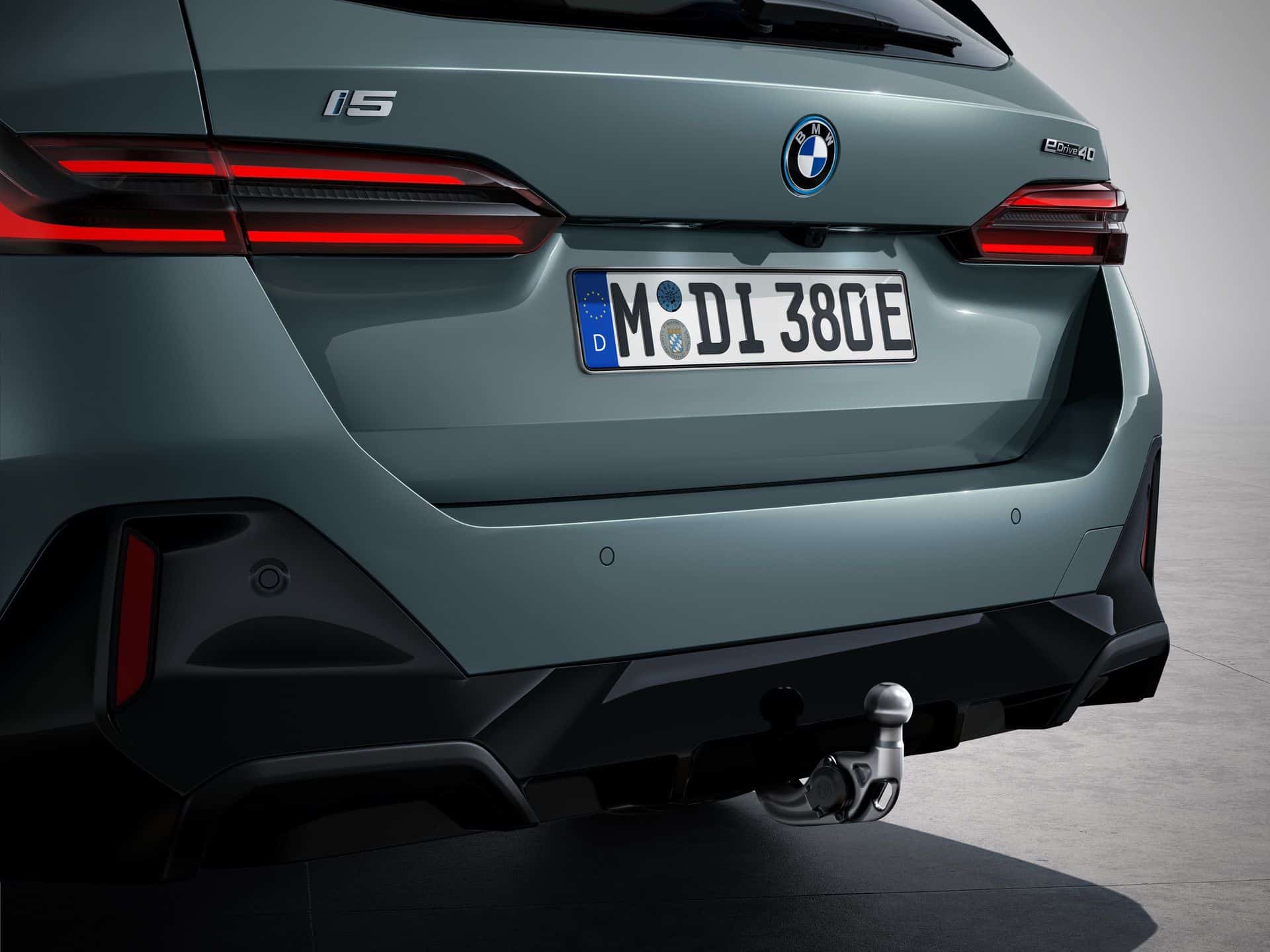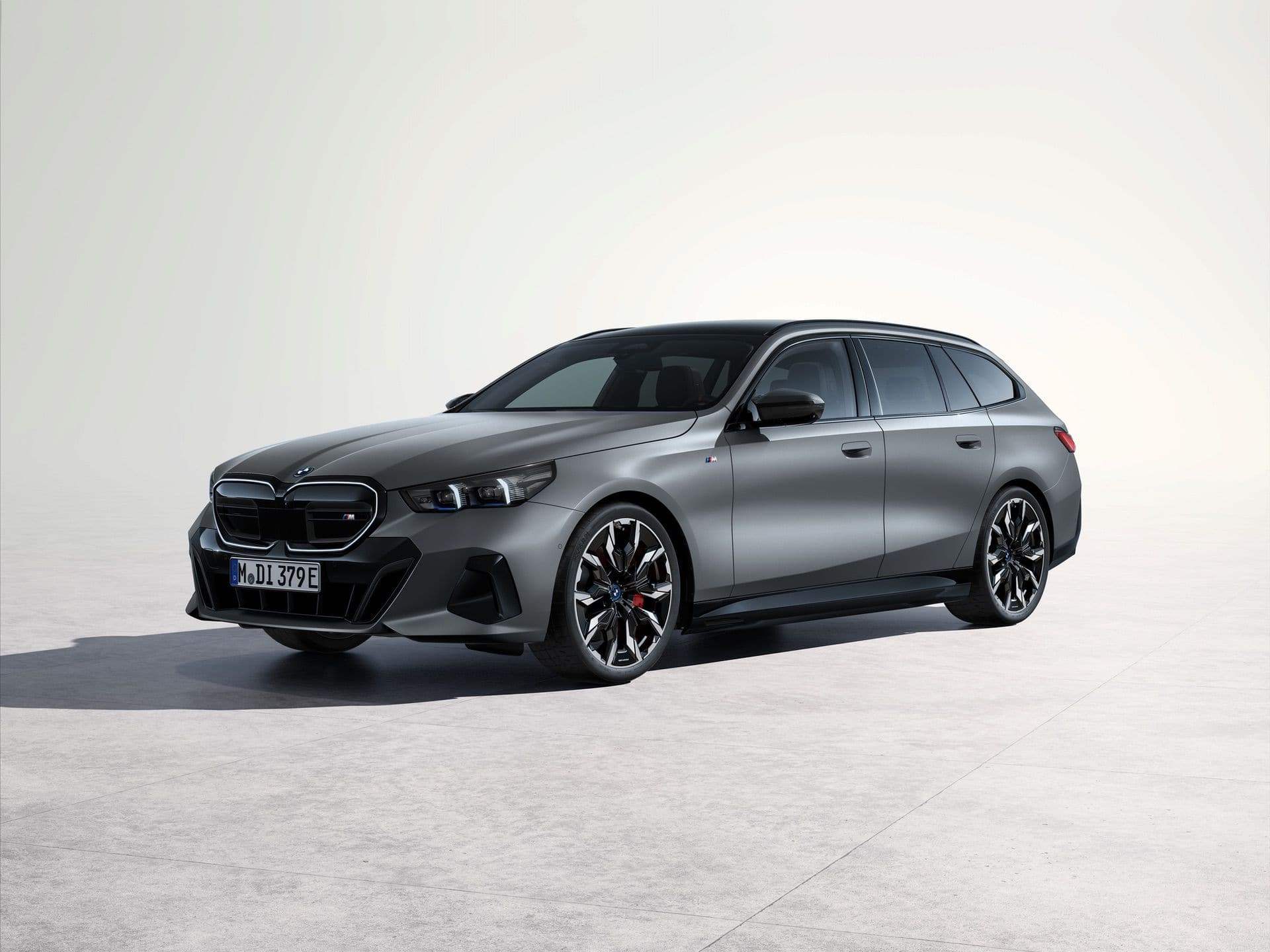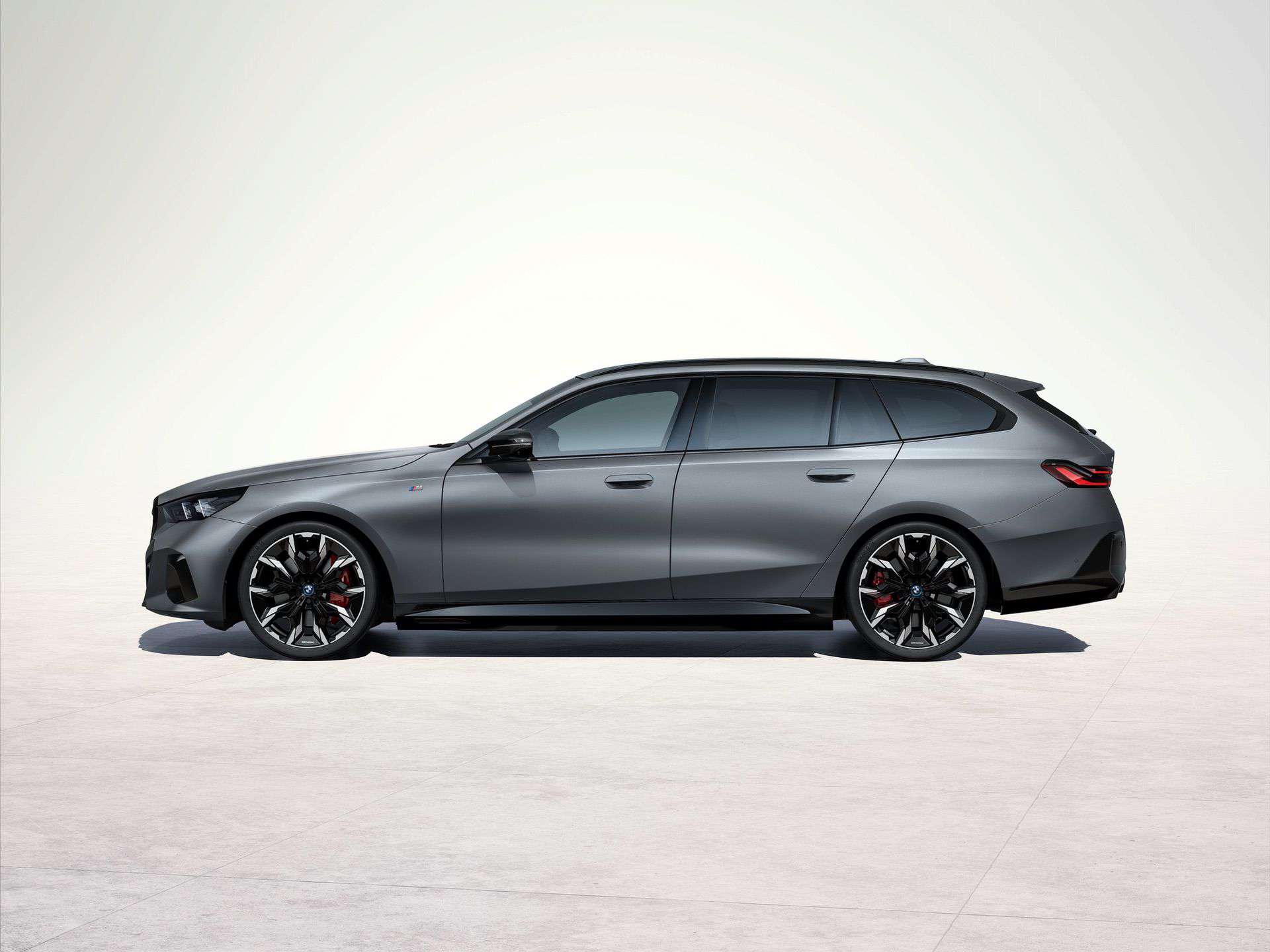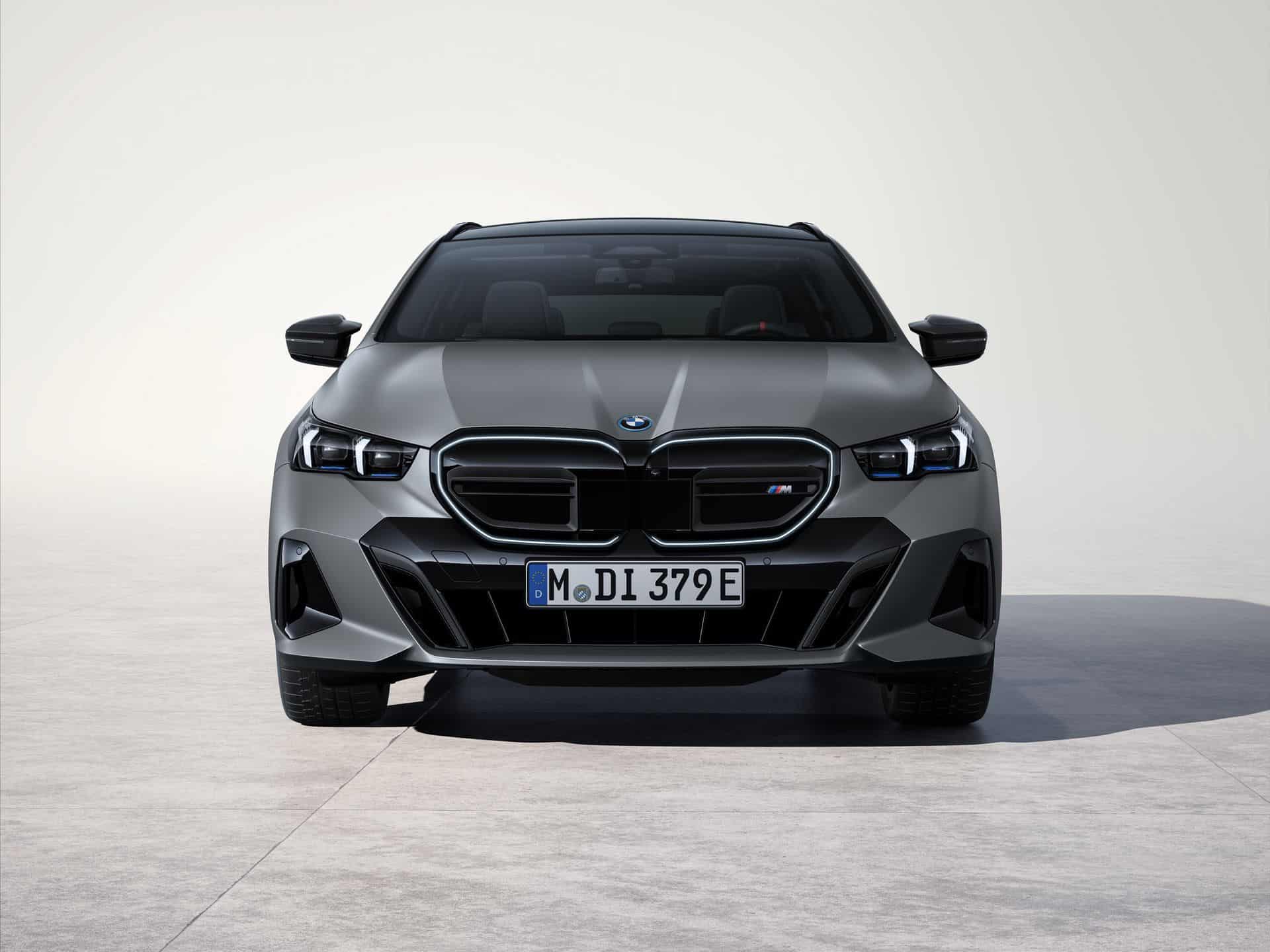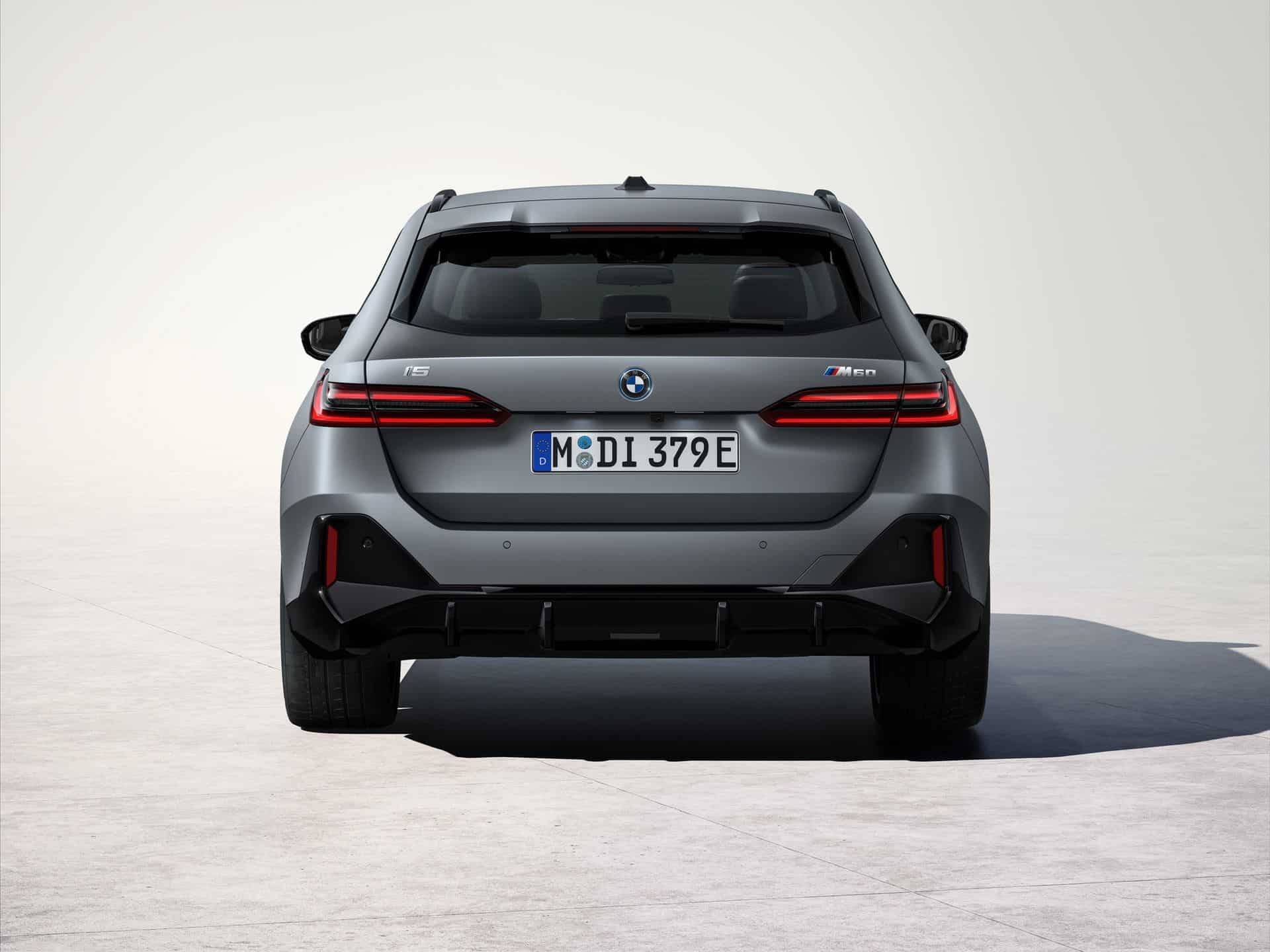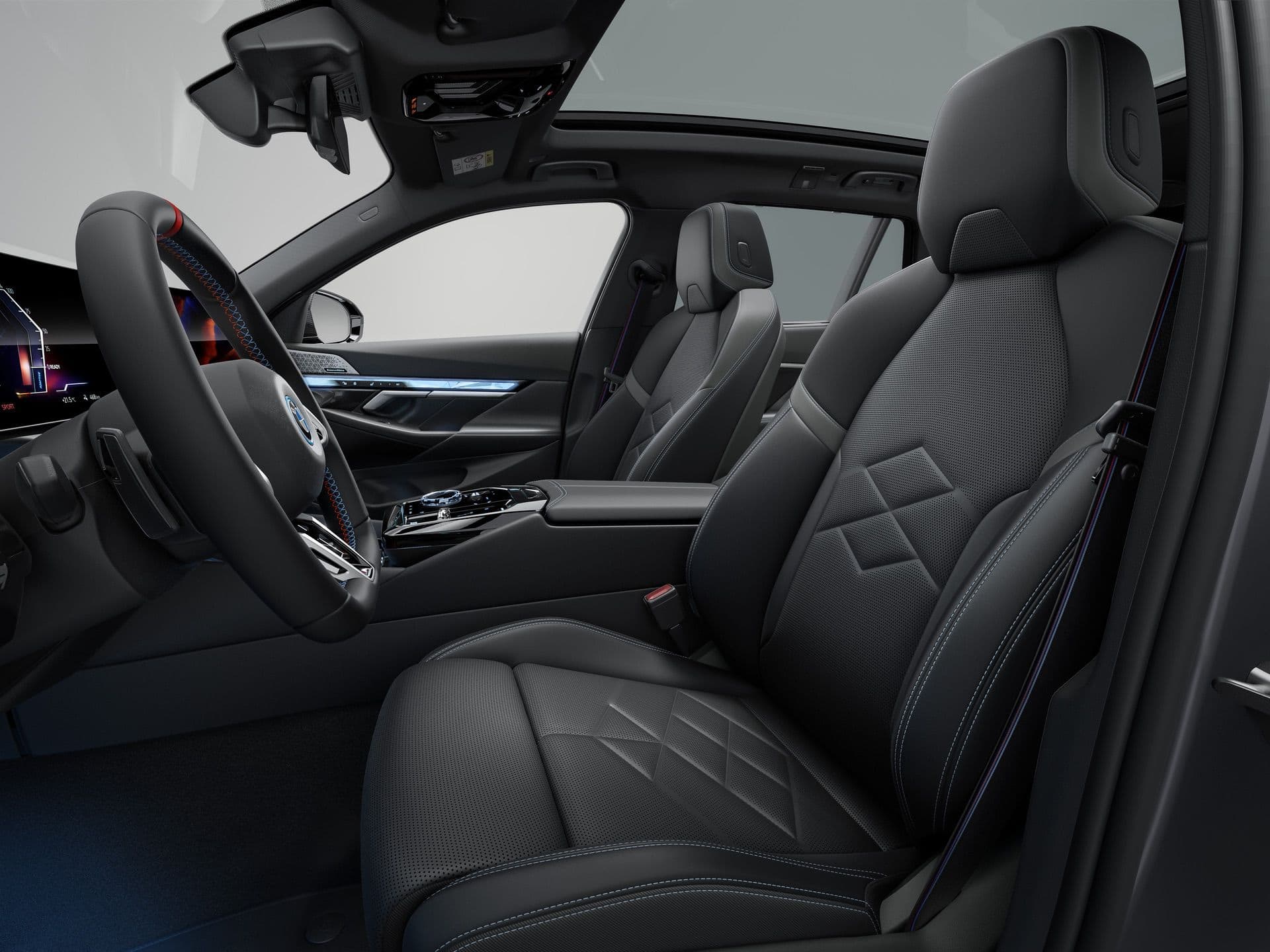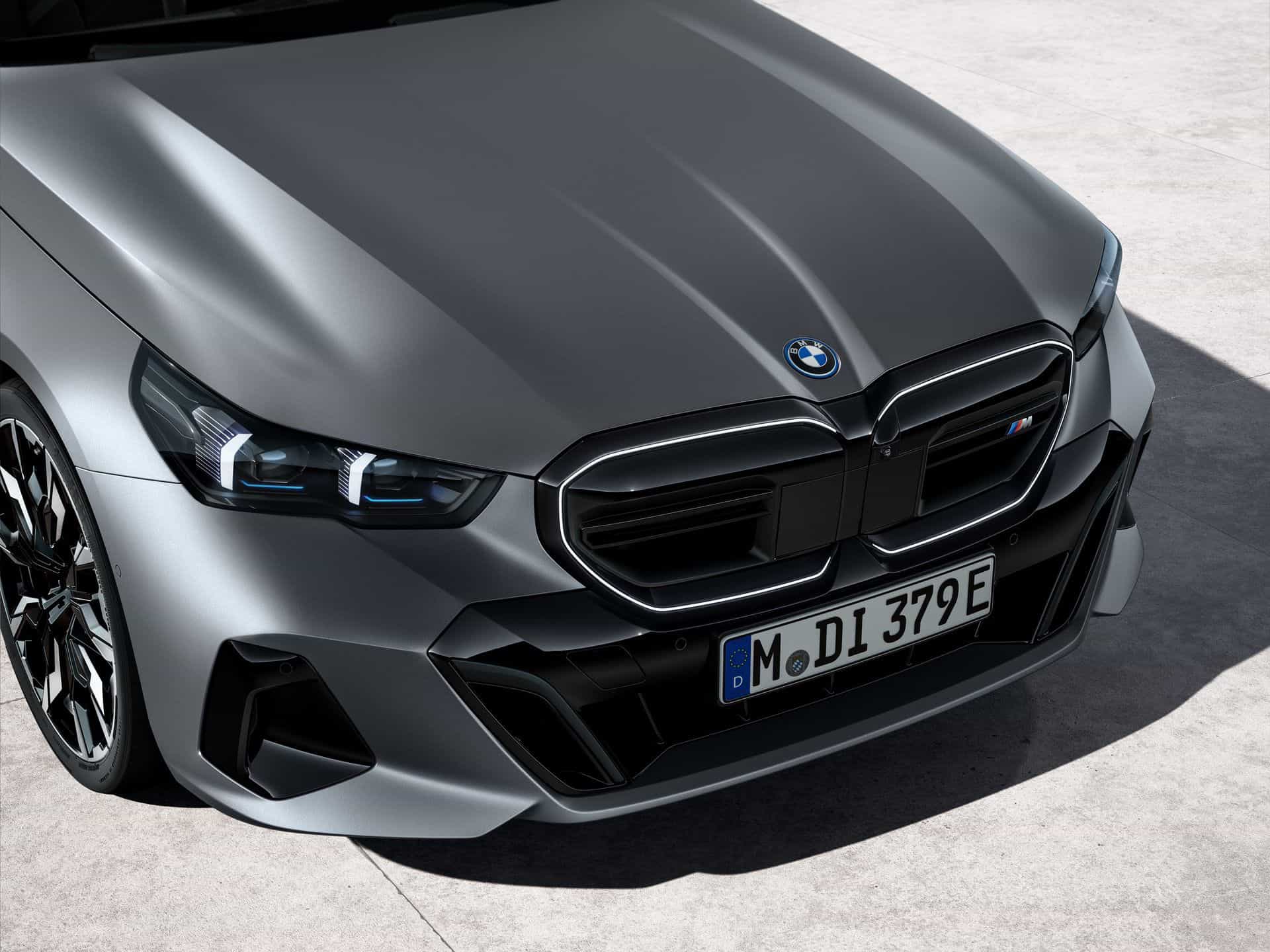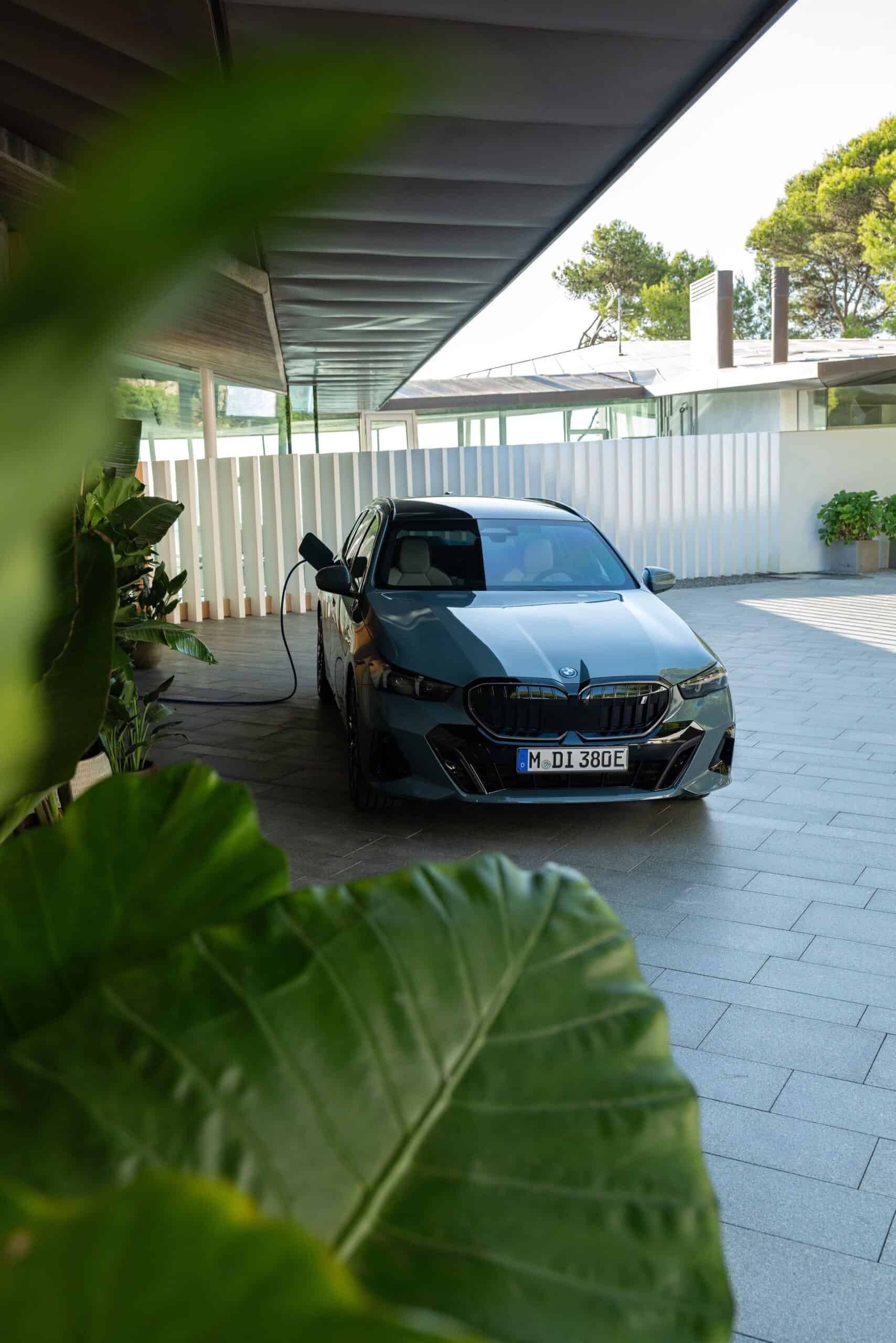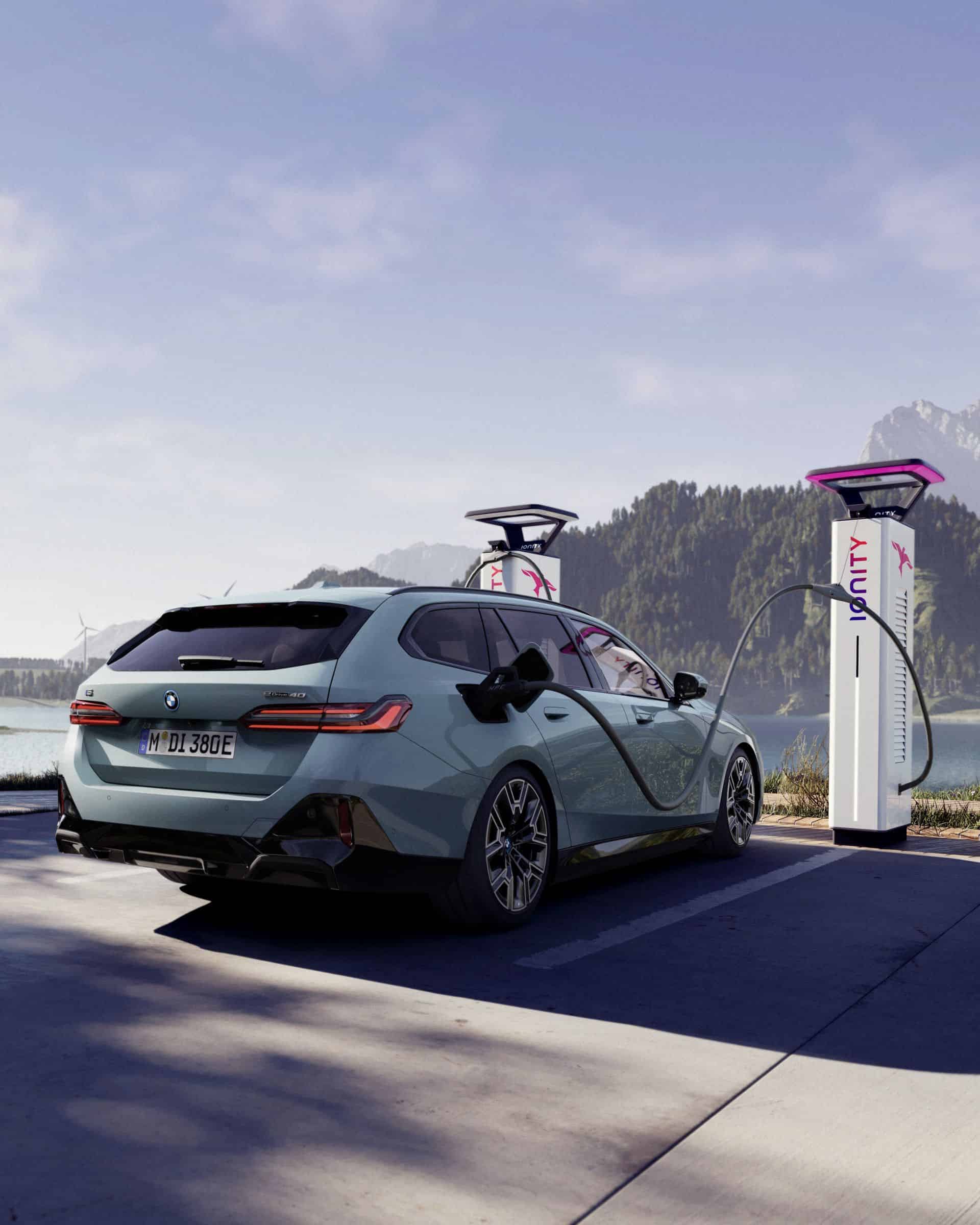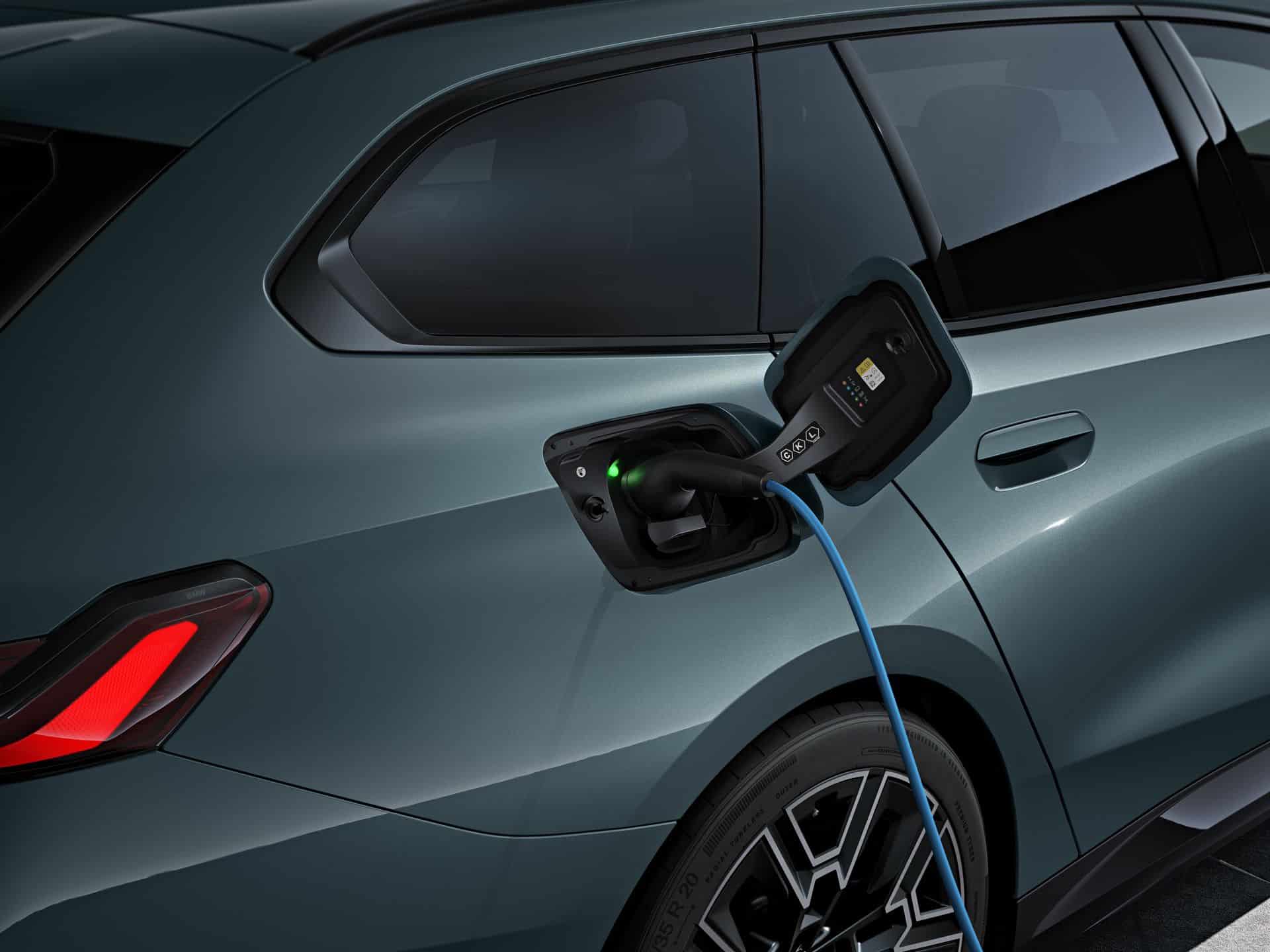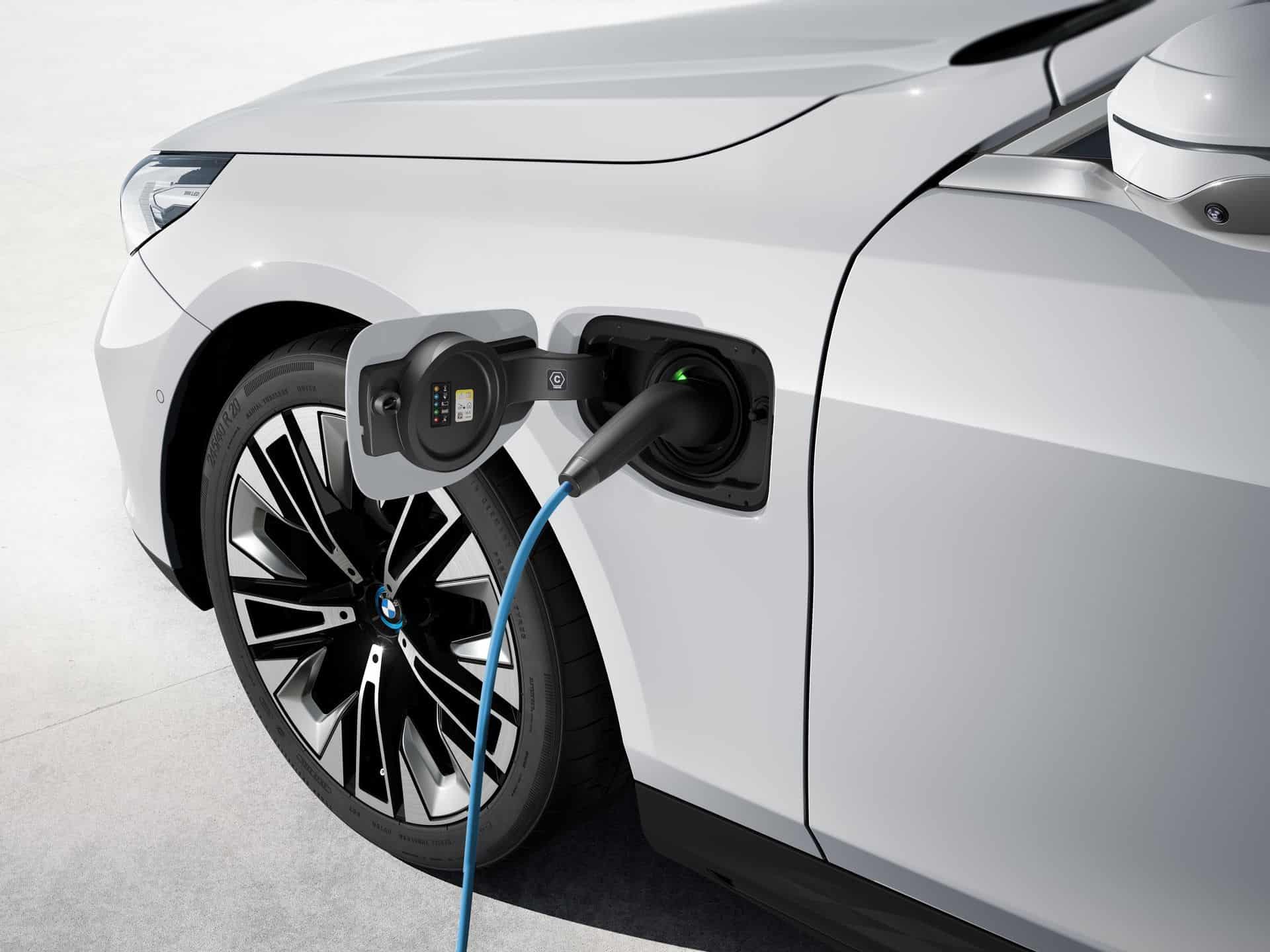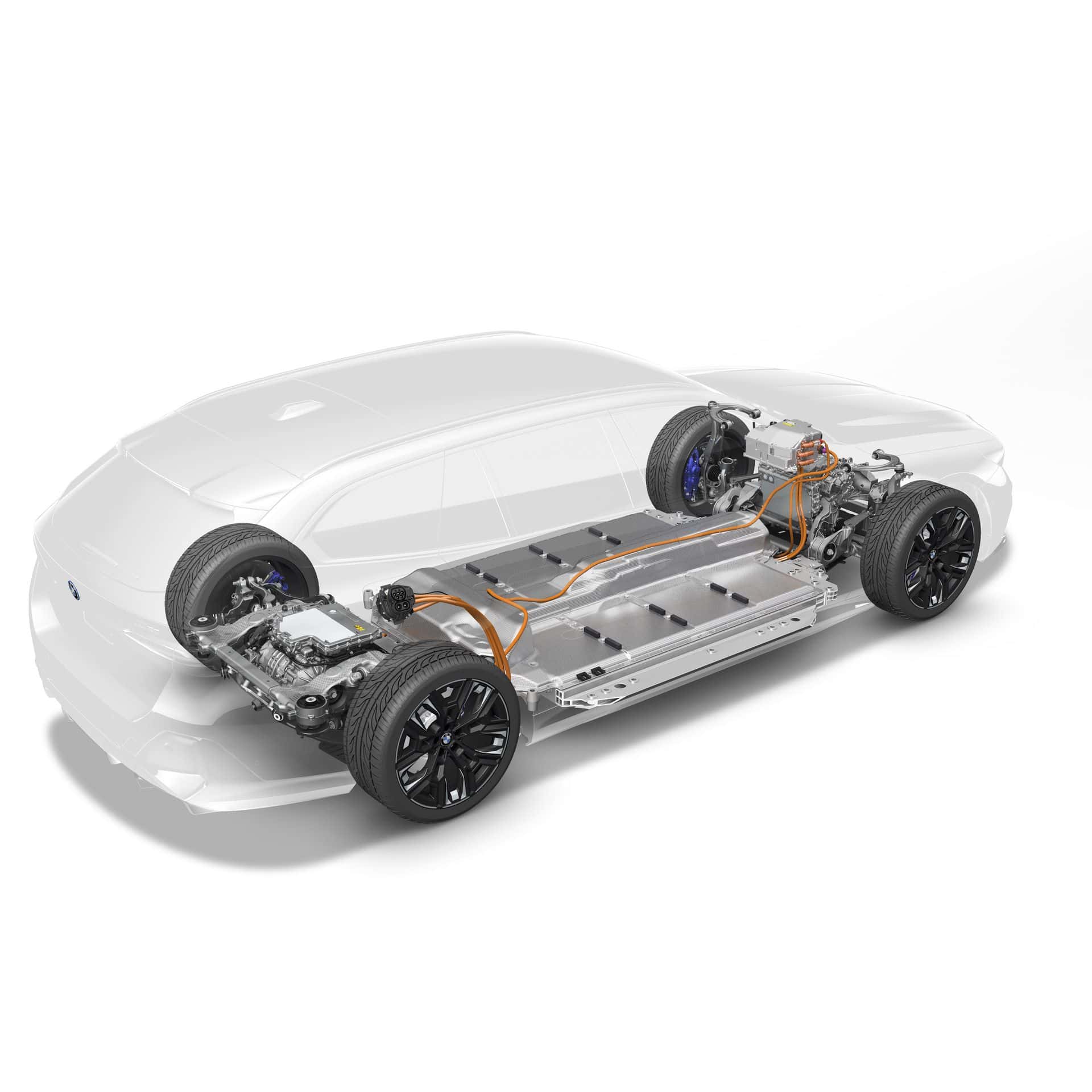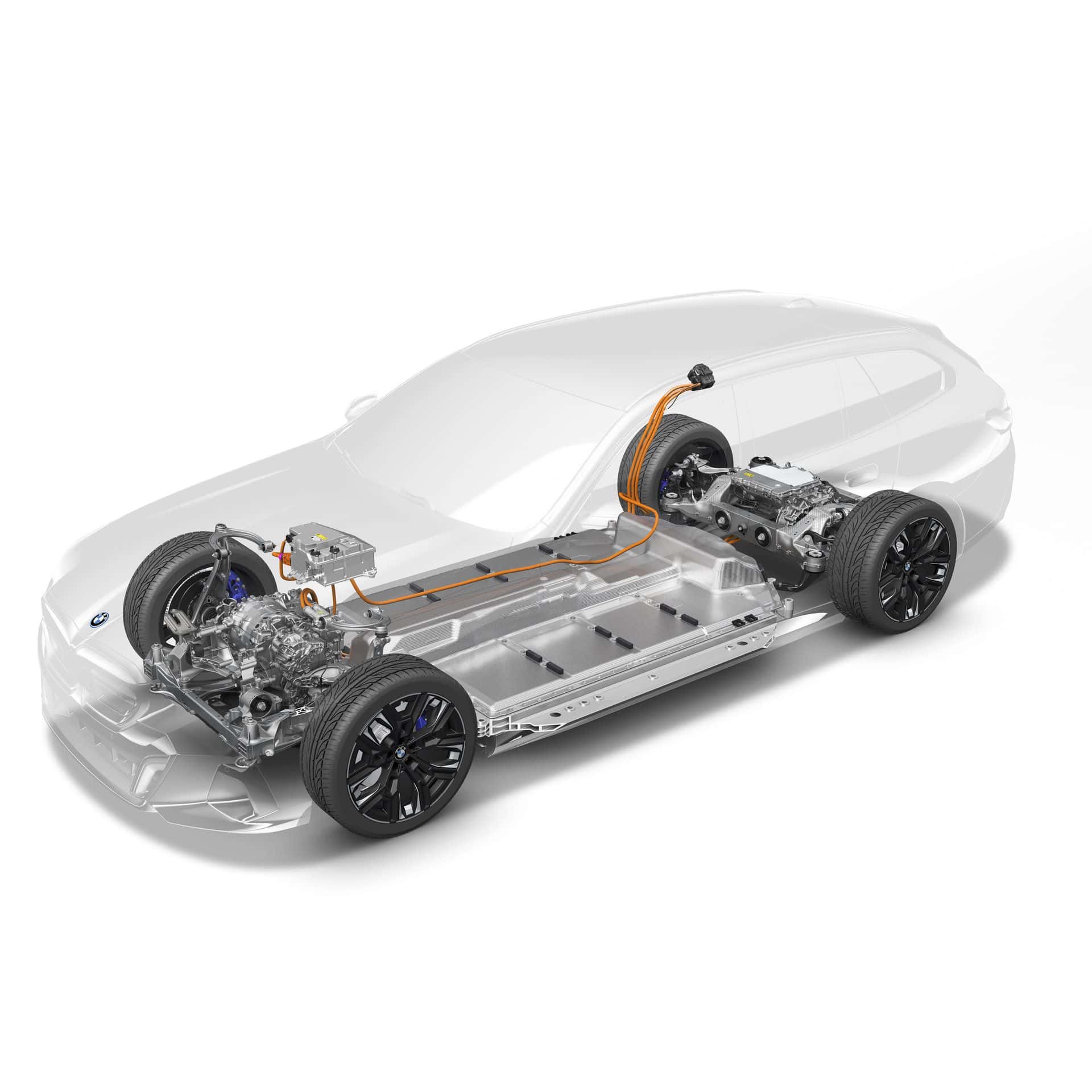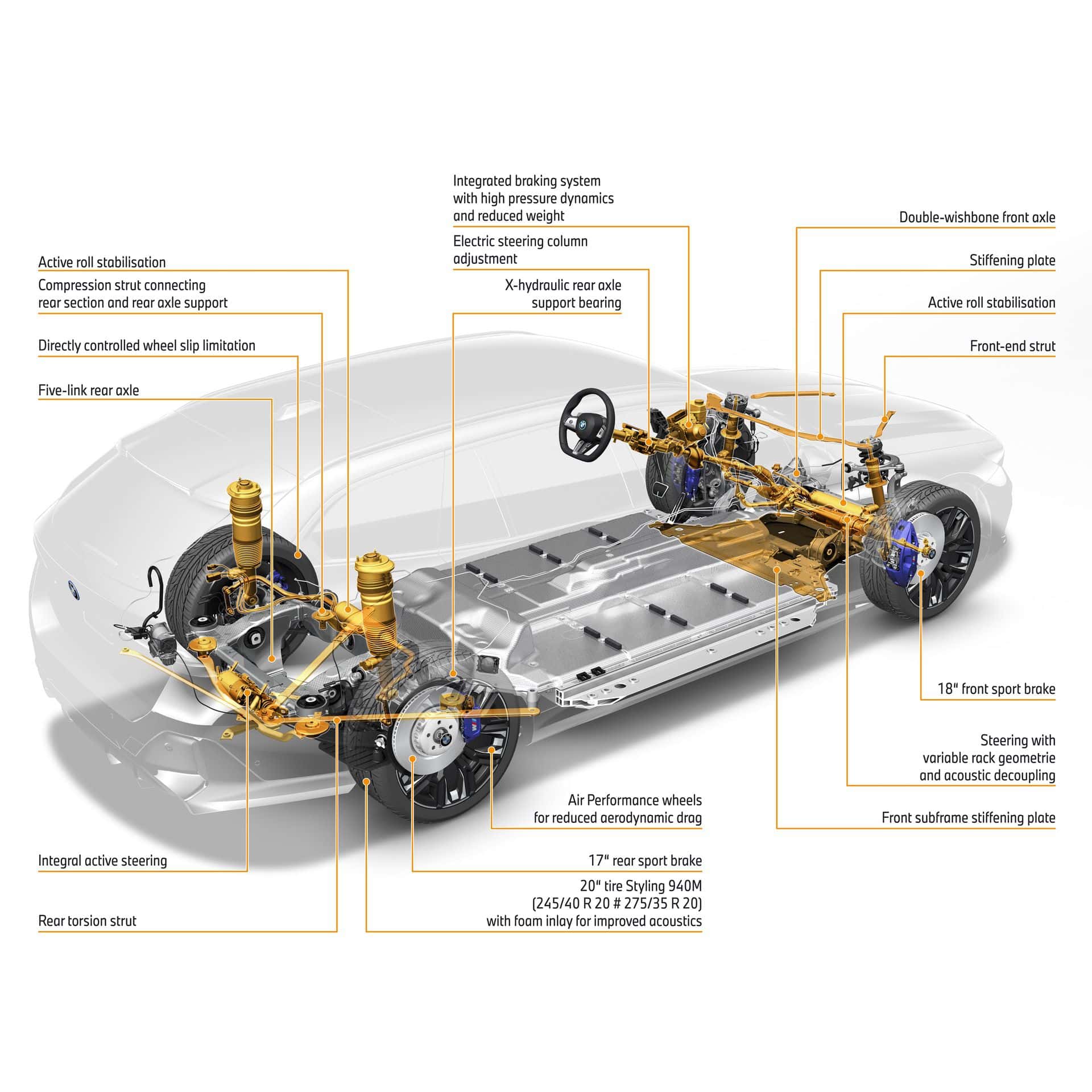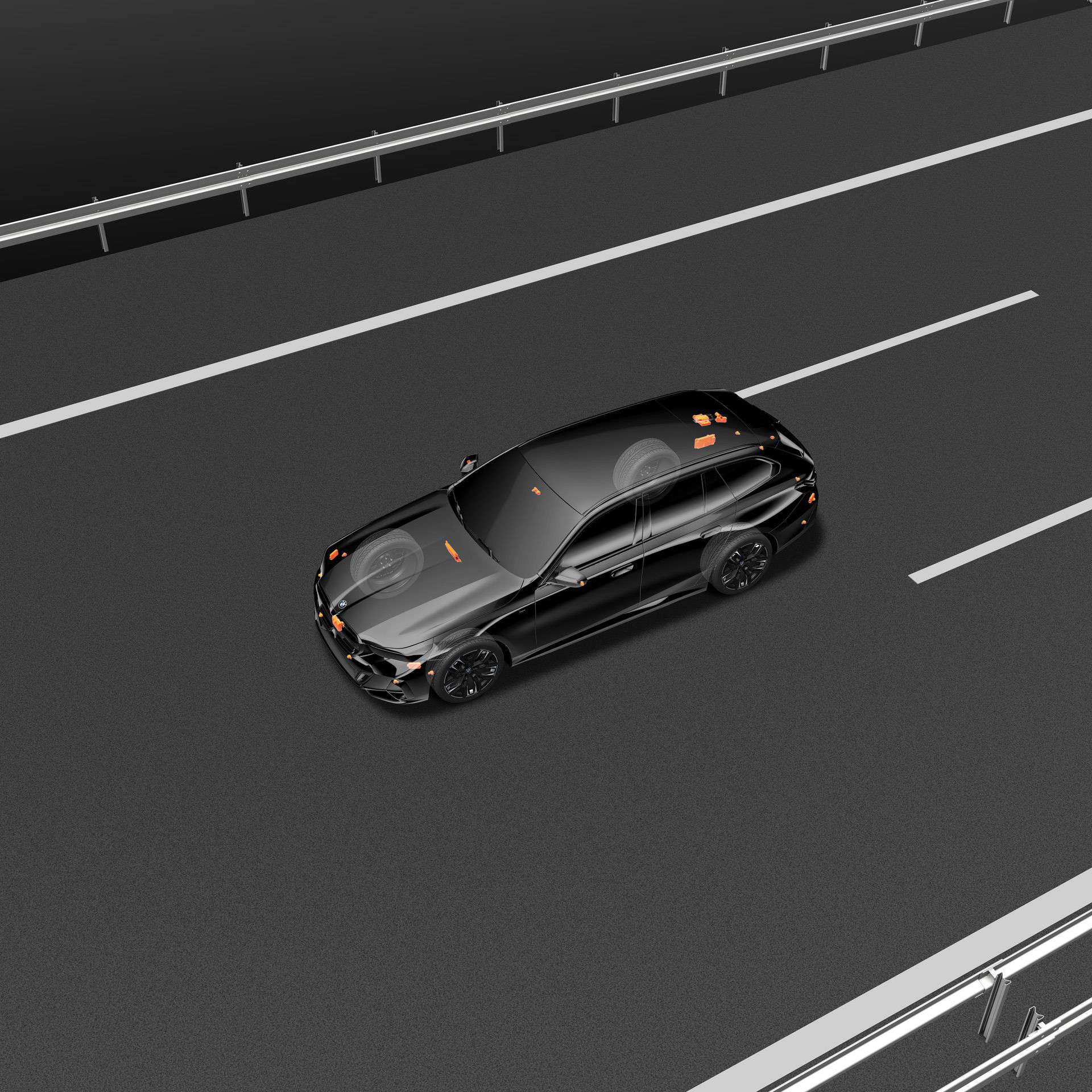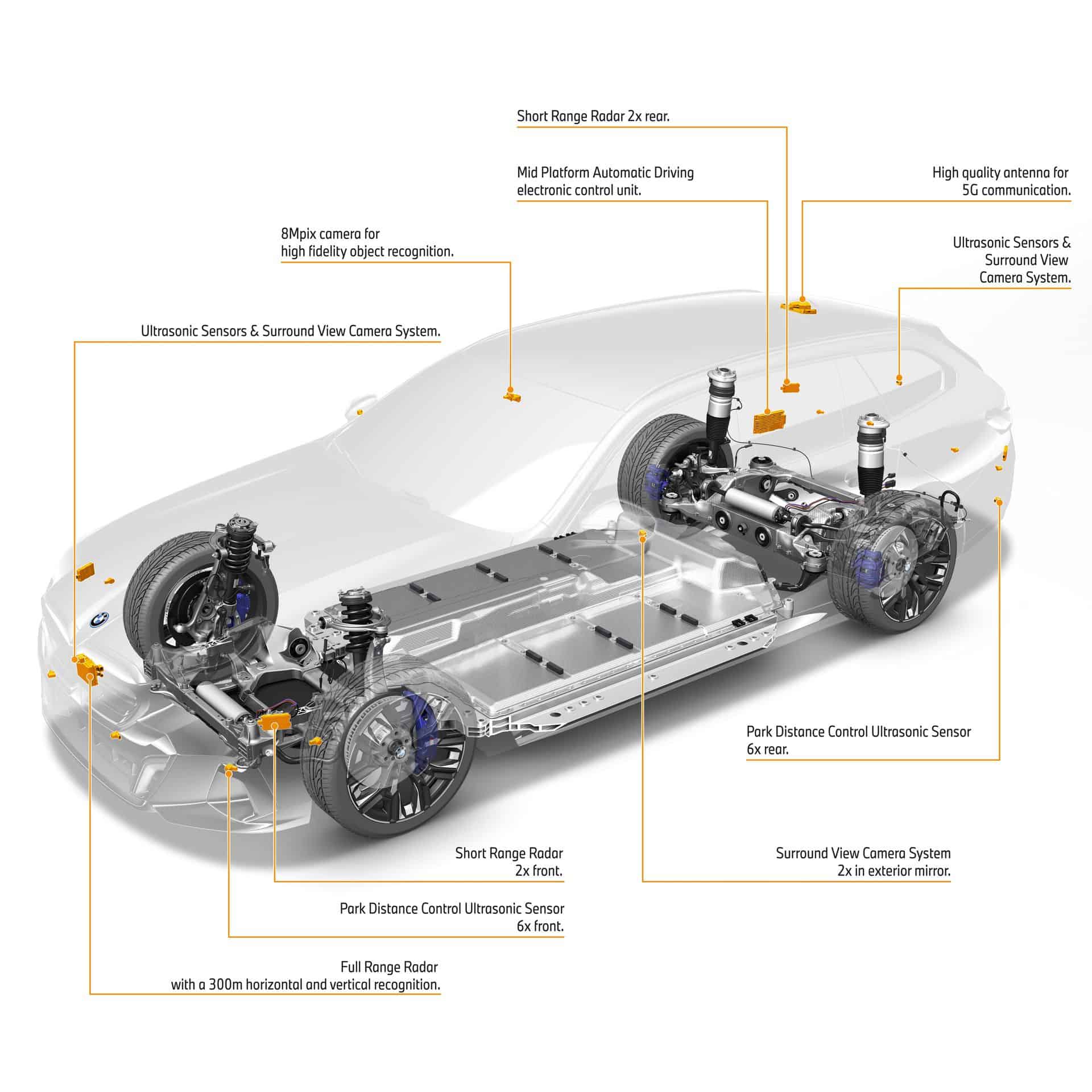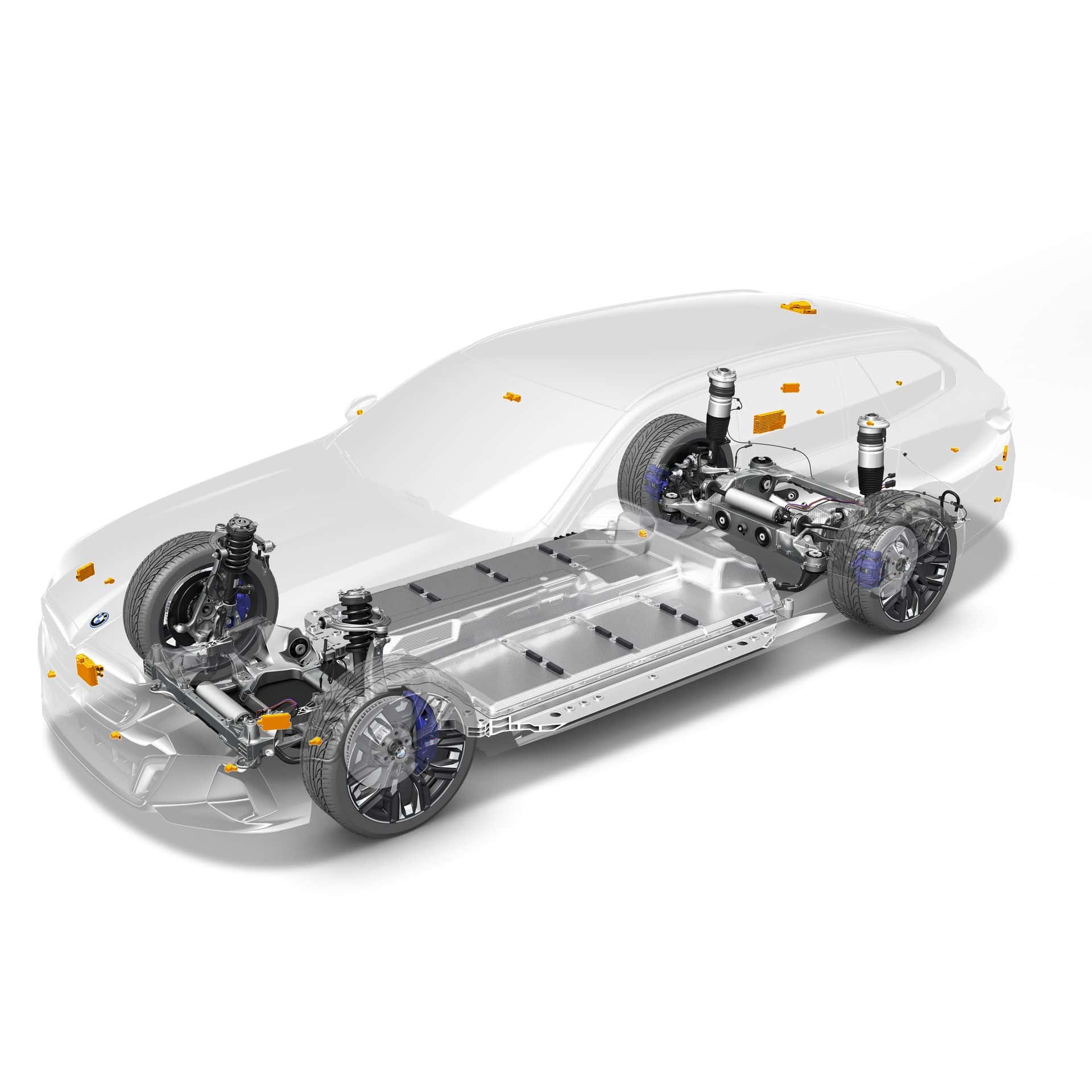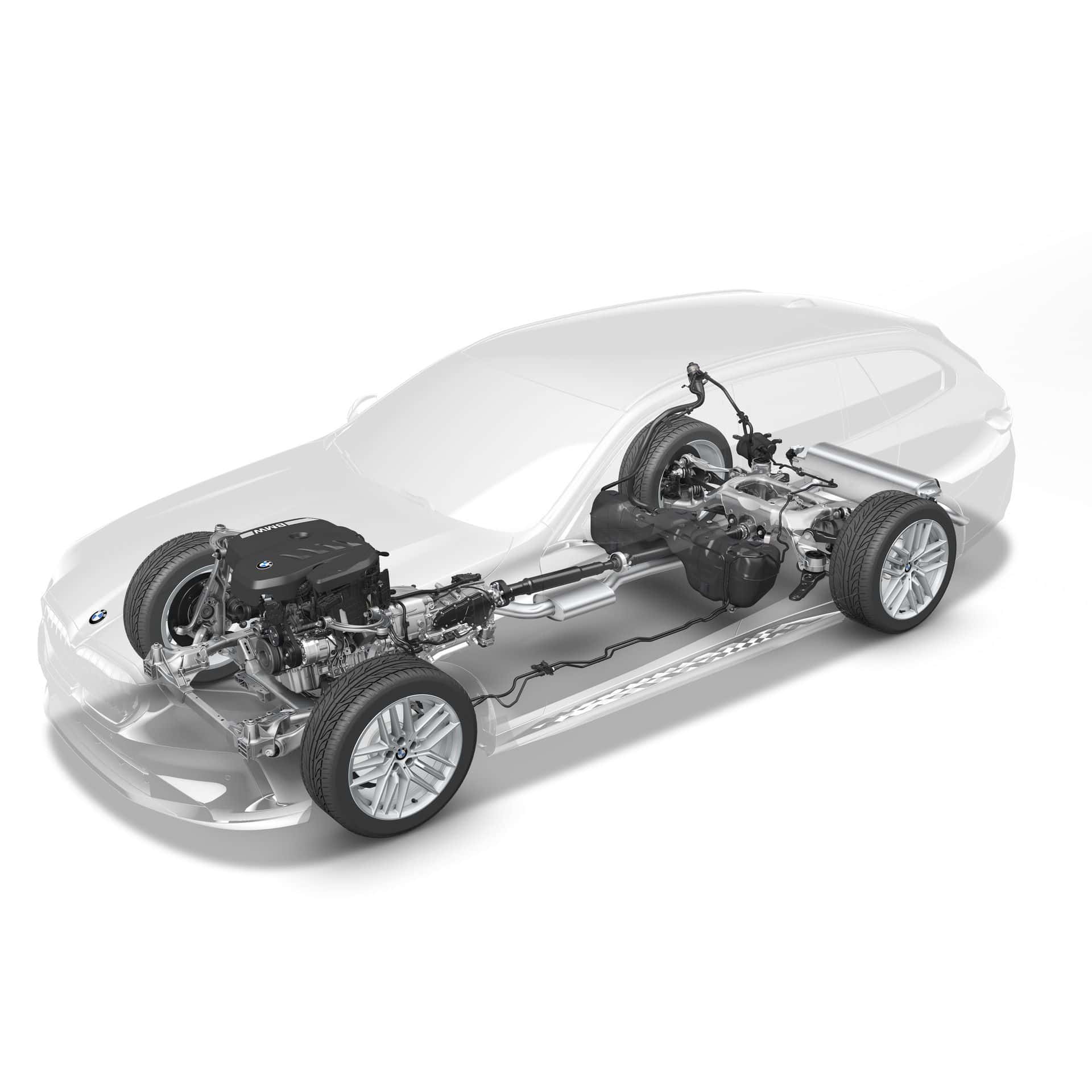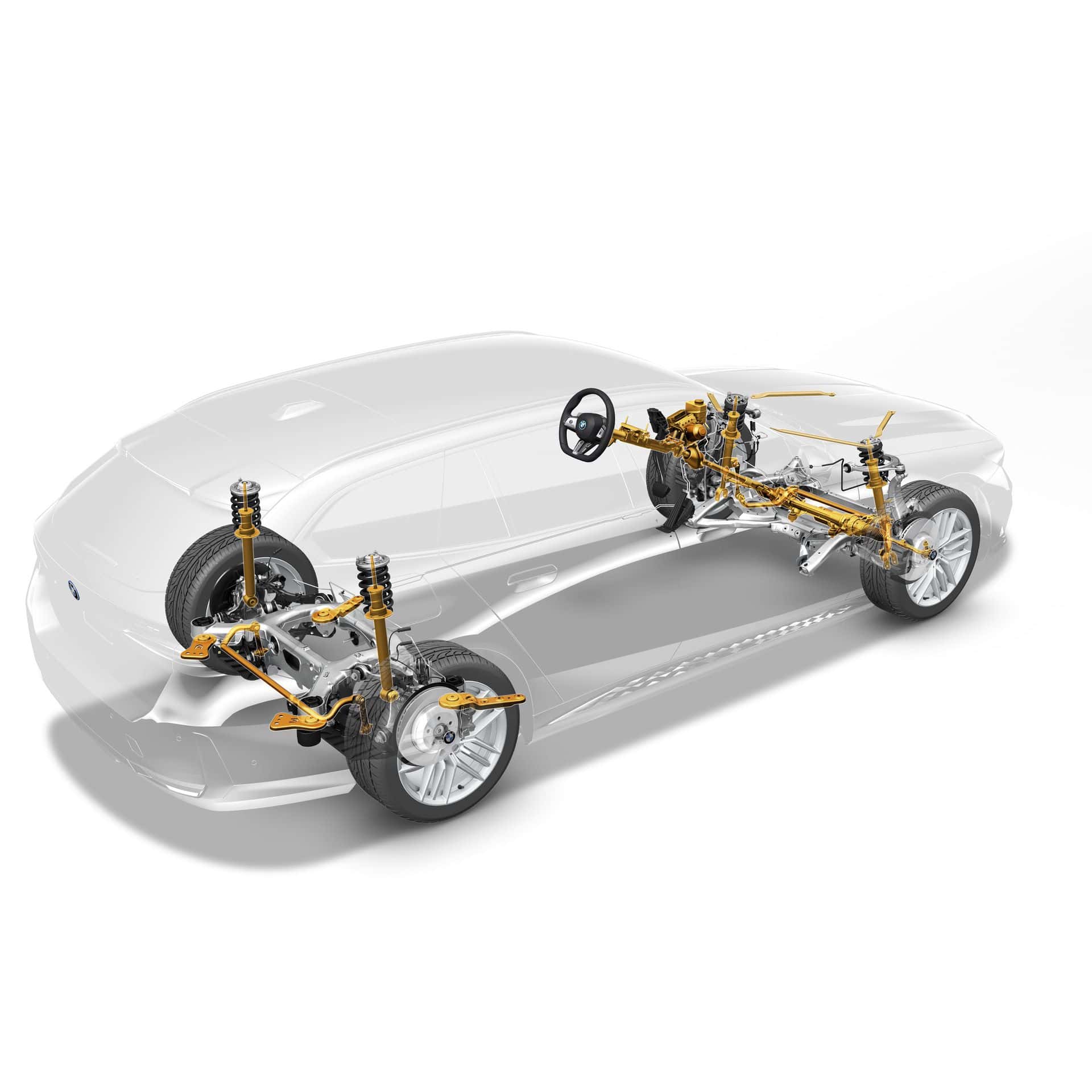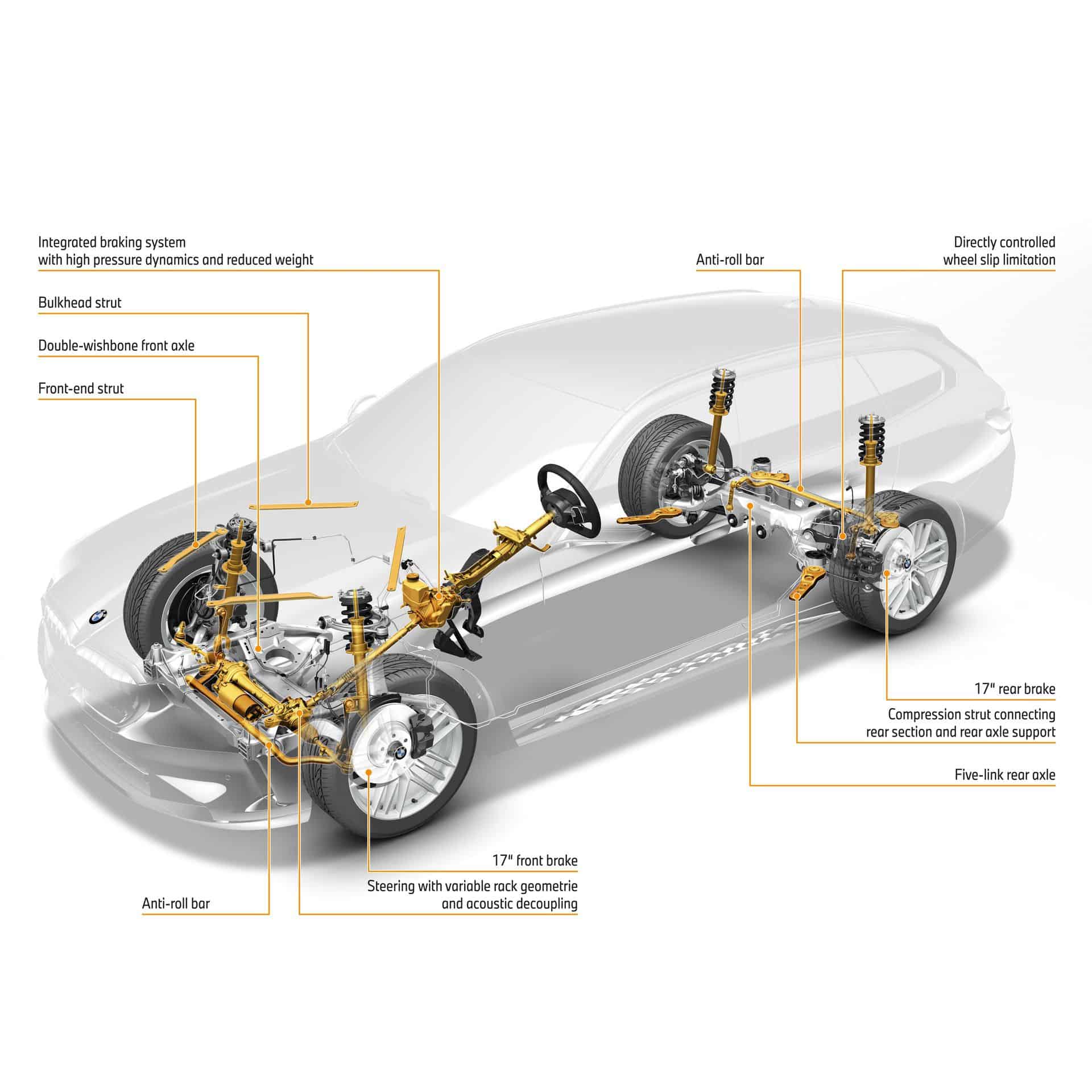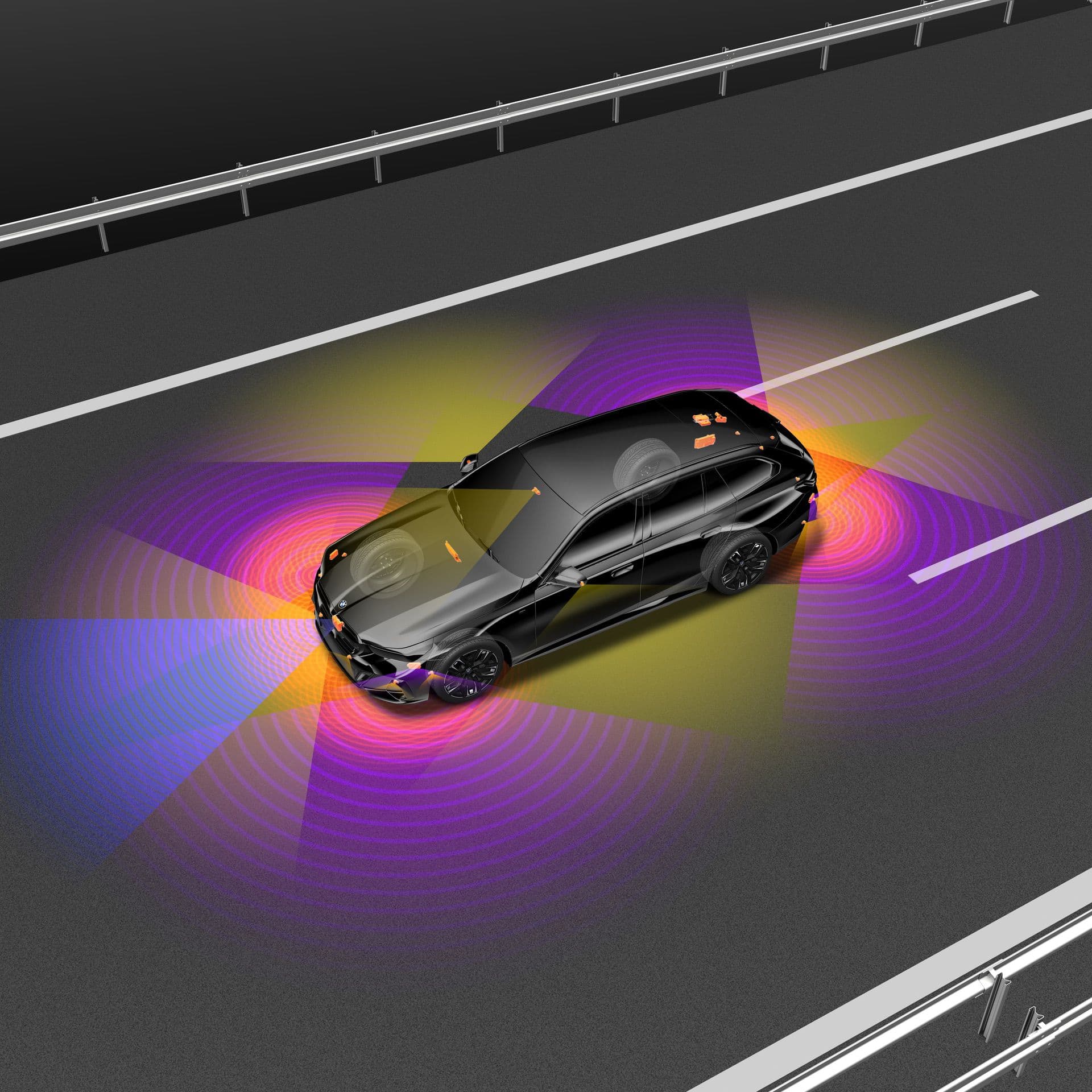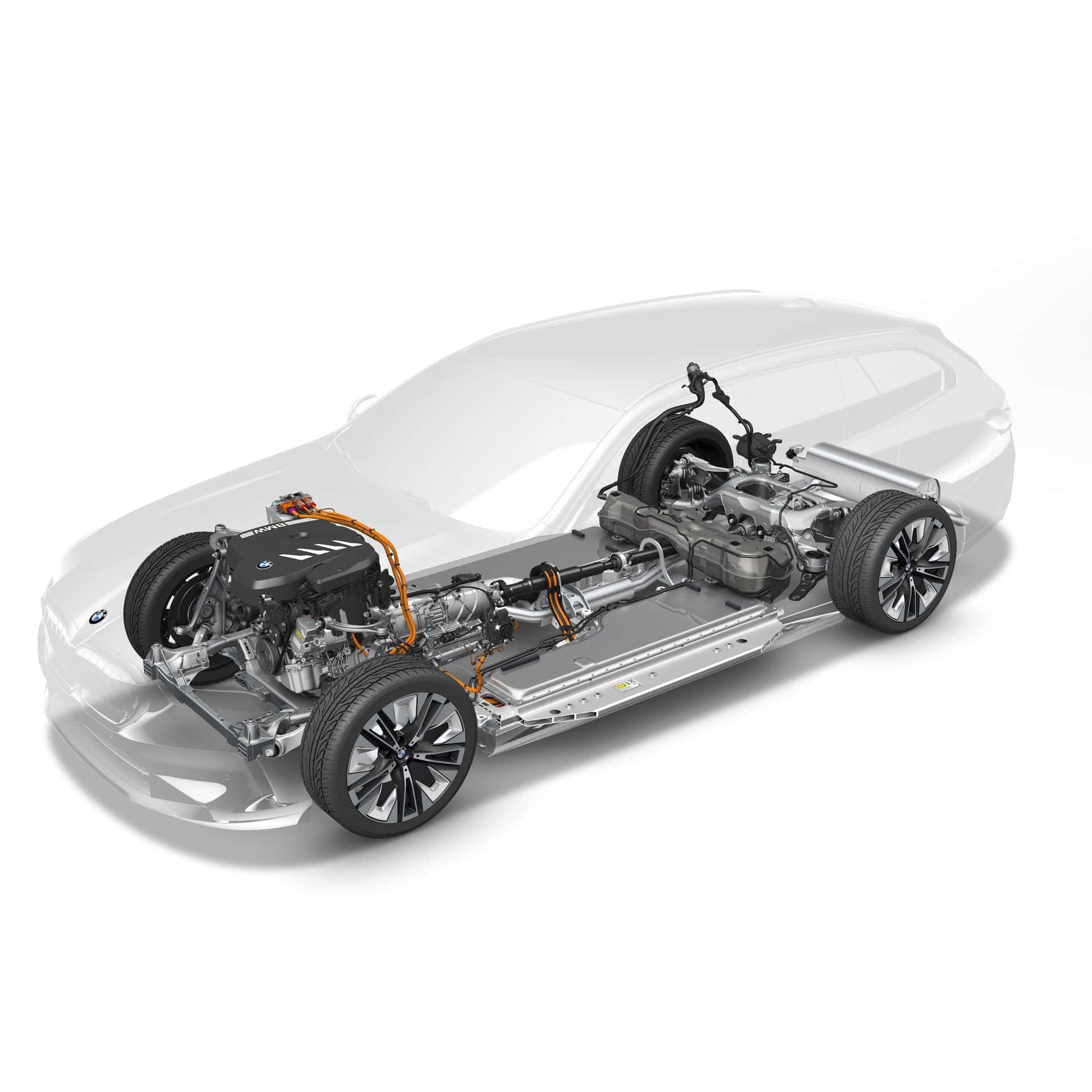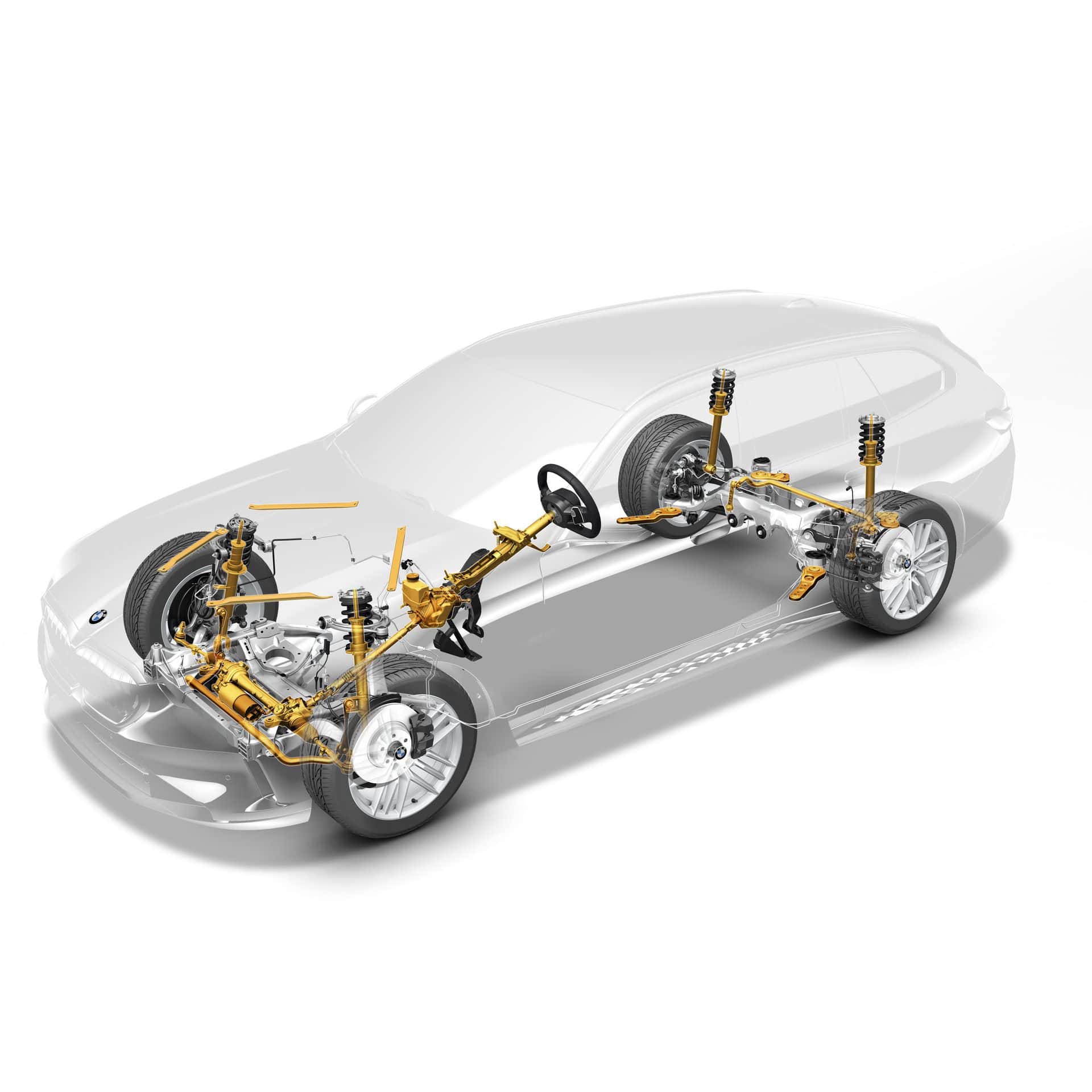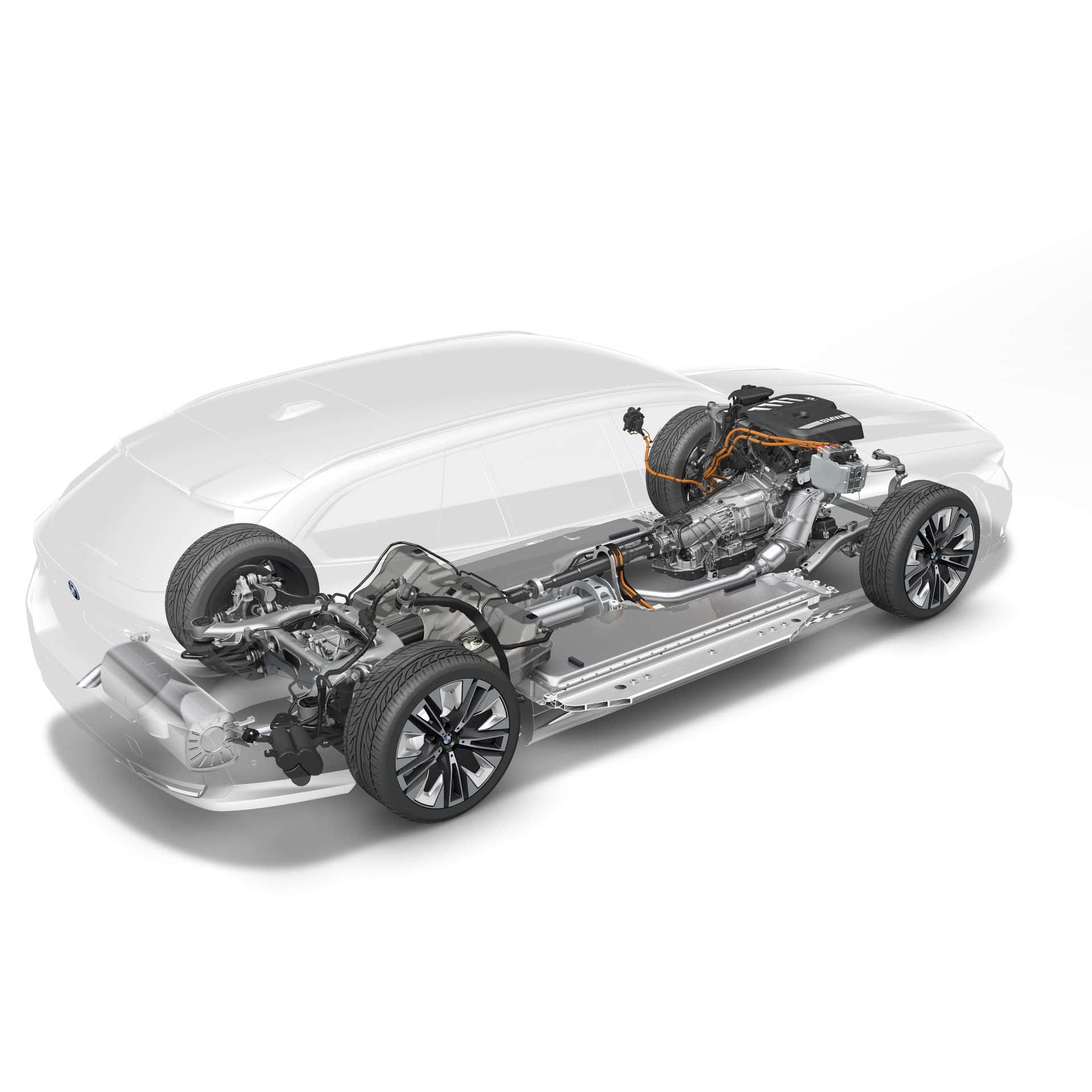With the introduction of the new BMW i5 Touring (G61), the Bavarians are stepping into the rarefied segment of electric wagons. This zero-emission estate retains the CLAR platform and styling from the regular 5 Series Touring with combustion engines. It therefore follows a strategy similar to the one employed by the German luxury brand for the 5 Series / i5 Sedan (G60) introduced last year. Opting for an all-electric setup with this i5 Touring doesn’t entail sacrificing any practicality.
BMW i5 Touring’s Cargo Capacity Uncompromised
The electric wagon maintains the same cargo capacity as its counterparts with a combustion engine. This stands in contrast to the electric sedan, where the luggage area of the i5 Sedan goes down by 30 liters (to 490 liters) over the gasoline/diesel/plug-in hybrid model. Choosing the electric wagon provides 570 liters behind the seats and a substantial 1,700 liters after lowering the rear backrests. The length, width, and height of the cargo compartment remain identical to that of a 5 Series Touring with a conventional engine.
BMW isn’t taking any risks with the design considering the car looks exactly as one would expect. It comes in the familiar eDrive40 and i5 M60 versions, both featuring a closed-off grille. The kidneys have distinct designs depending on the model, with the eDrive40 opting for vertical bars and an “i” logo, while the i5 M60 showcases horizontal slats and an “M” emblem.
M Sport Package
The lesser of the two is shown here with the M Sport Package, and both have an illuminated contour of the blacked-out front grille. Even the entry-level i5 Touring is going to have 19-inch wheels as standard. Alternatively, there will be 20- and 21-inch sets, plus a 19-inch M set as part of the M Sport Package. You can also splurge on Shadowline lights with black inner accents, and as usual, there are numerous Individual colors.
The i5 eDrive40 Touring is equipped with a single motor mounted at the rear. It develops 335 horsepower and 317 pound-feet (430 Newton-meters) of torque when the sportiest settings are activated. It’s enough electric punch to complete the 0 to 62 mph (100 km/h) sprint in 6.1 seconds and reach an electronically capped top speed of 120 mph (193 km/h).
Up to 560 km of Range
Courtesy of a large battery pack with a usable capacity of 81.2 kWh, BMW says the i5 eDrive40 Touring can do anywhere between 300 to 348 miles (483 to 560 kilometers) in the WLTP cycle. As standard, the battery located in the underbody can be charged using AC power at 11 kW or an optional 22 kW. DC charging is supported up to 205 kW, in which case 10 minutes of charging will enable a driving range of 93 miles (149 kilometers).
The entry-level electric version has a maximum towing capacity of 1,500 kilograms – the lowest of any G61 model available at launch. Interestingly, BMW claims the i5 eDrive40 Touring has a 35% lower global warming potential over its life cycle compared to the new 520d Touring. The percentage increases to 55% when regenerative energy is used.
BMW i5 M60 xDrive – Top Model
As for the i5 M60 xDrive, it has one motor at the front and another one at the rear, therefore enabling all-wheel drive. It churns 593 hp and 605 lb-ft (820 Nm) with all the settings maxed out for performance, resulting in a 0 to 62 mph (100 km/h) run in only 3.9 seconds. Flat out, it’ll do 143 mph (230 km/h). It uses the same battery as the rear-wheel-drive model, but given the extra punch, the range goes down to 276-314 miles (445-506 kilometers) in the WLTP cycle. Replenishing the battery for 10 minutes using the maximum charging power will unlock a driving range of 88 miles (142 kilometers).
Both the i5 eDrive40 and i5 M60 xDrive will be available at the launch of the new 5 Series Touring, which will hit the European market in May. Additional regions will follow in June. Later in 2024, the M5 Touring (G99) will be added to the lineup with a plug-in hybrid V8 inherited from the XM.
BMW 5 Series Touring Product Highlights
BMW 530e Touring
BMW i5 eDrive40 Touring
BMW i5 M60 Touring
Charging
Technical Specs
Source: BMW


